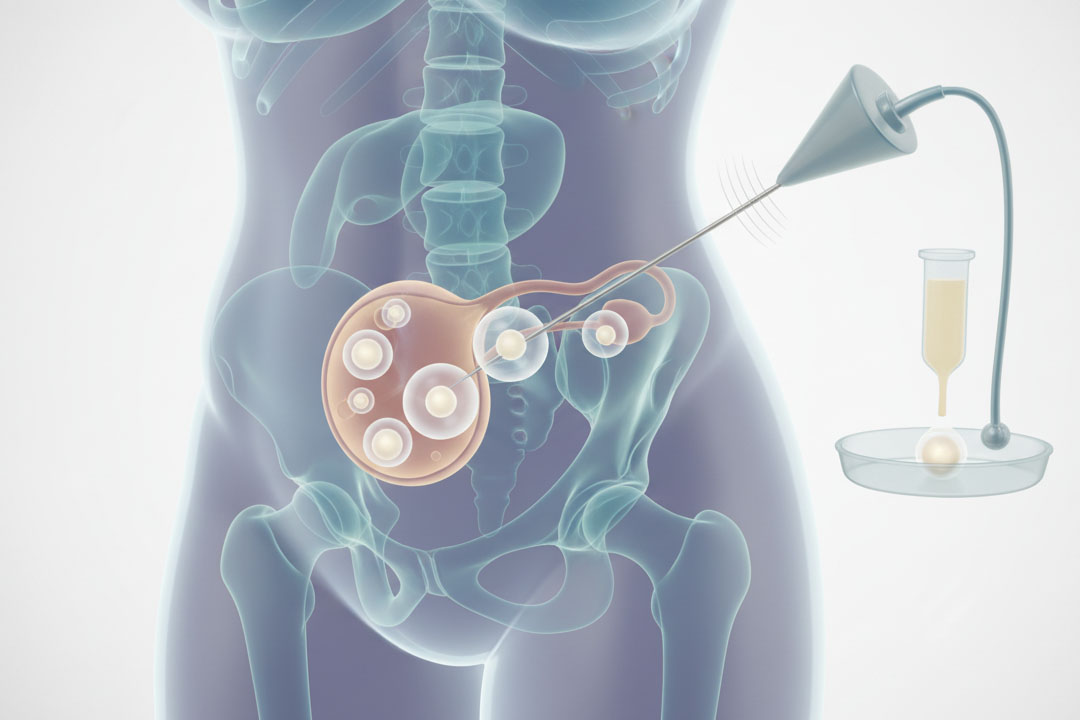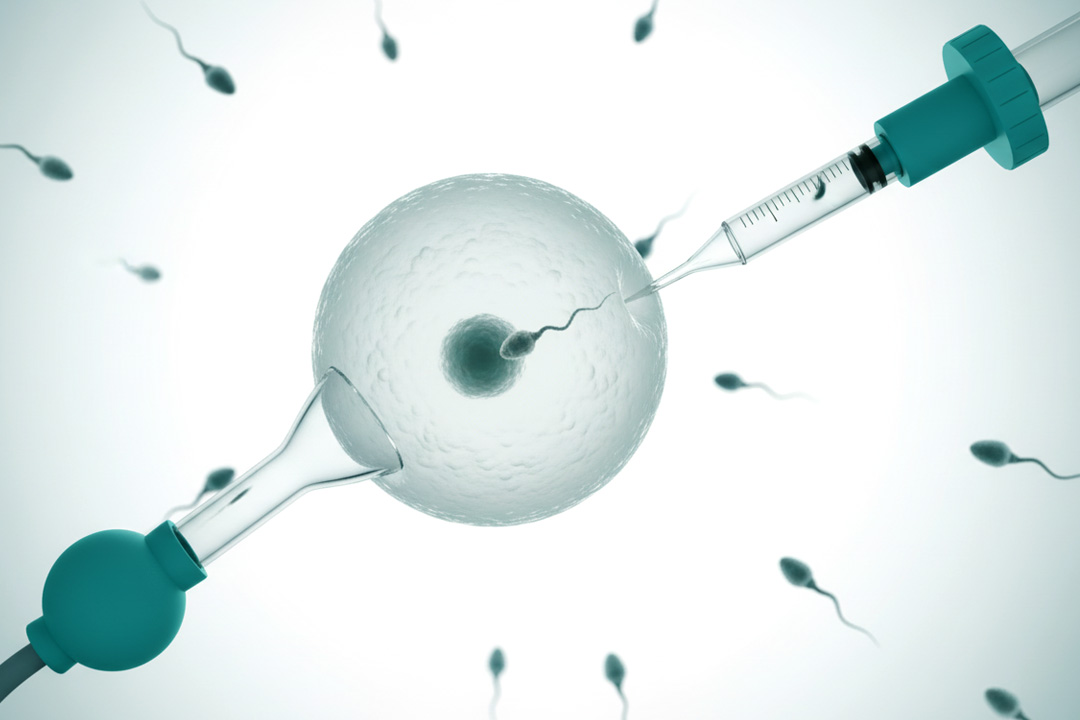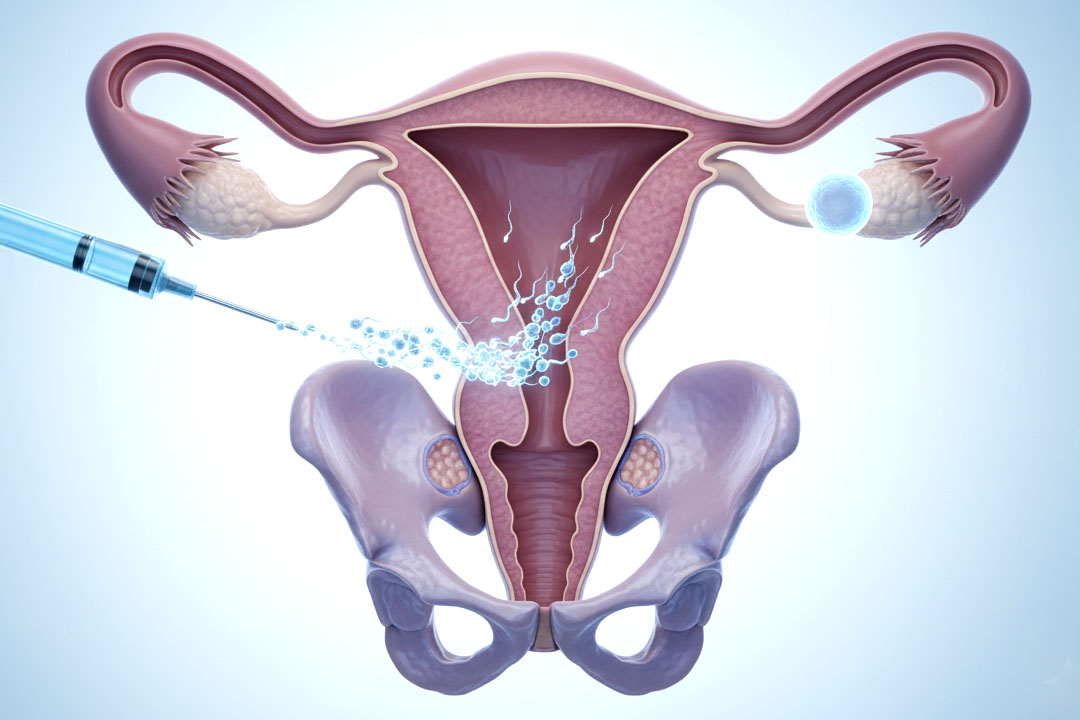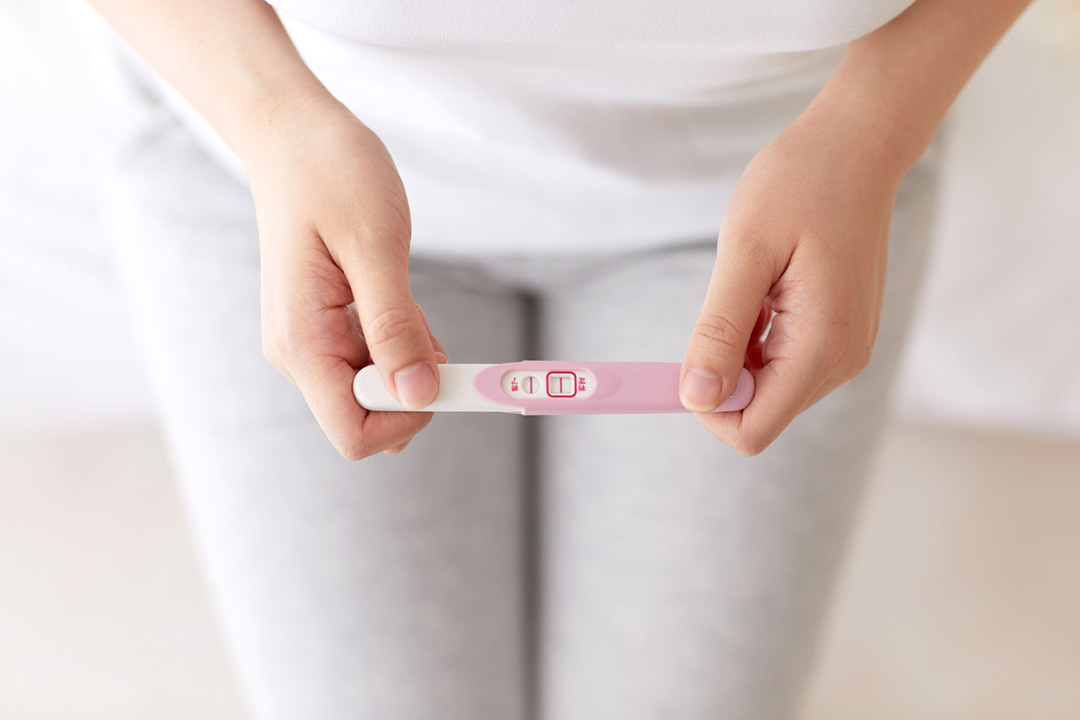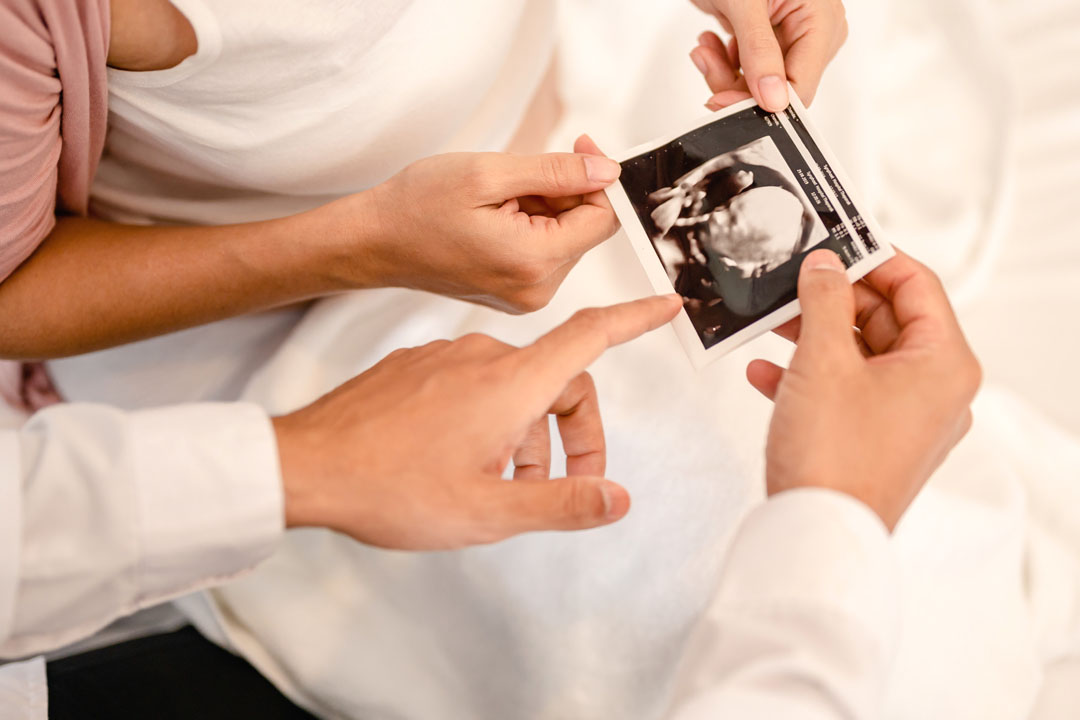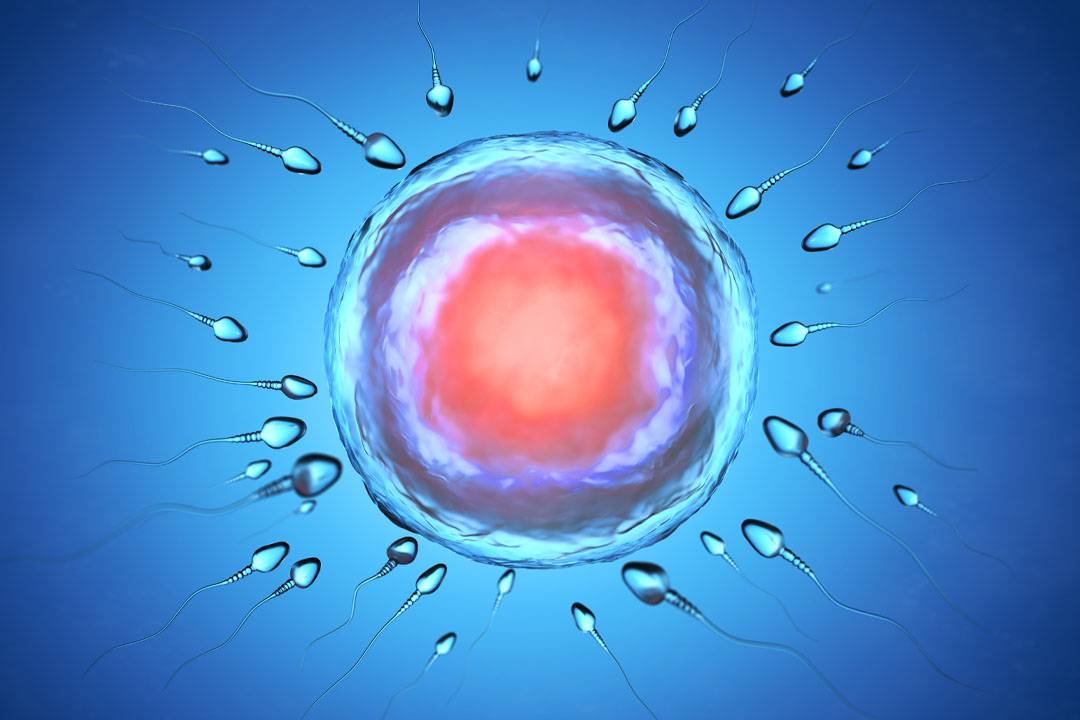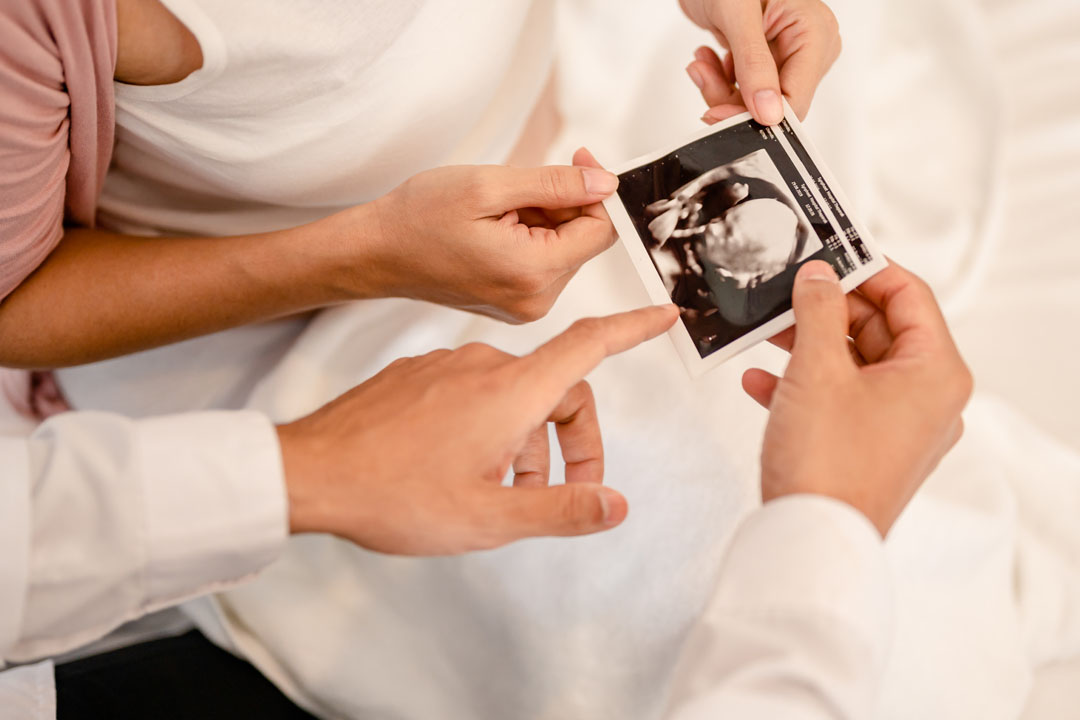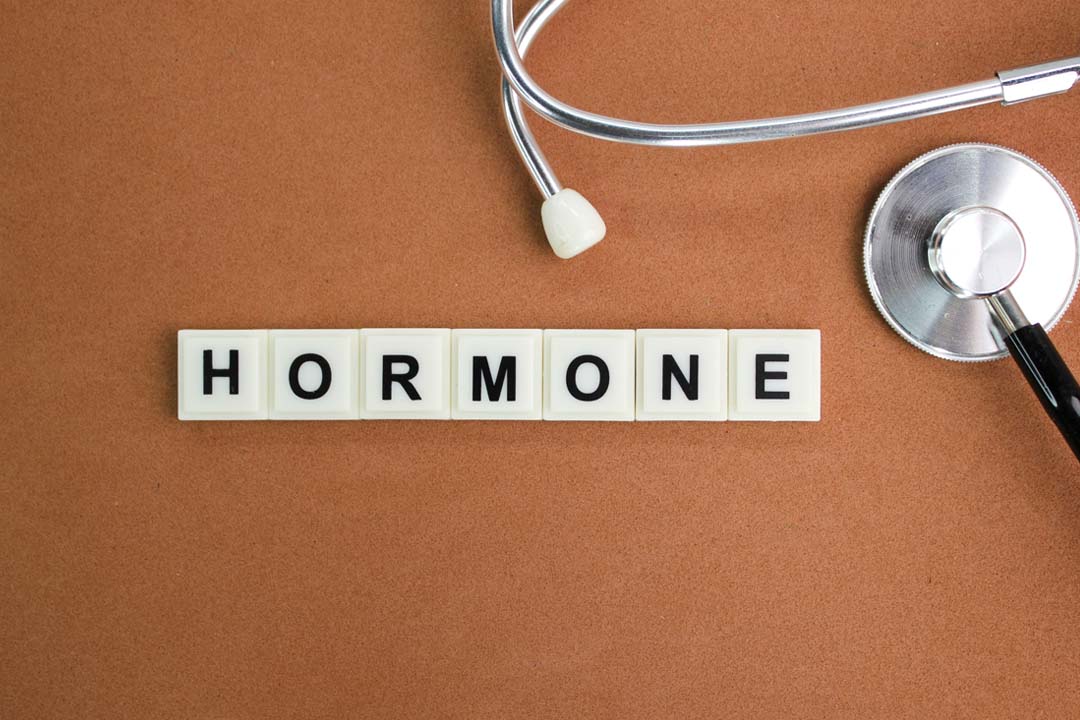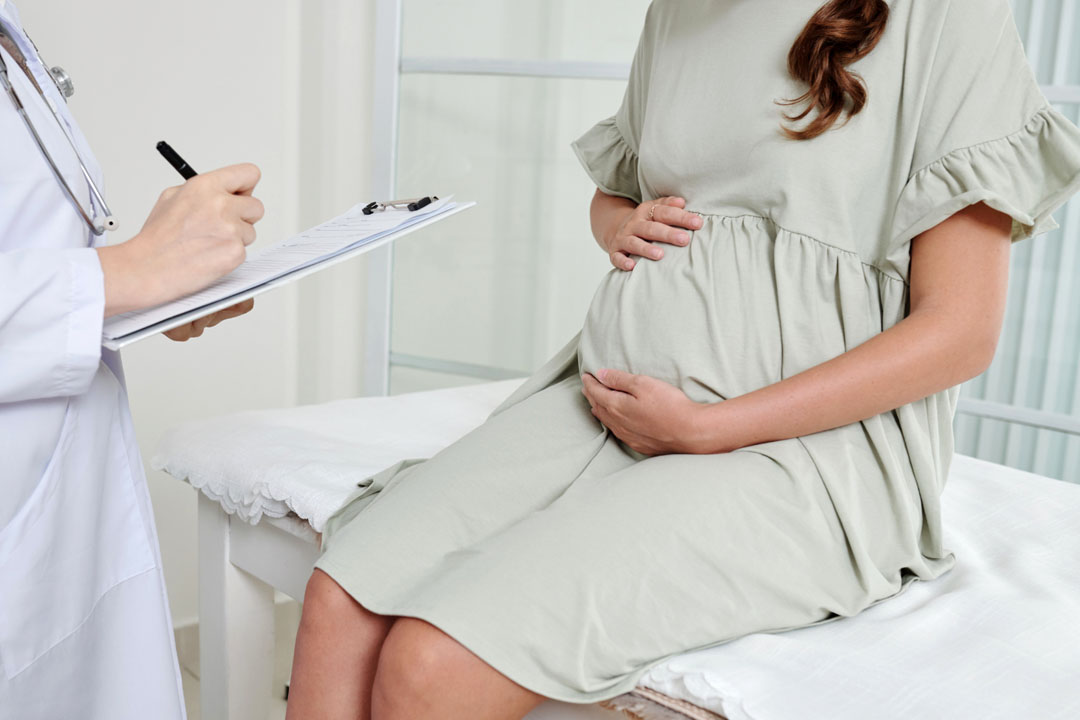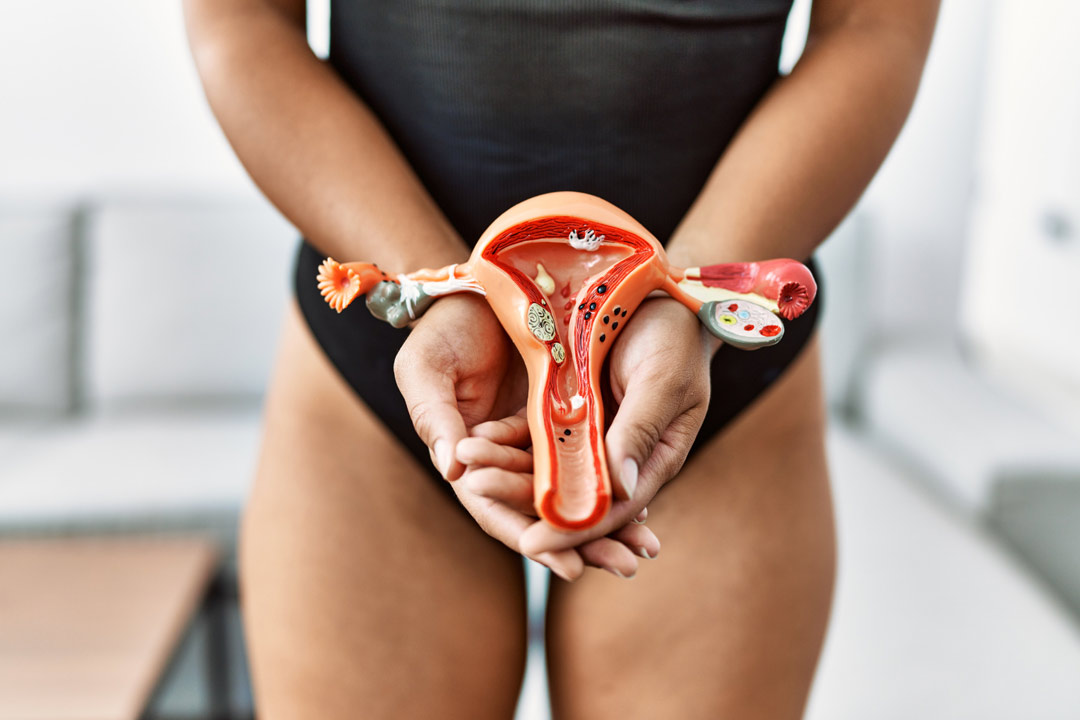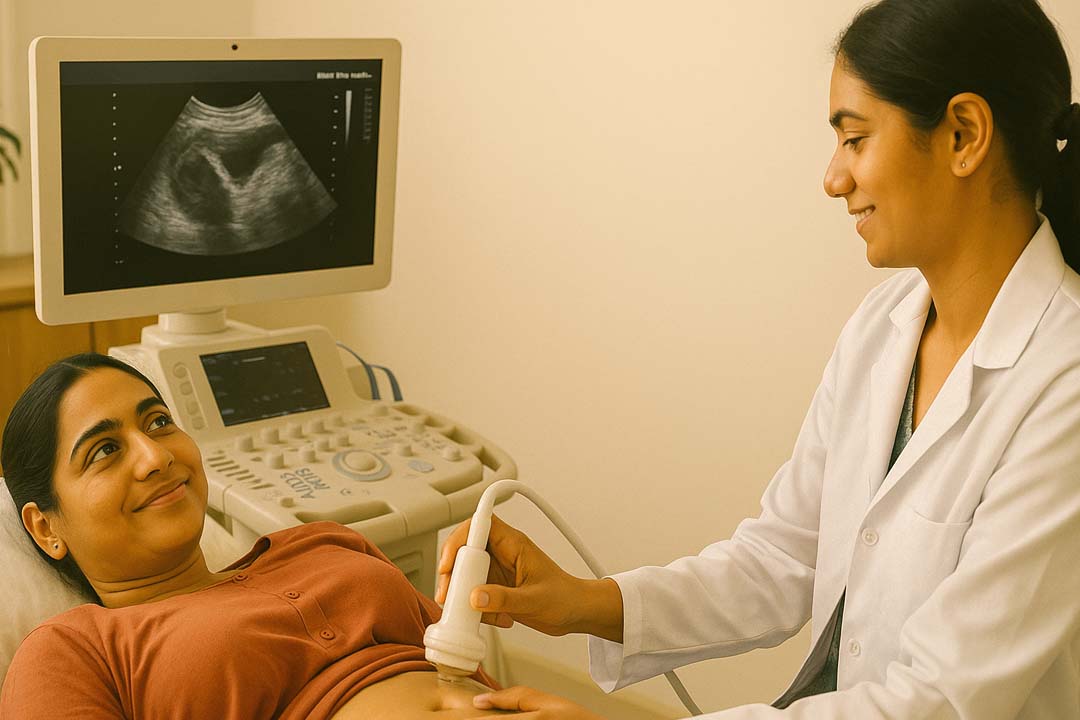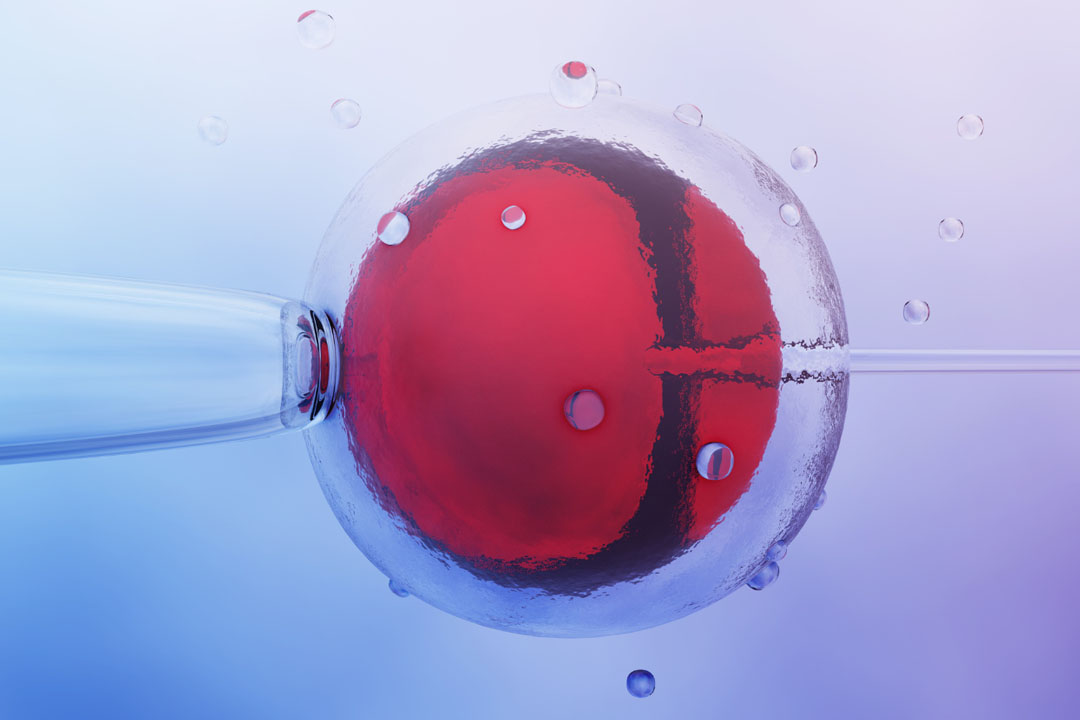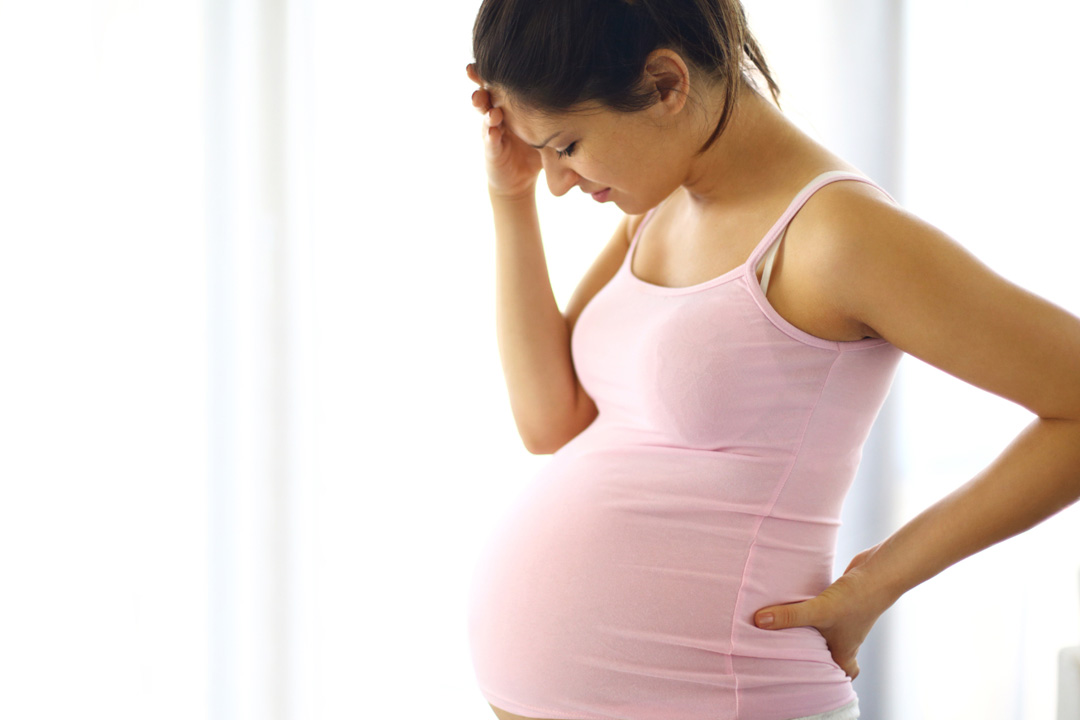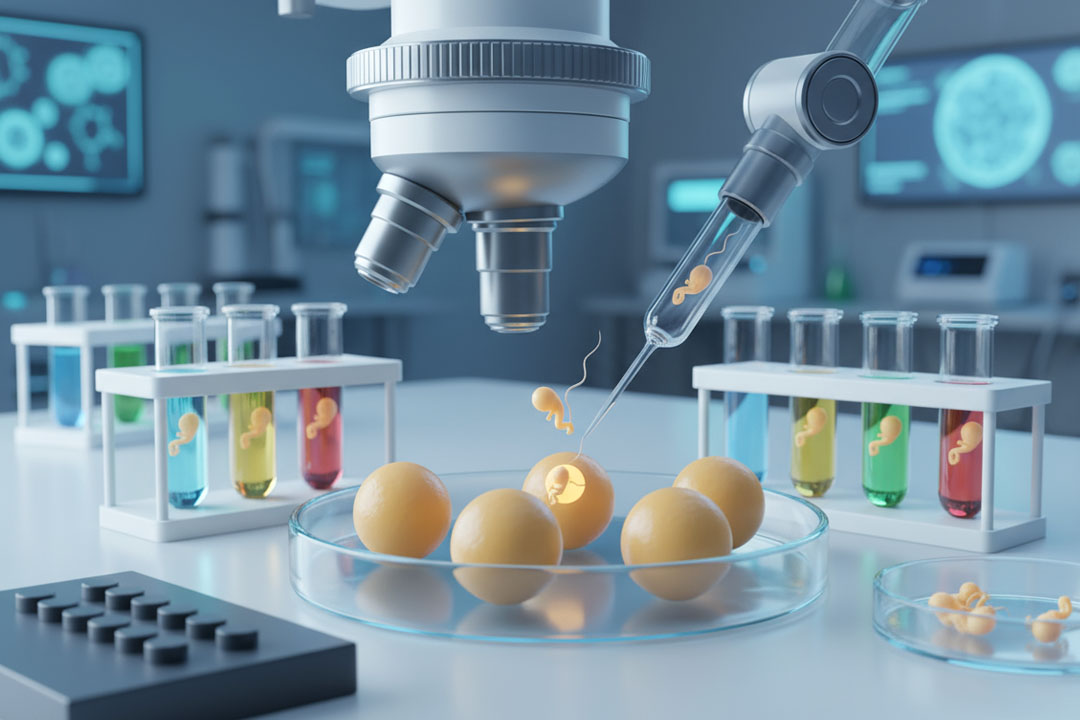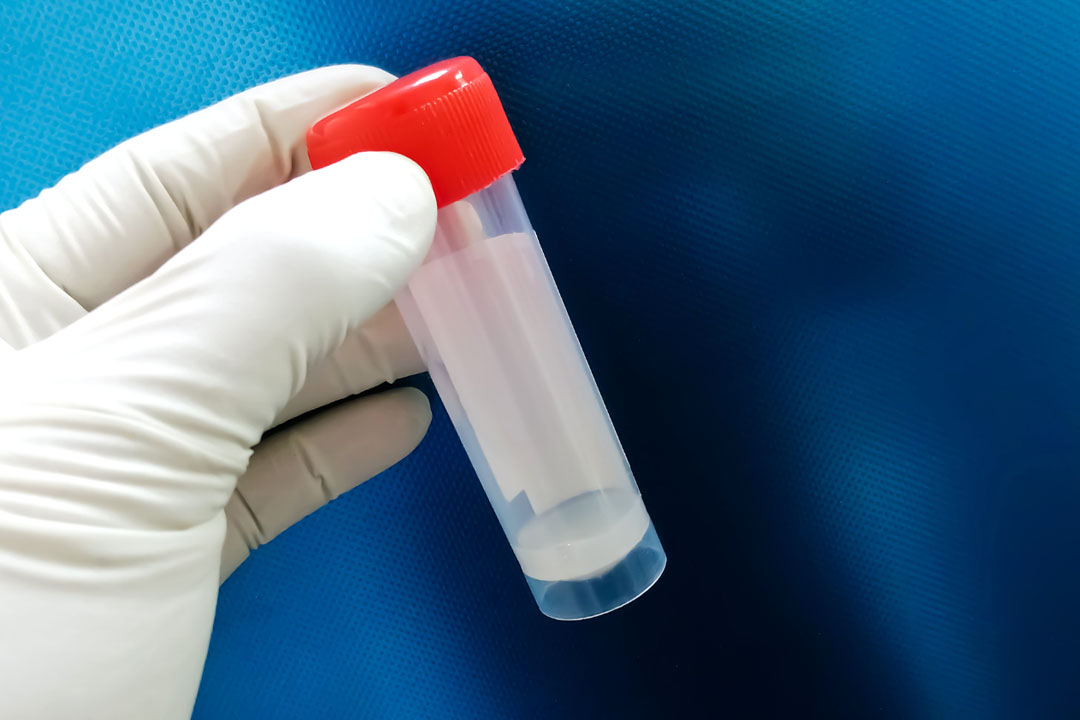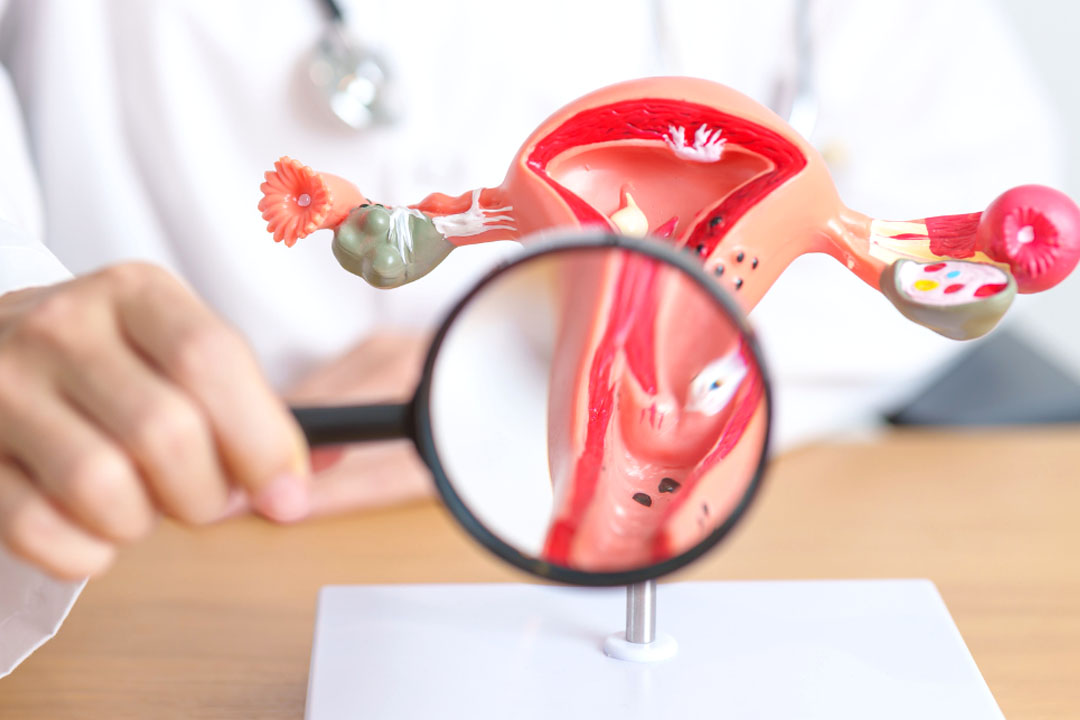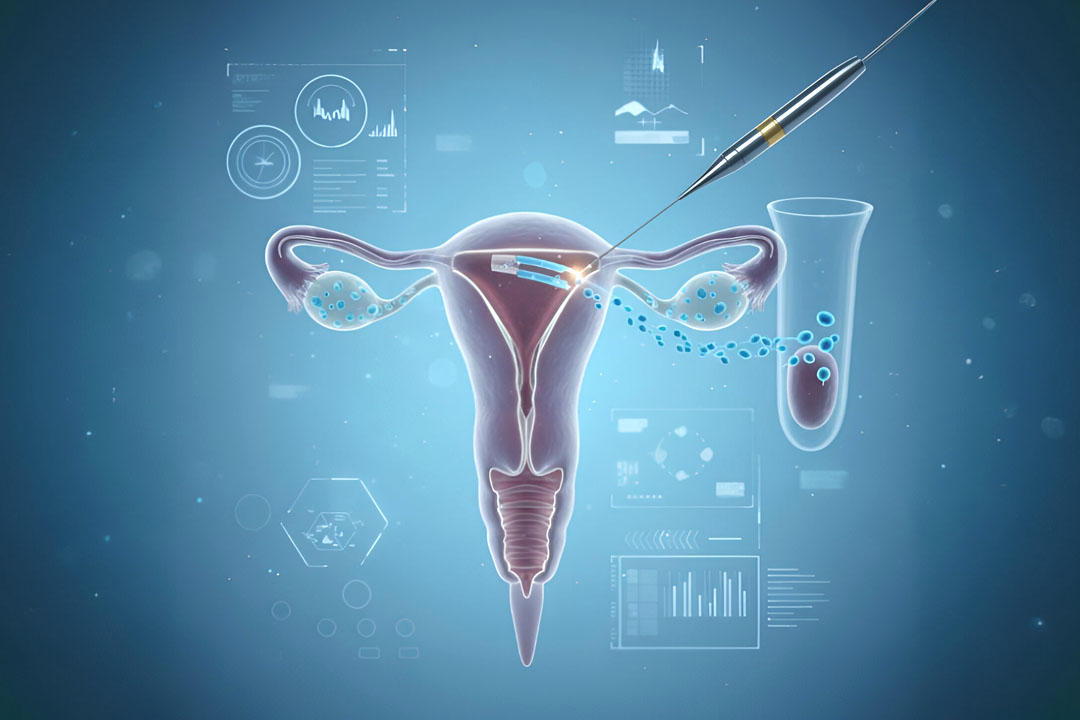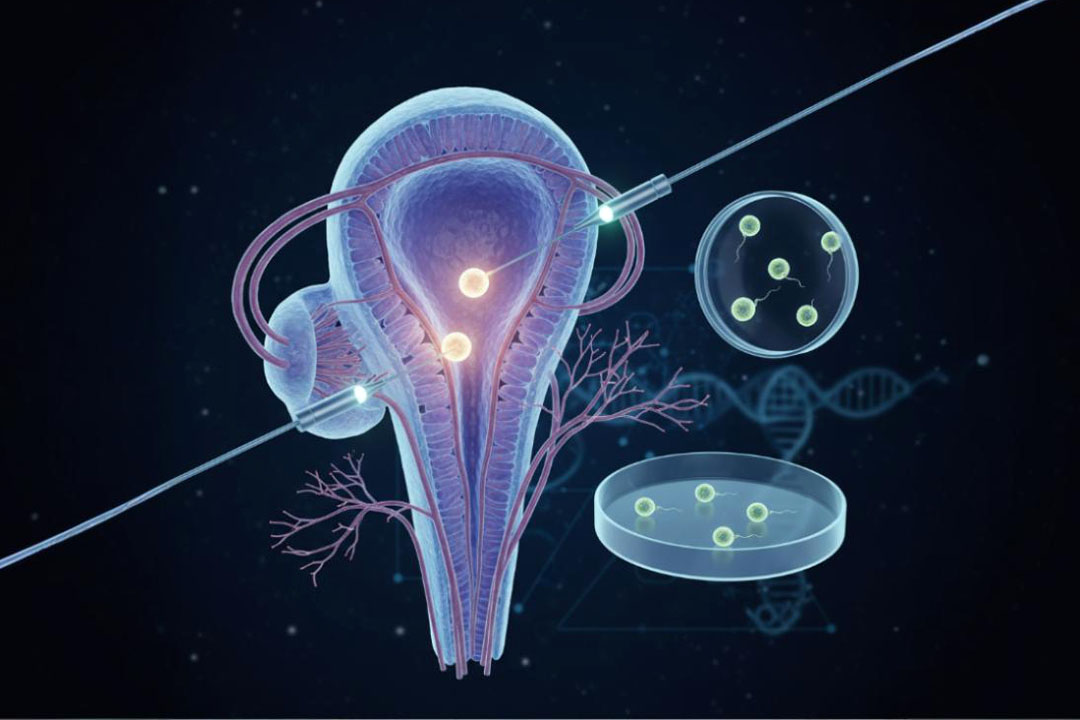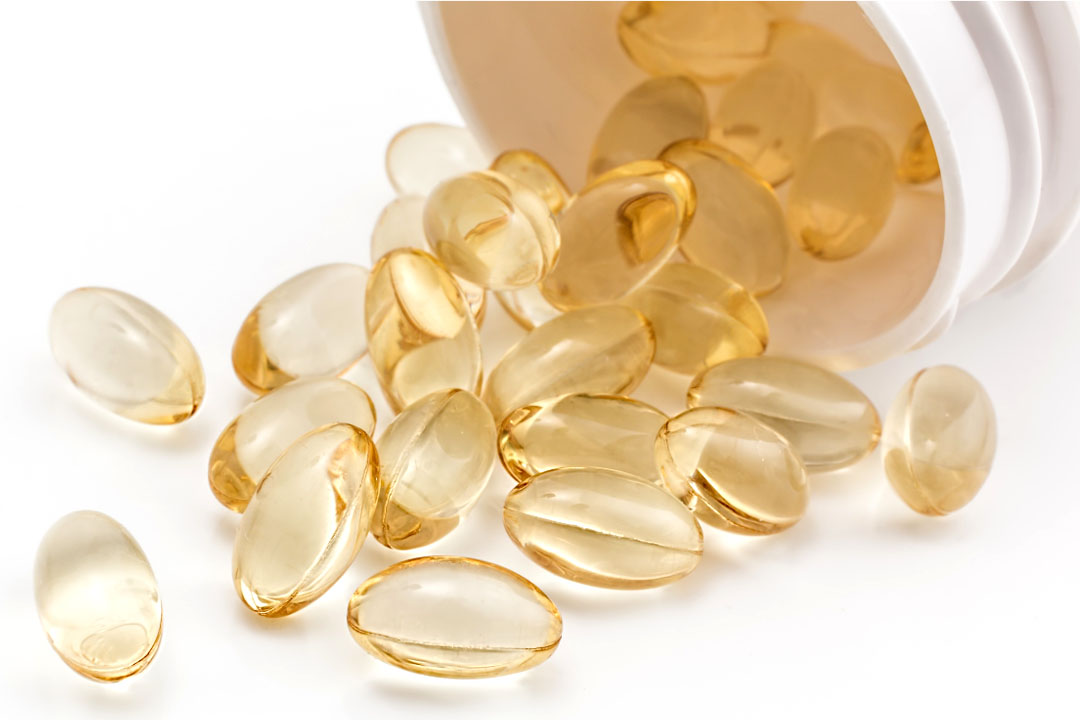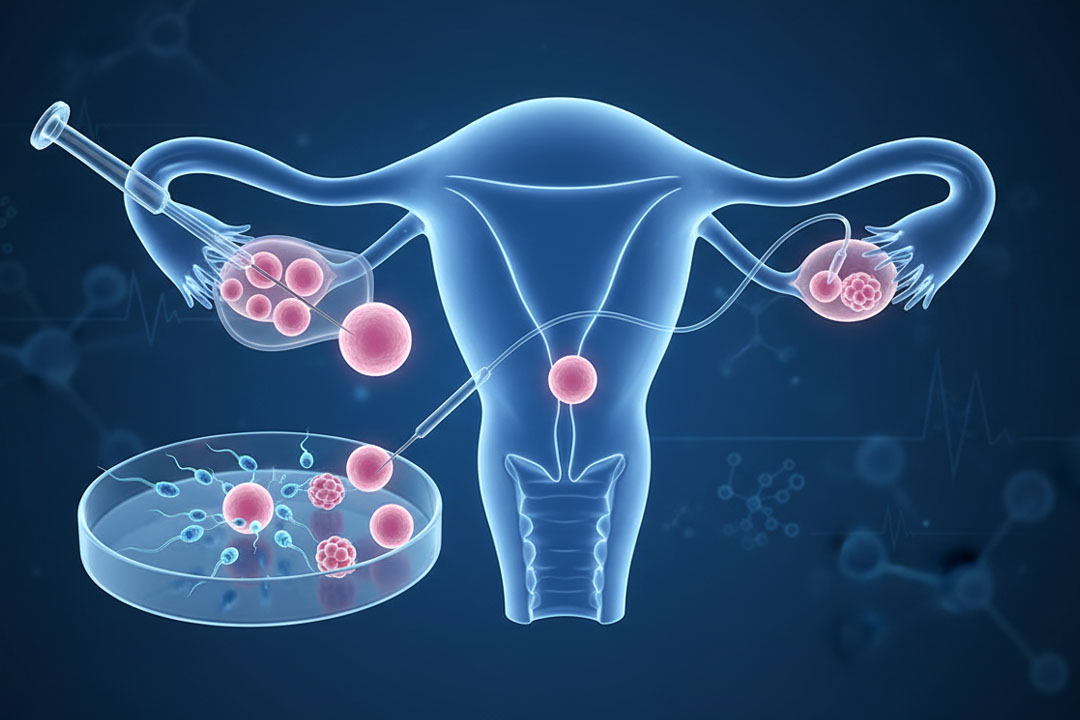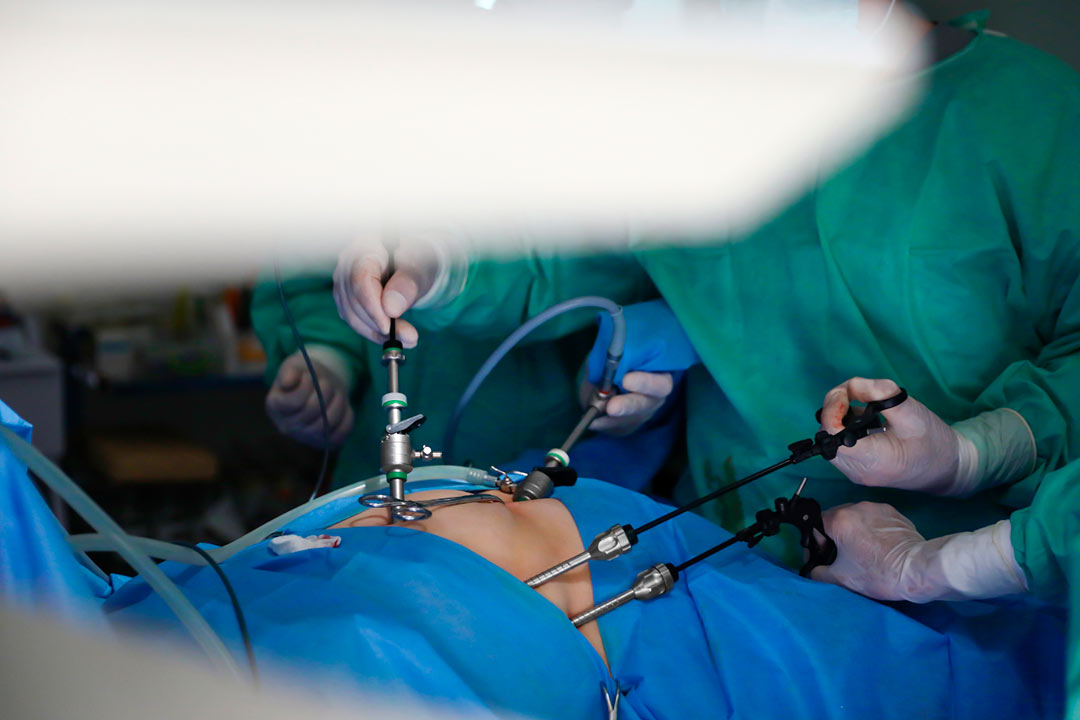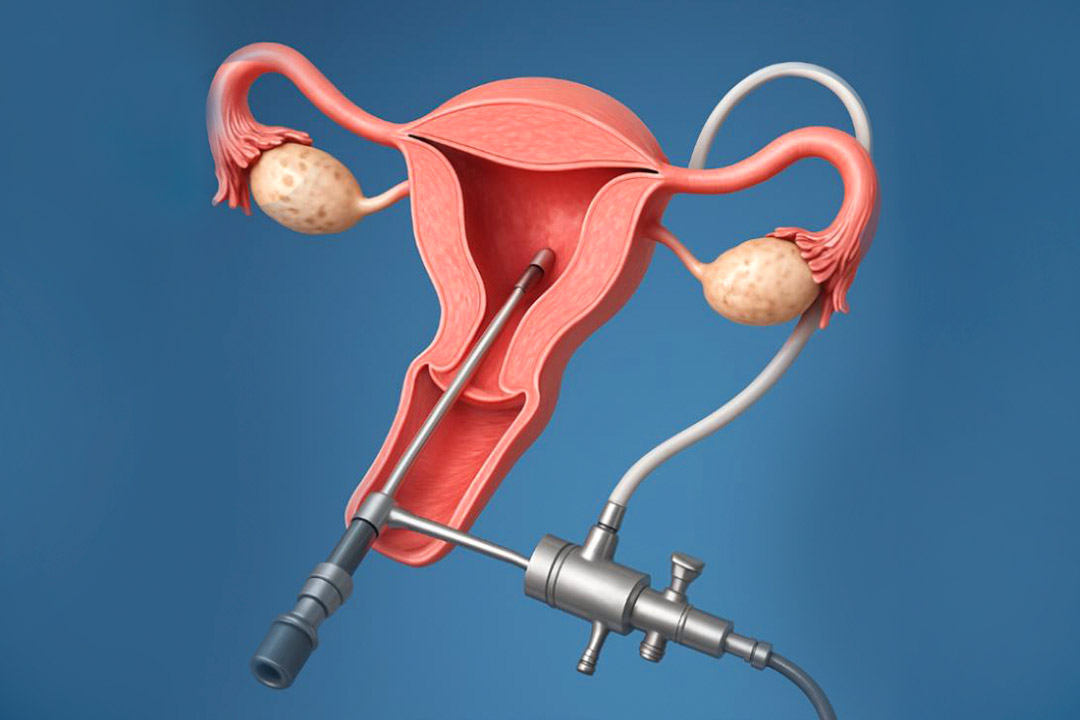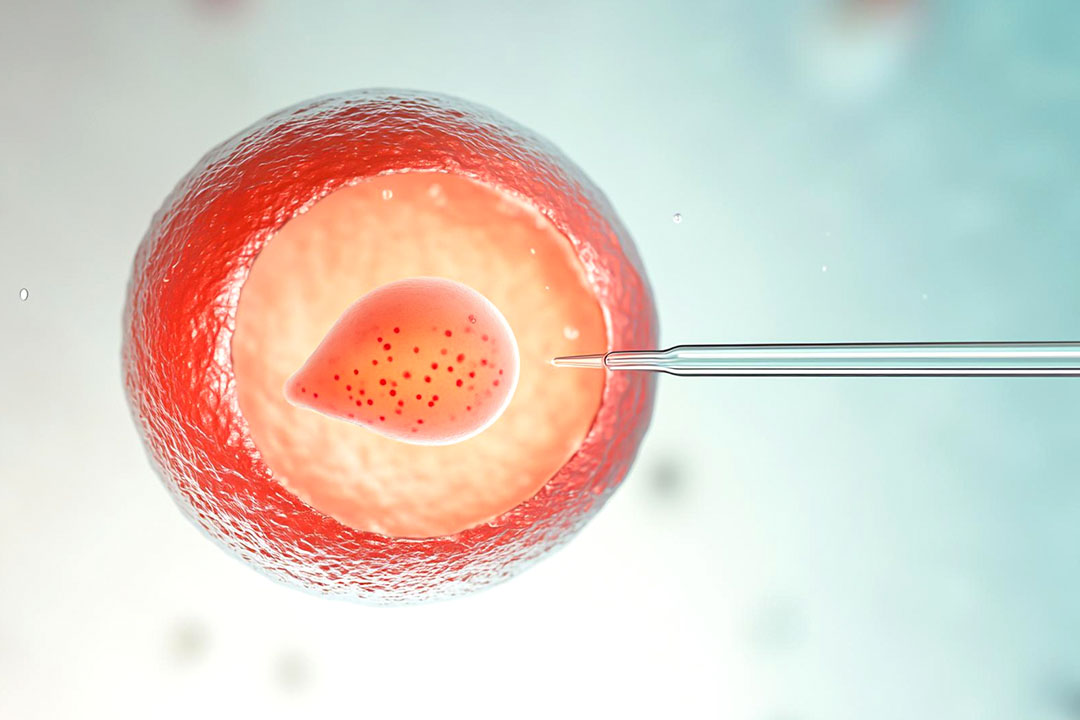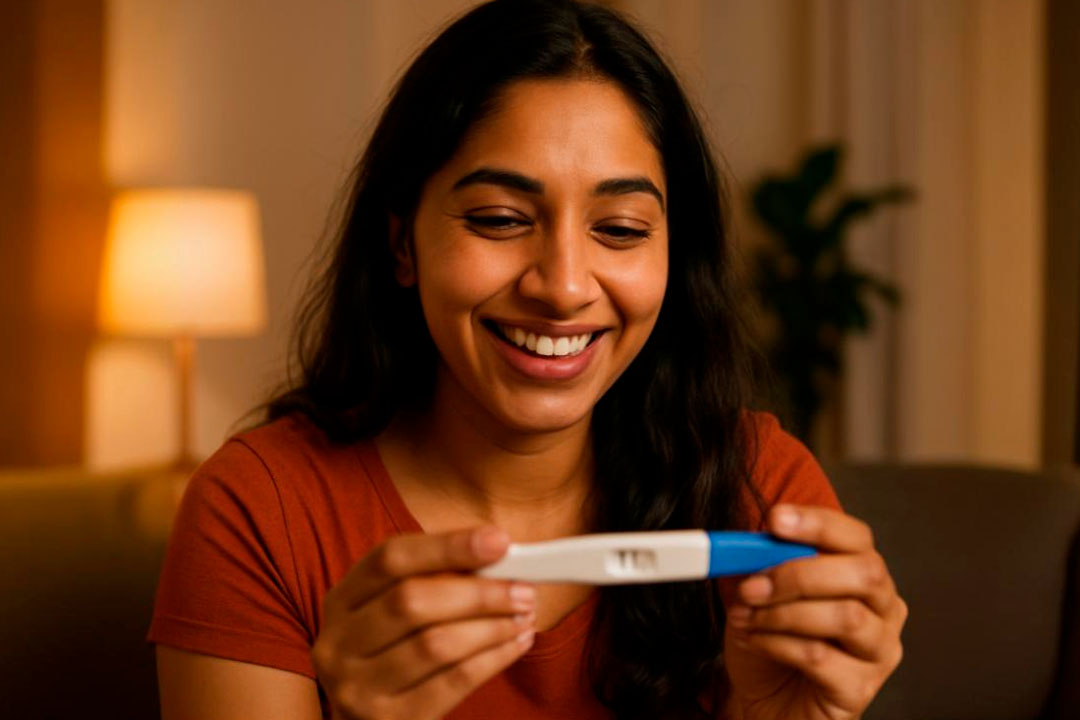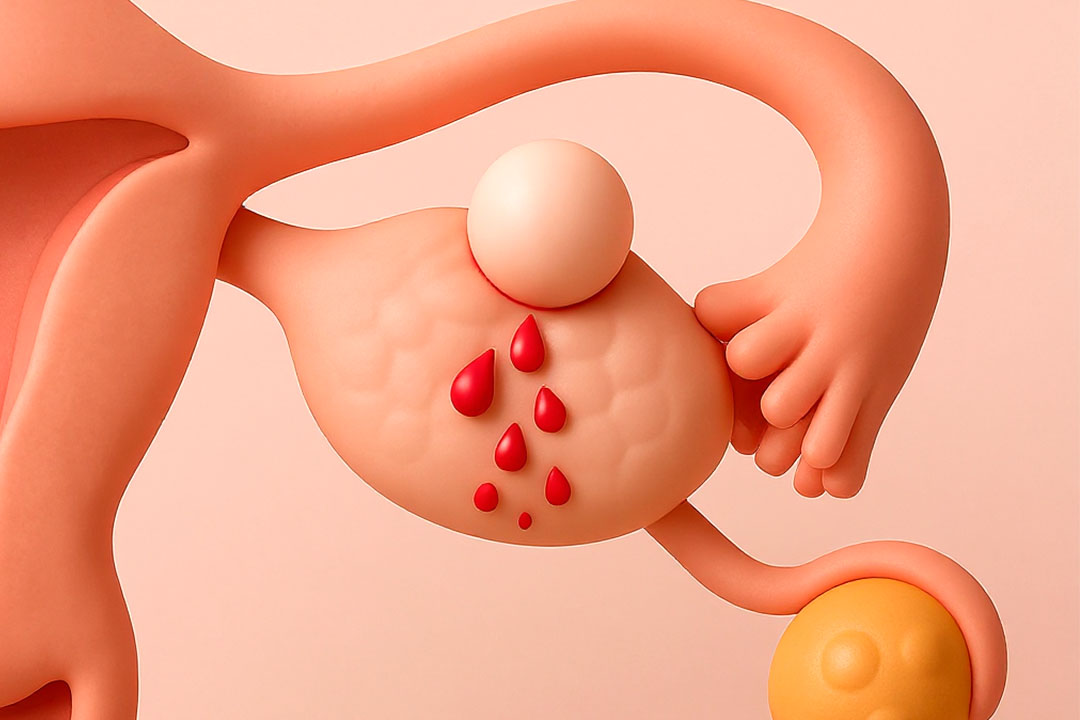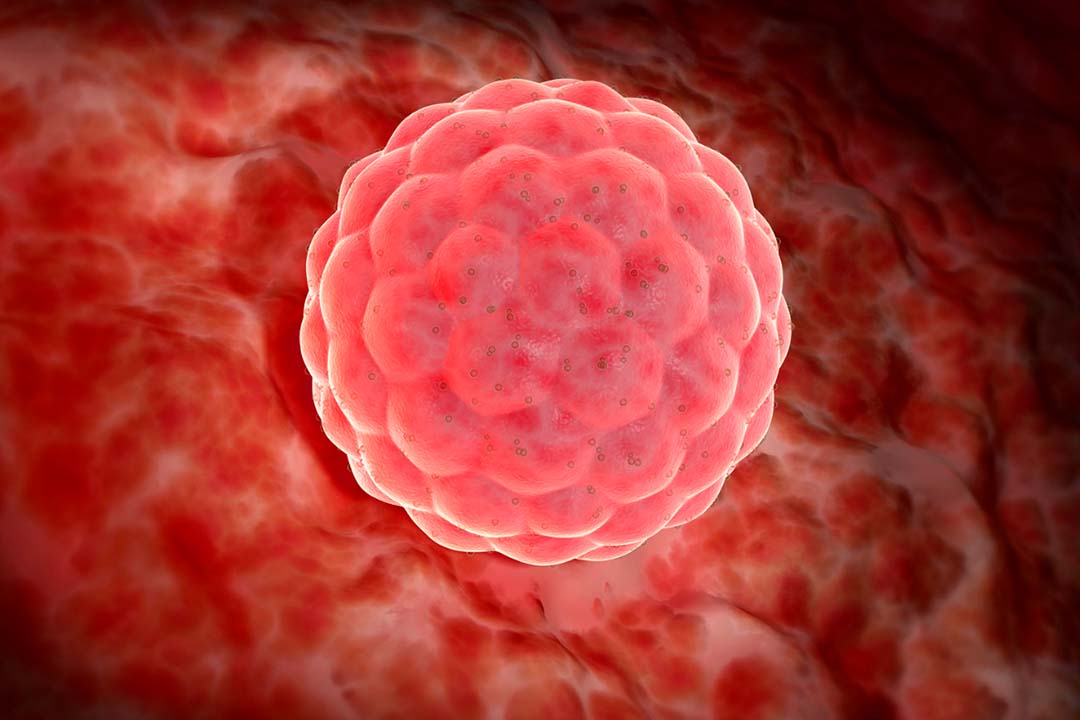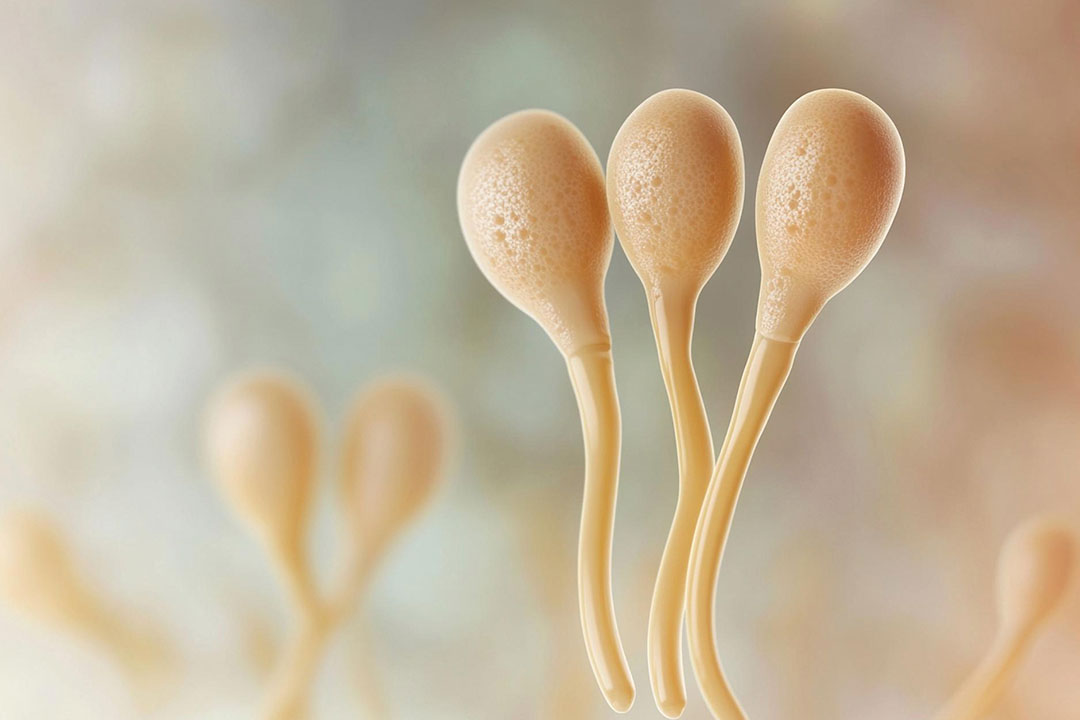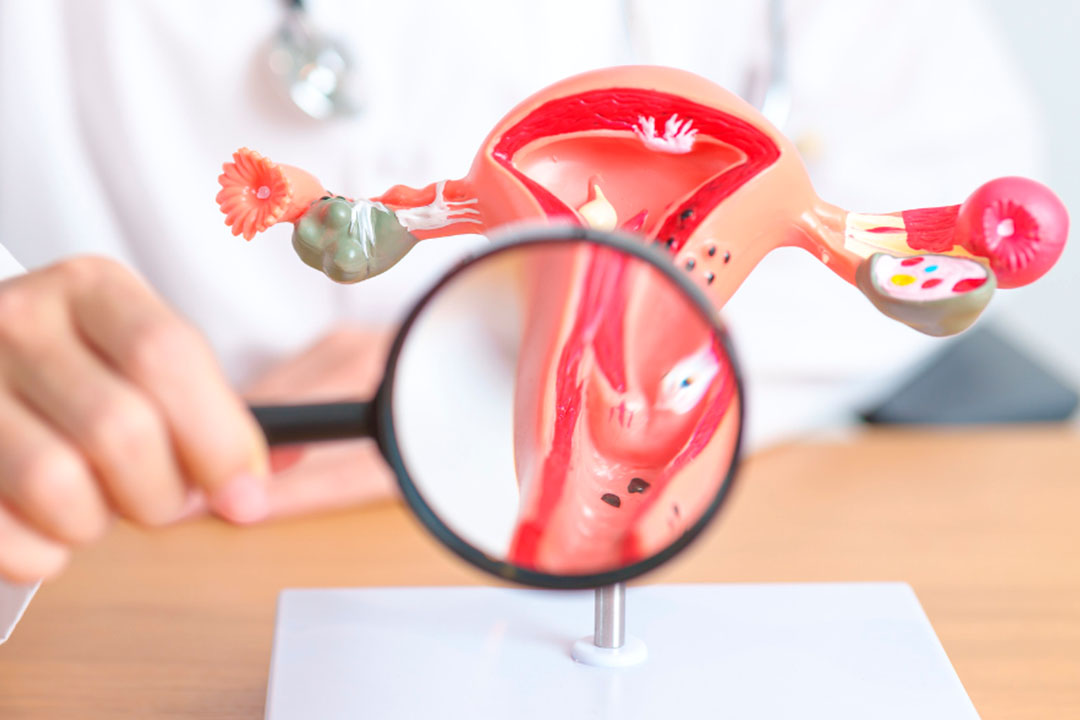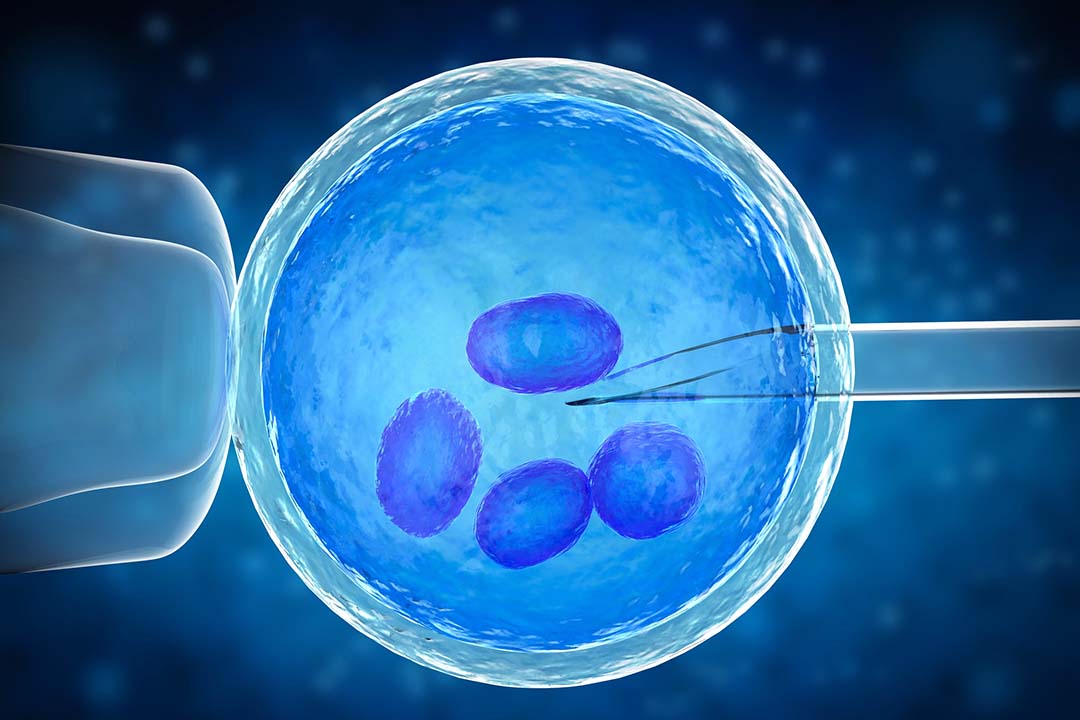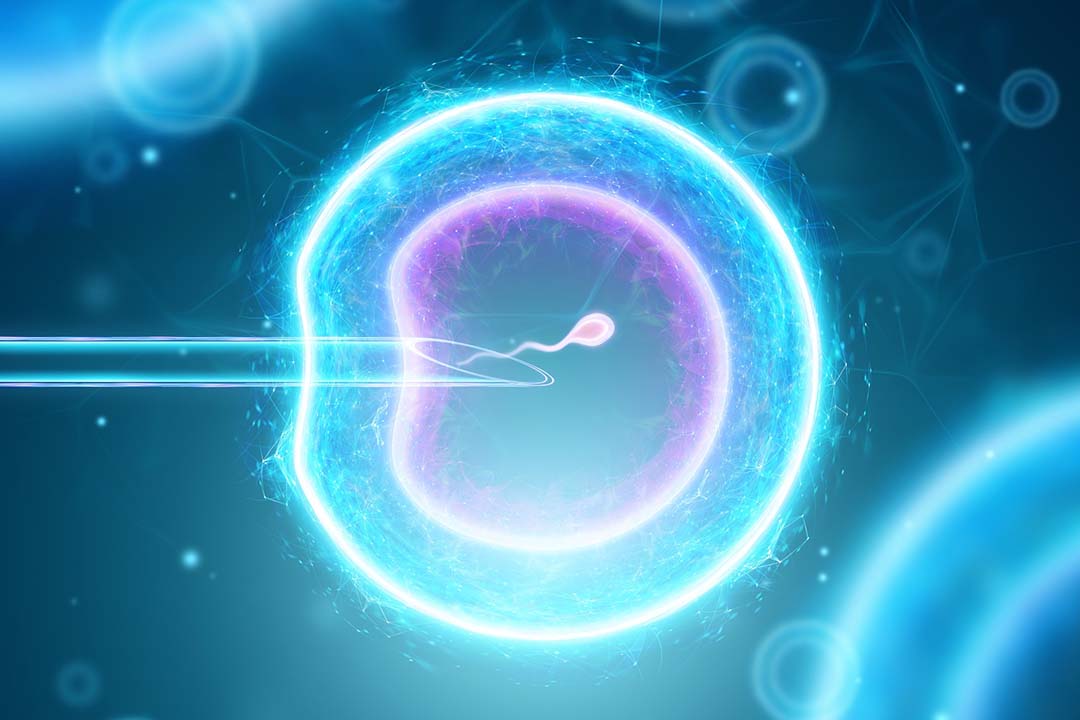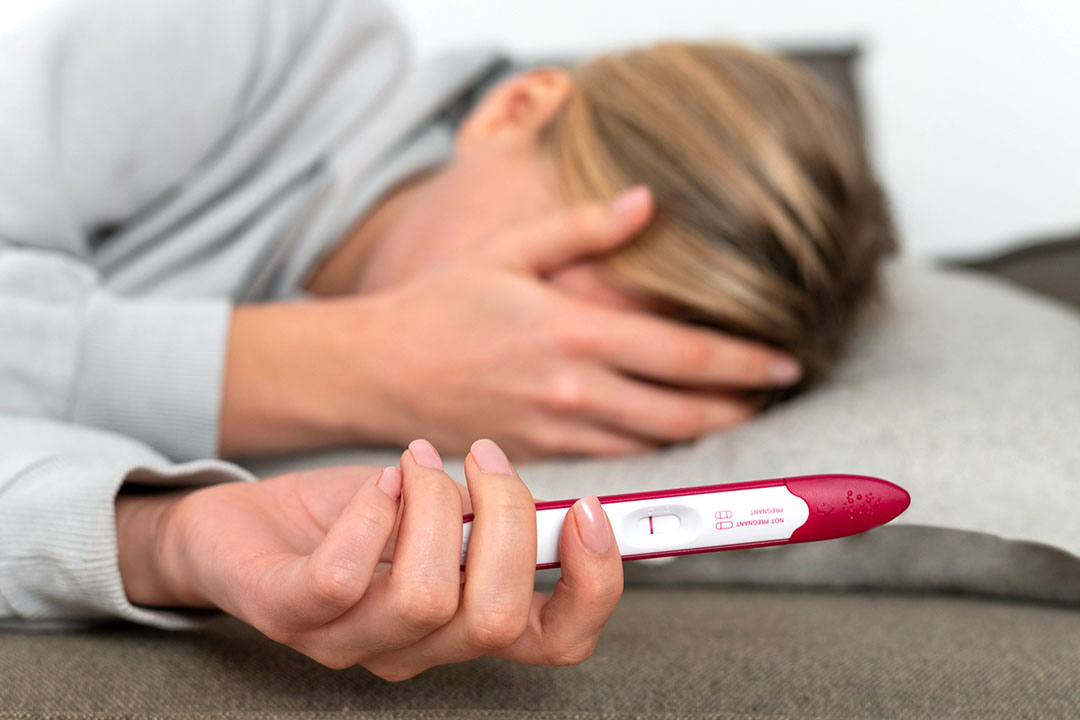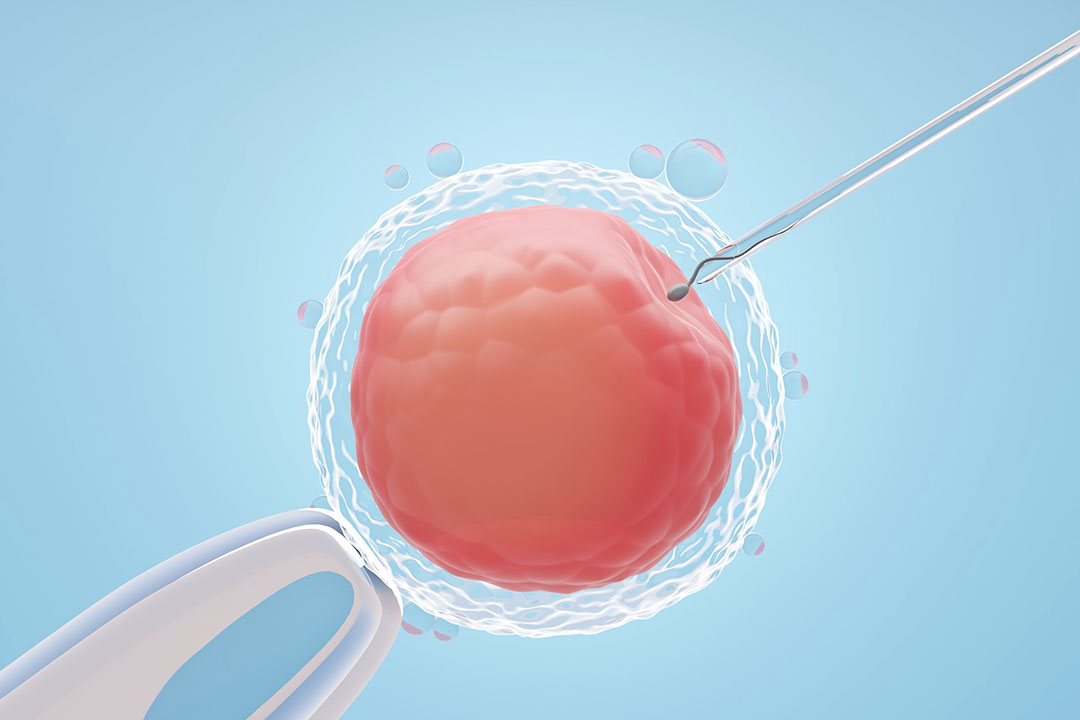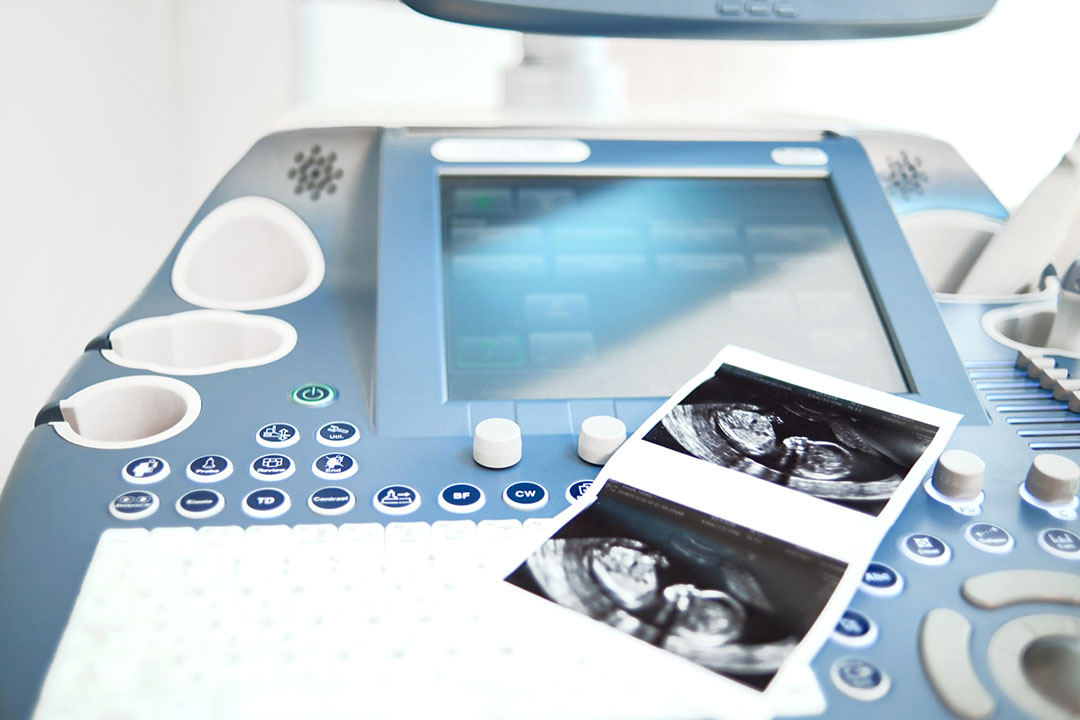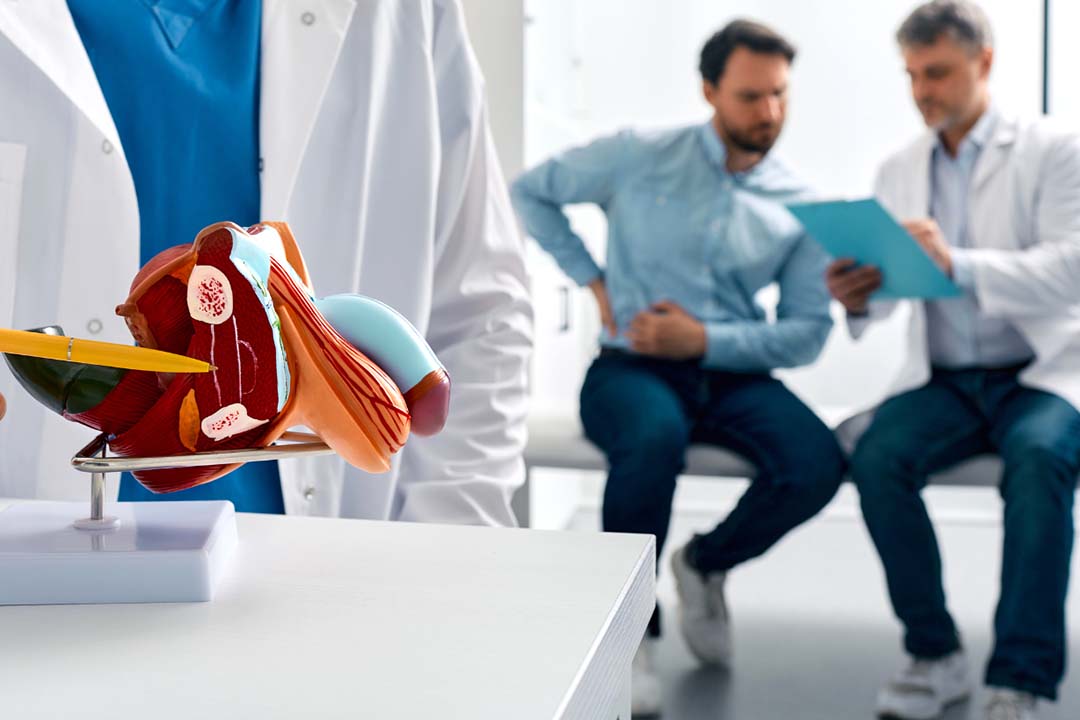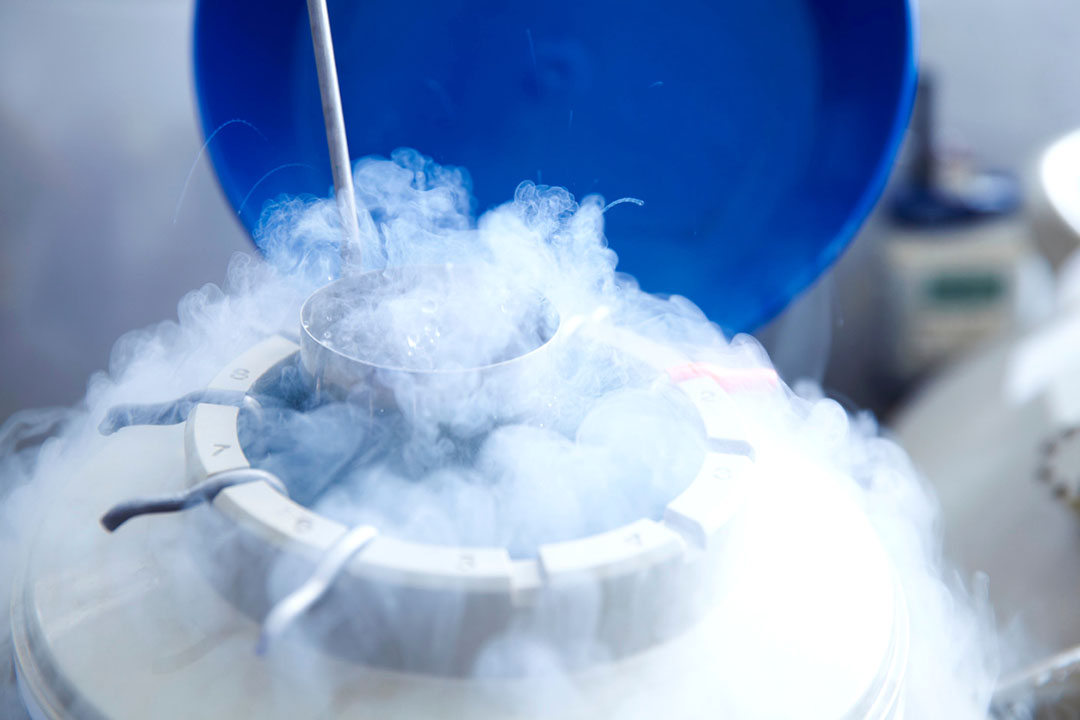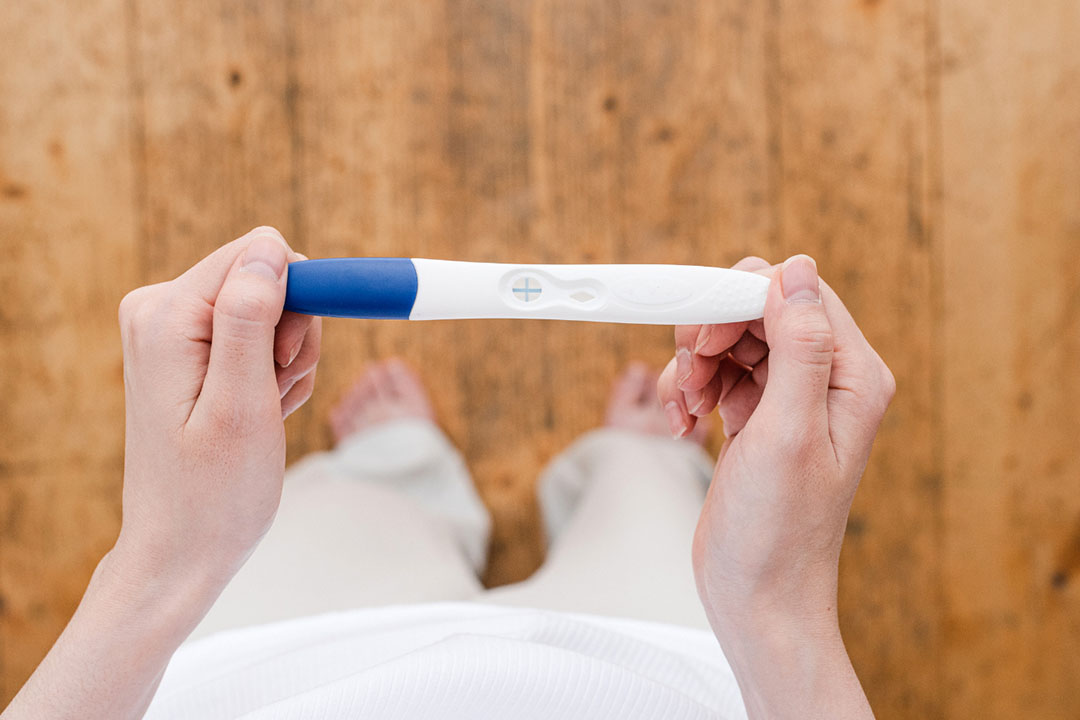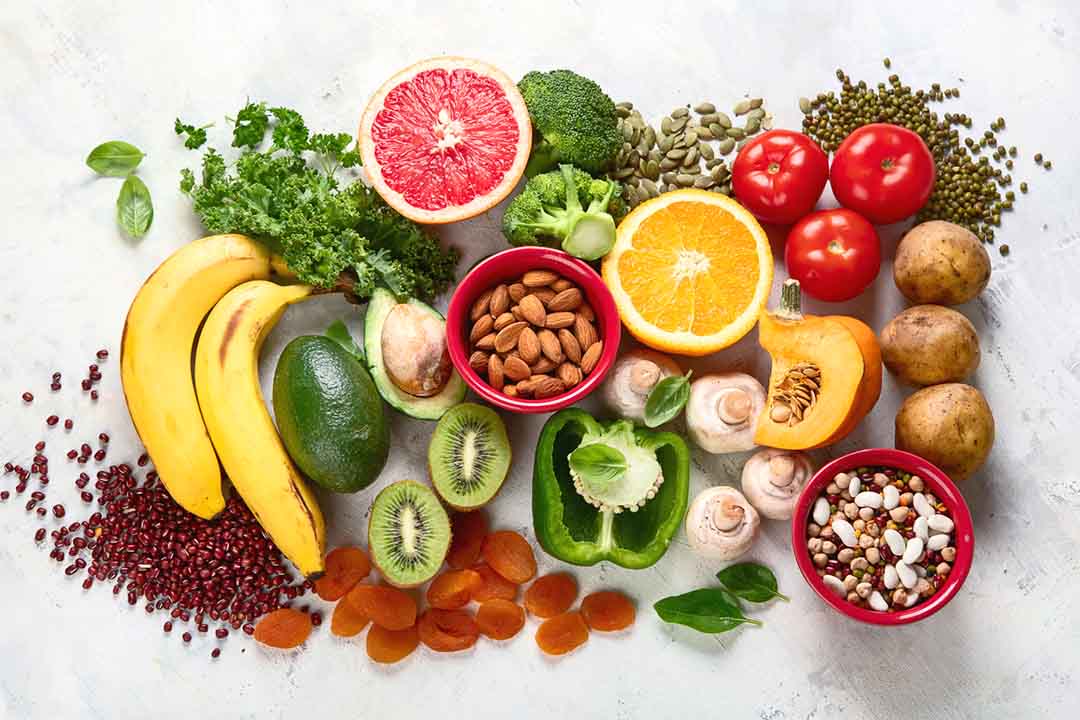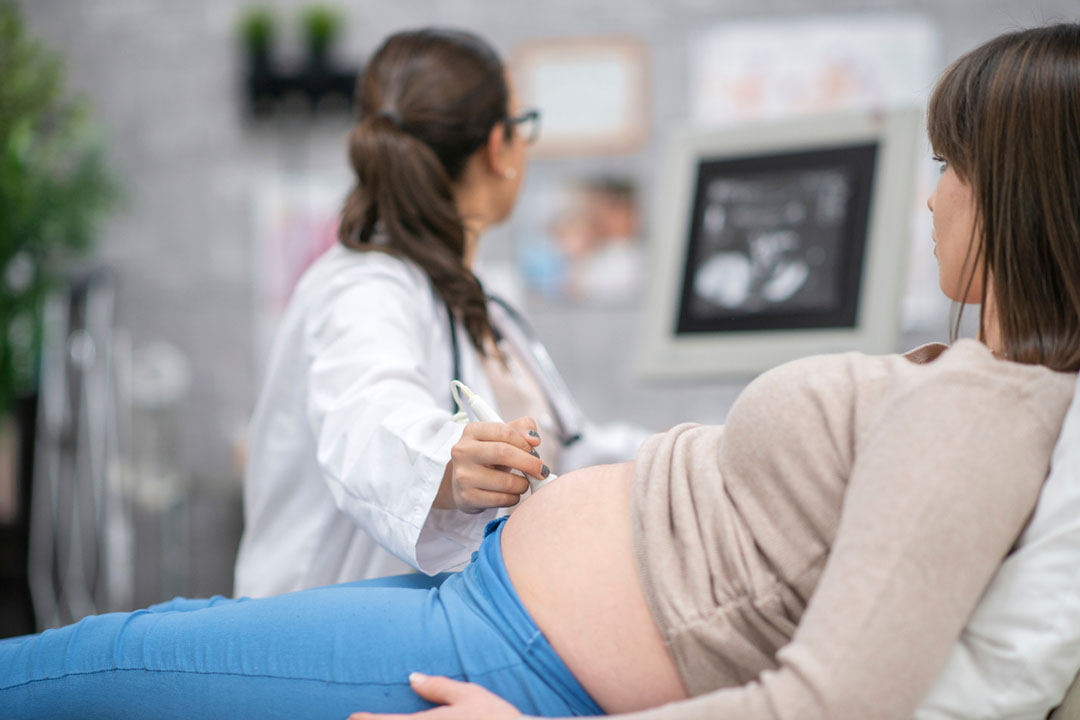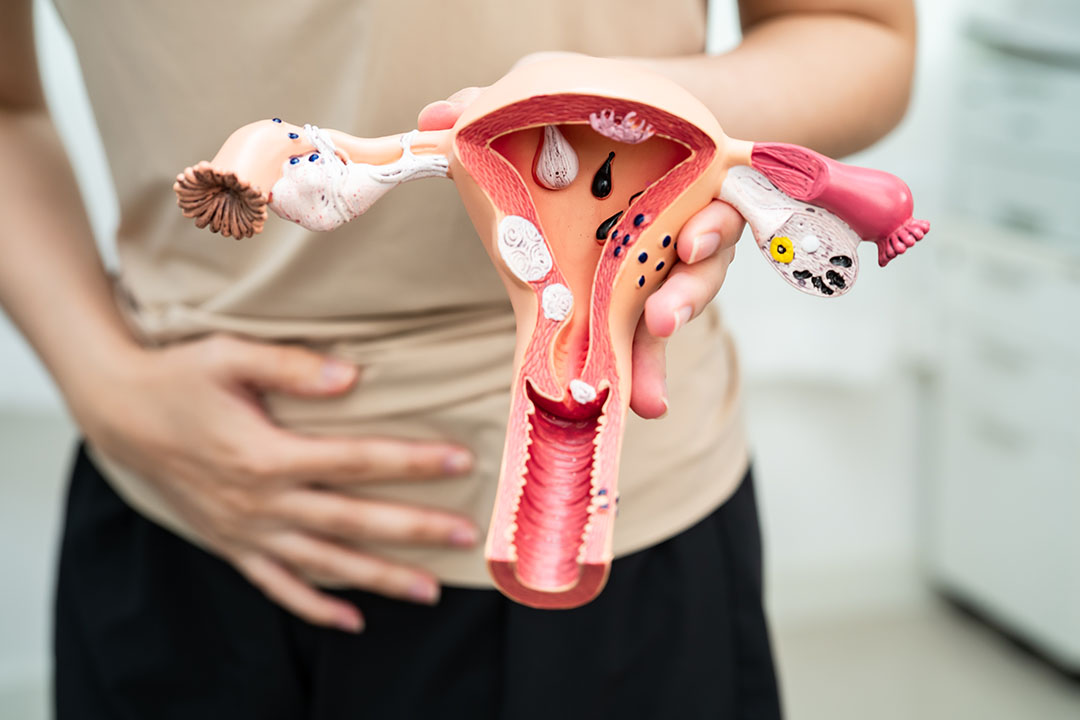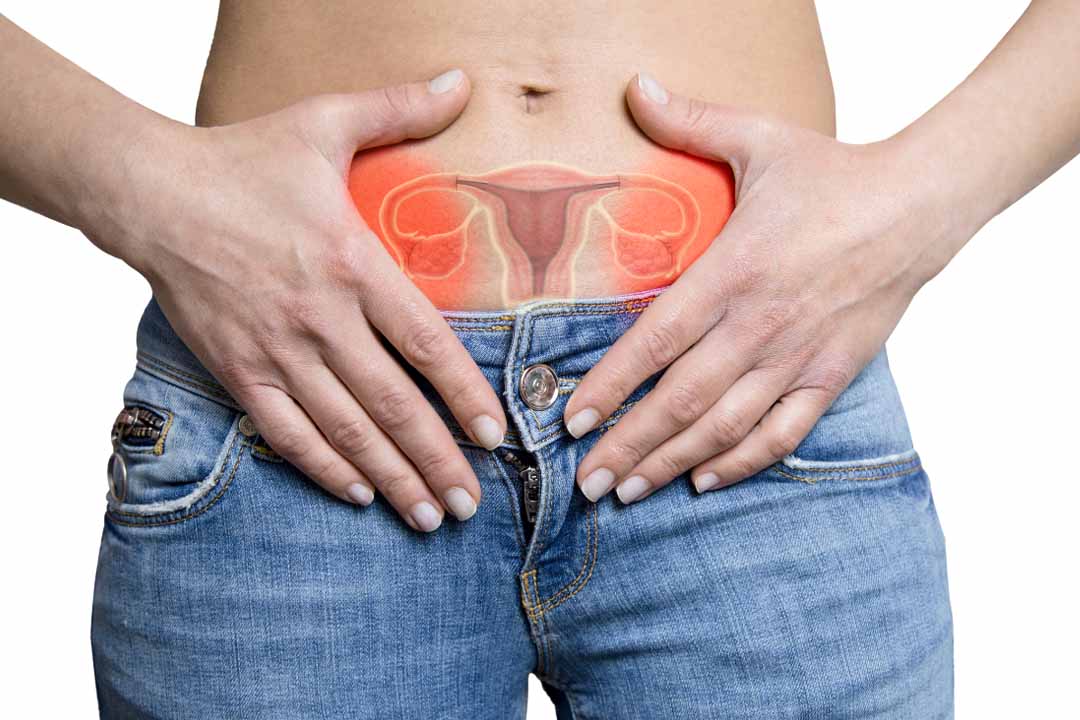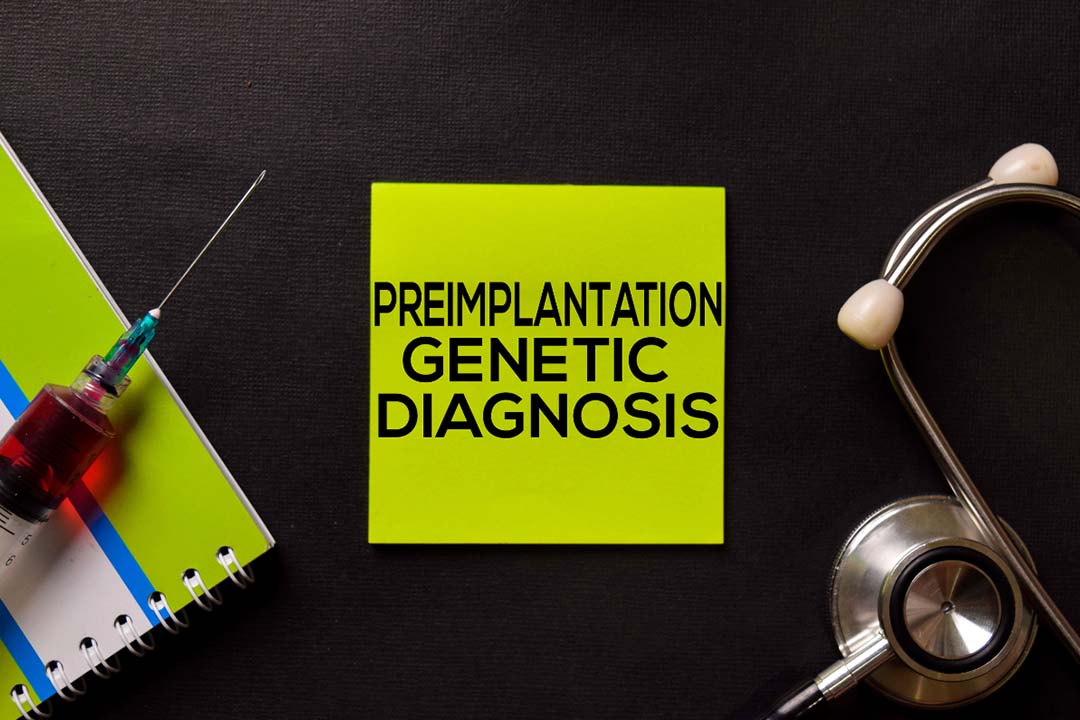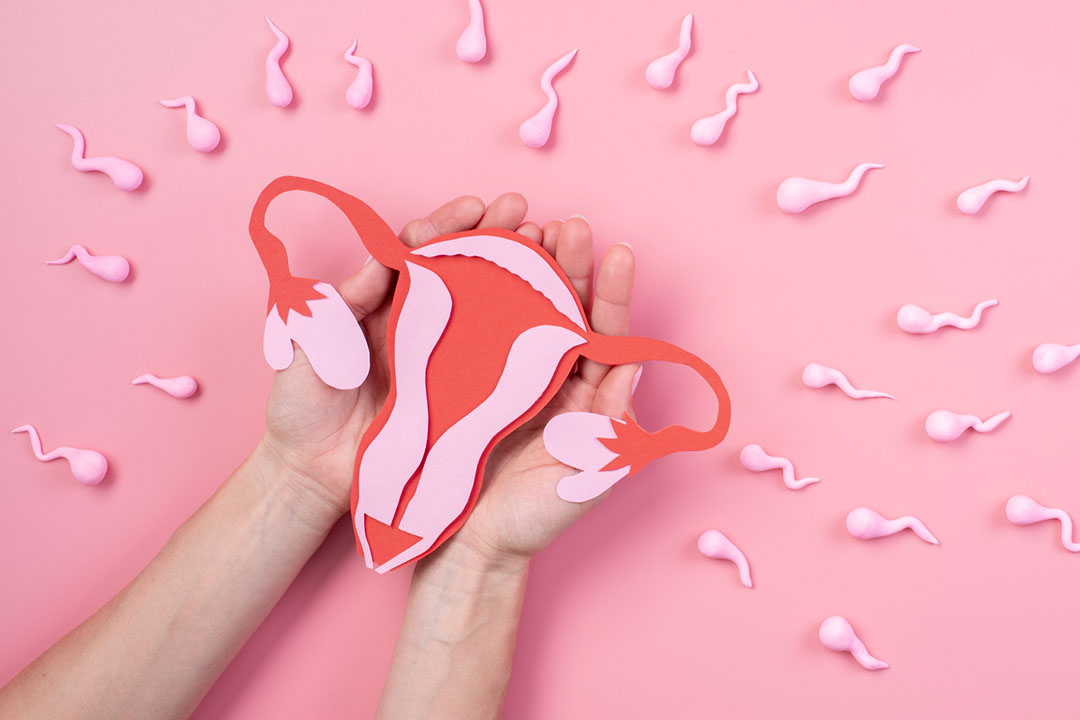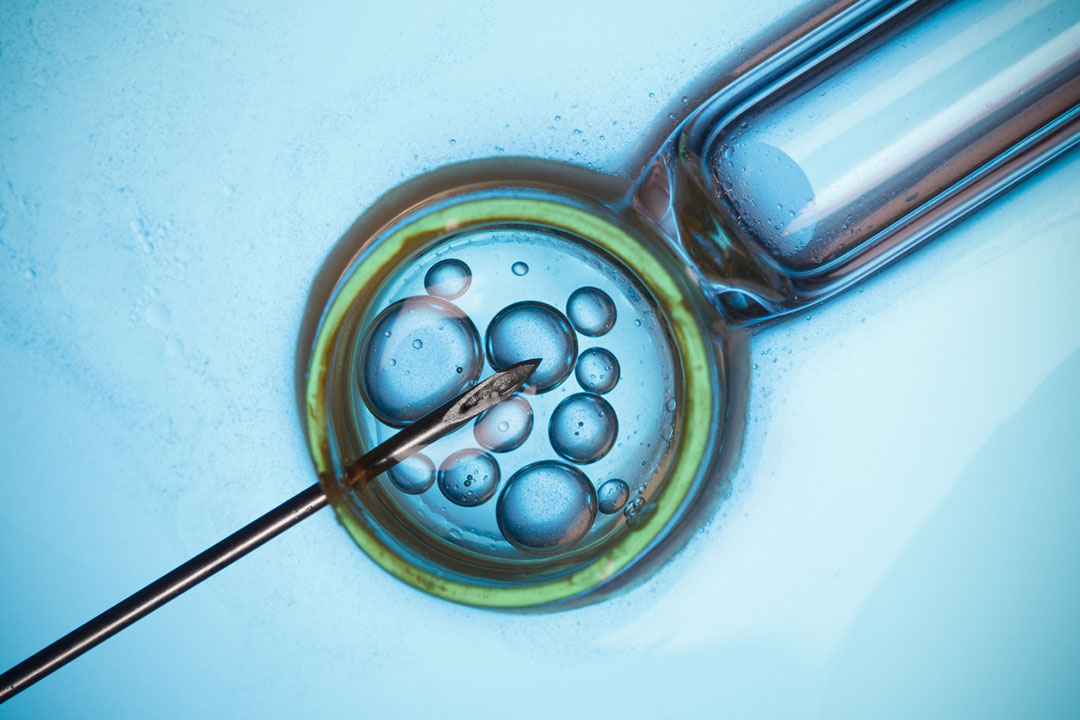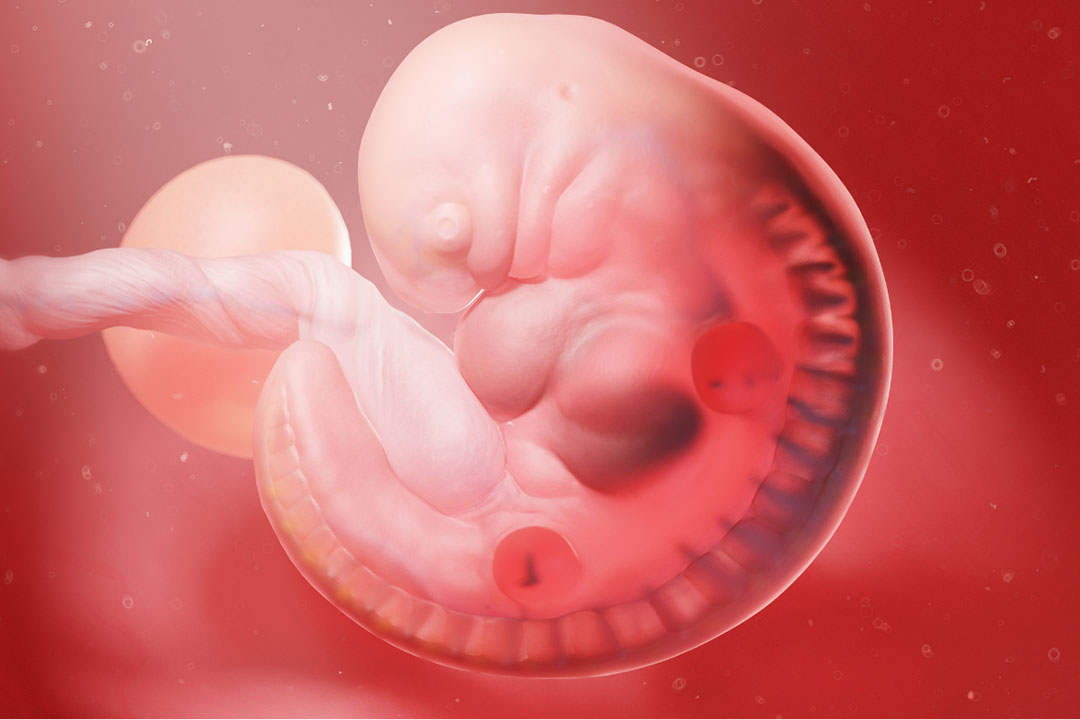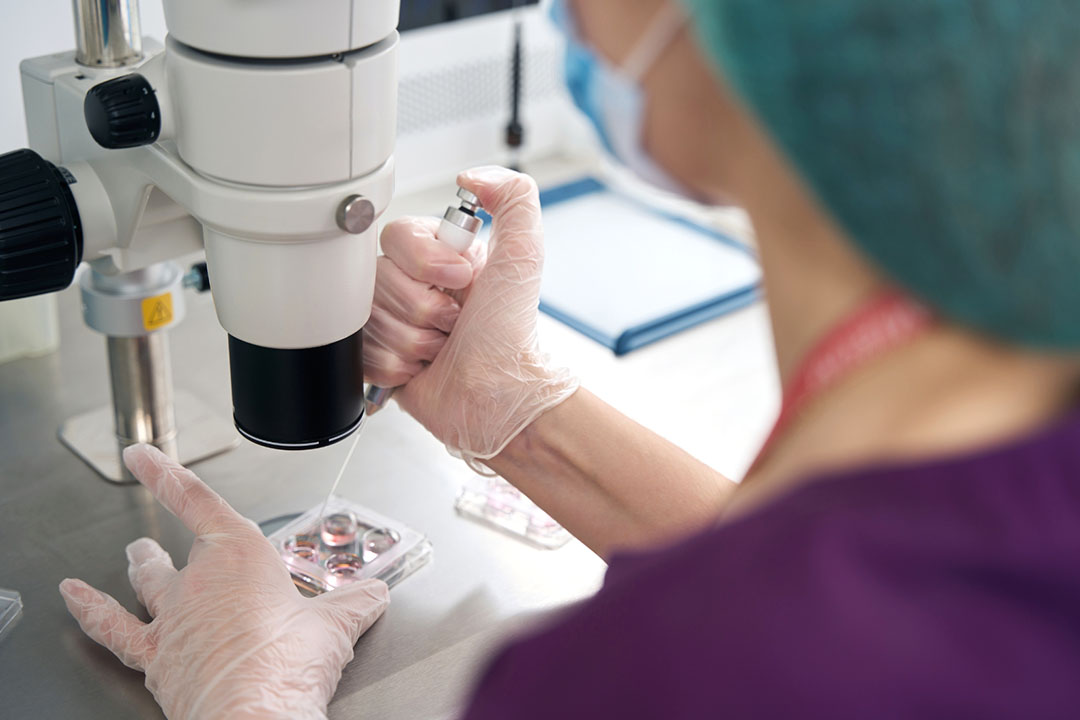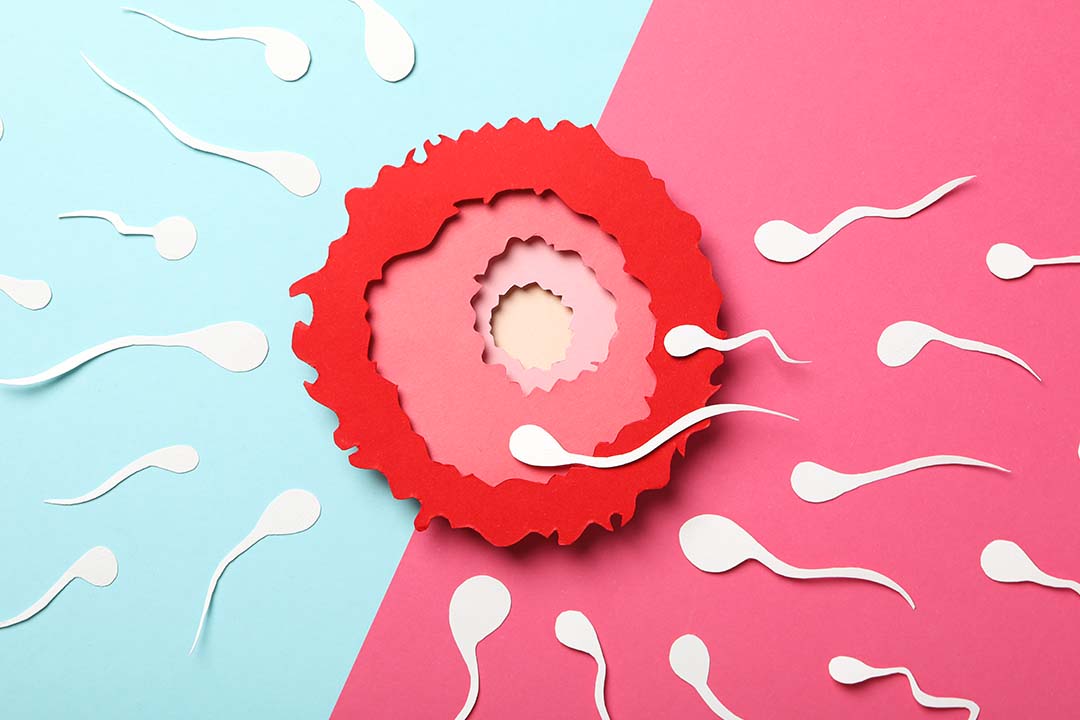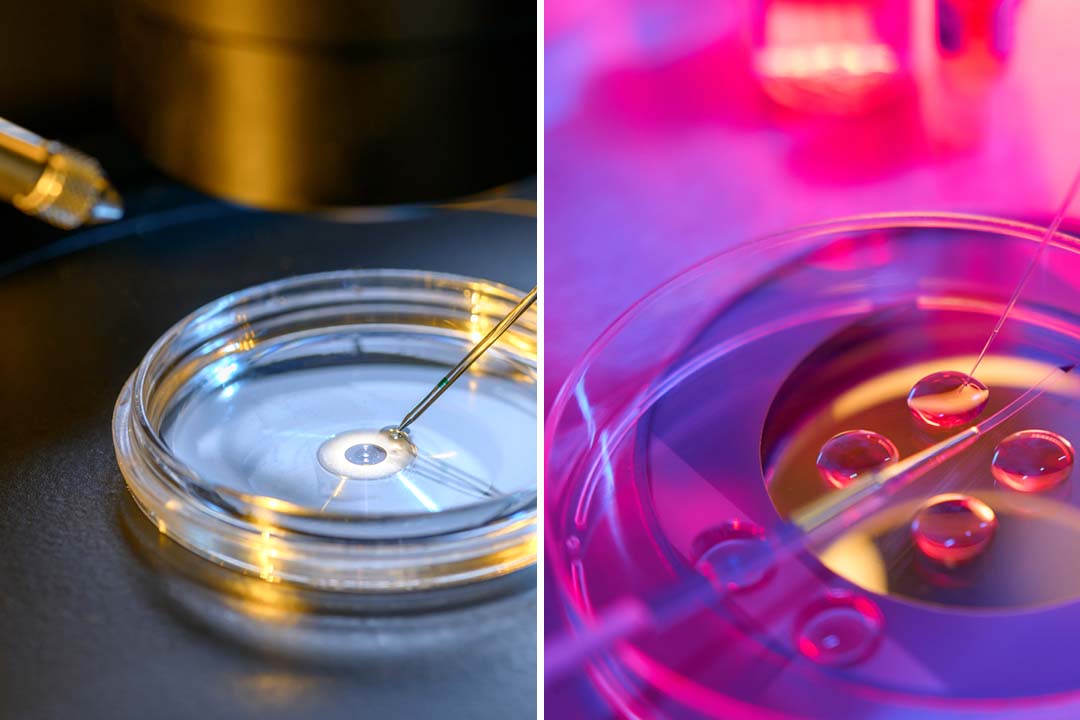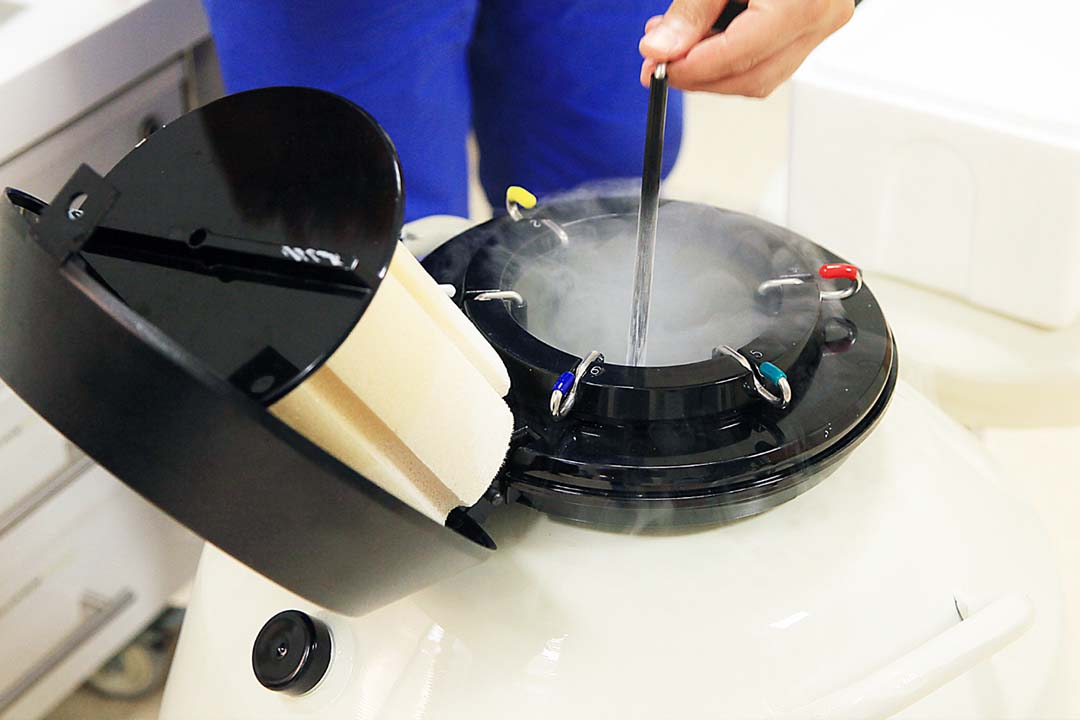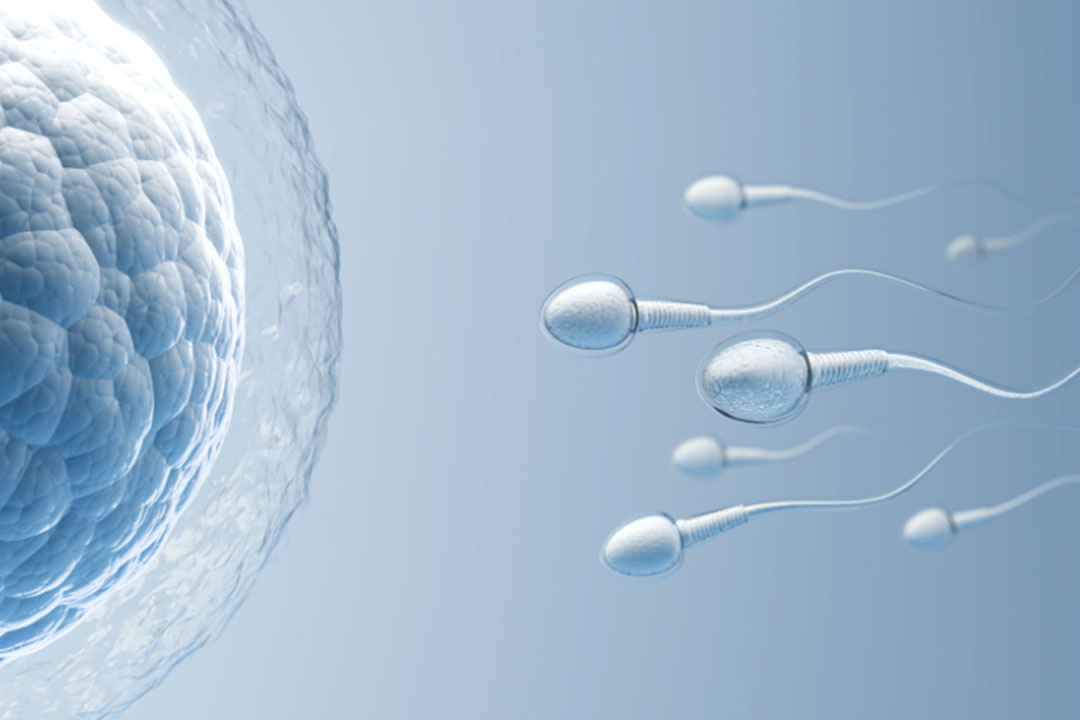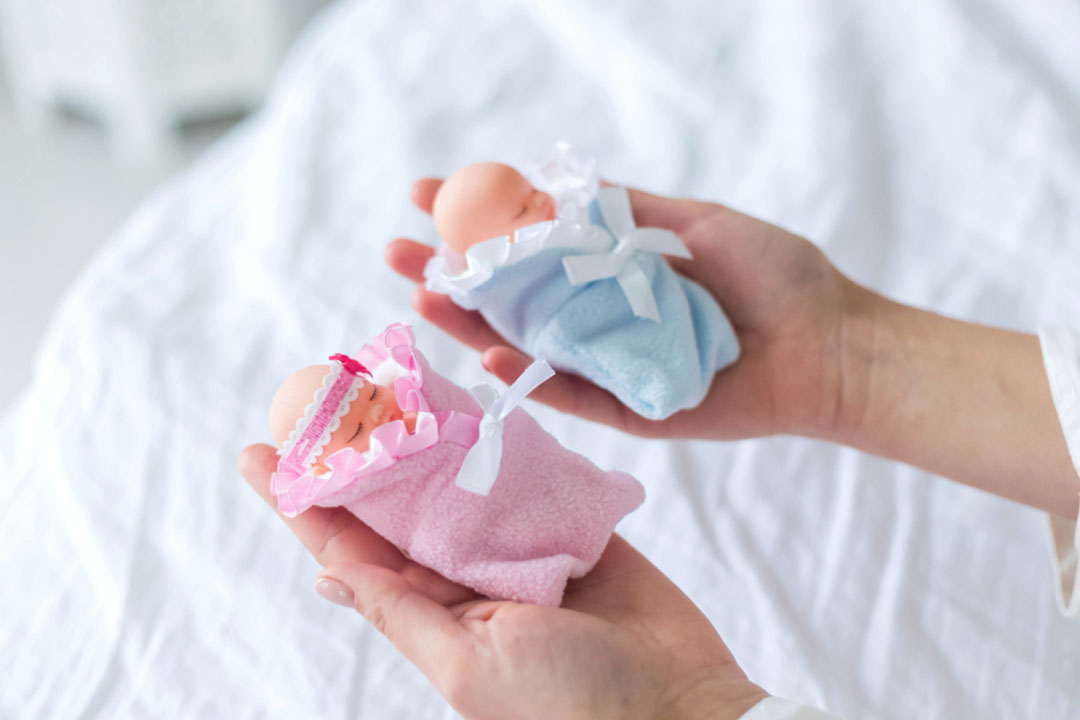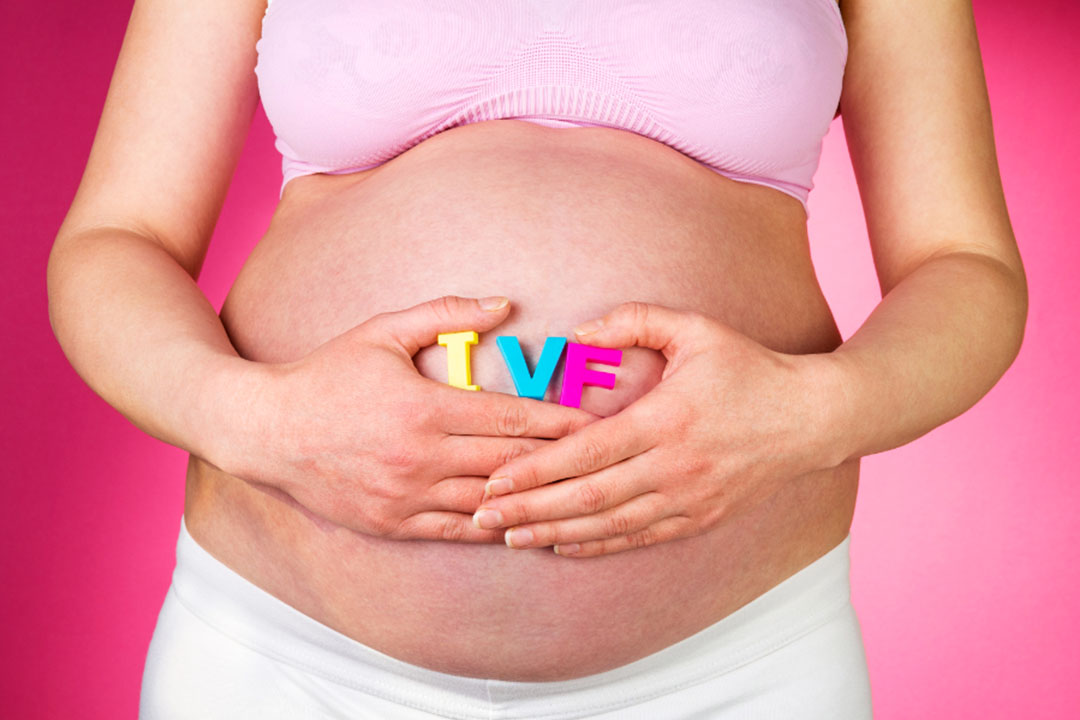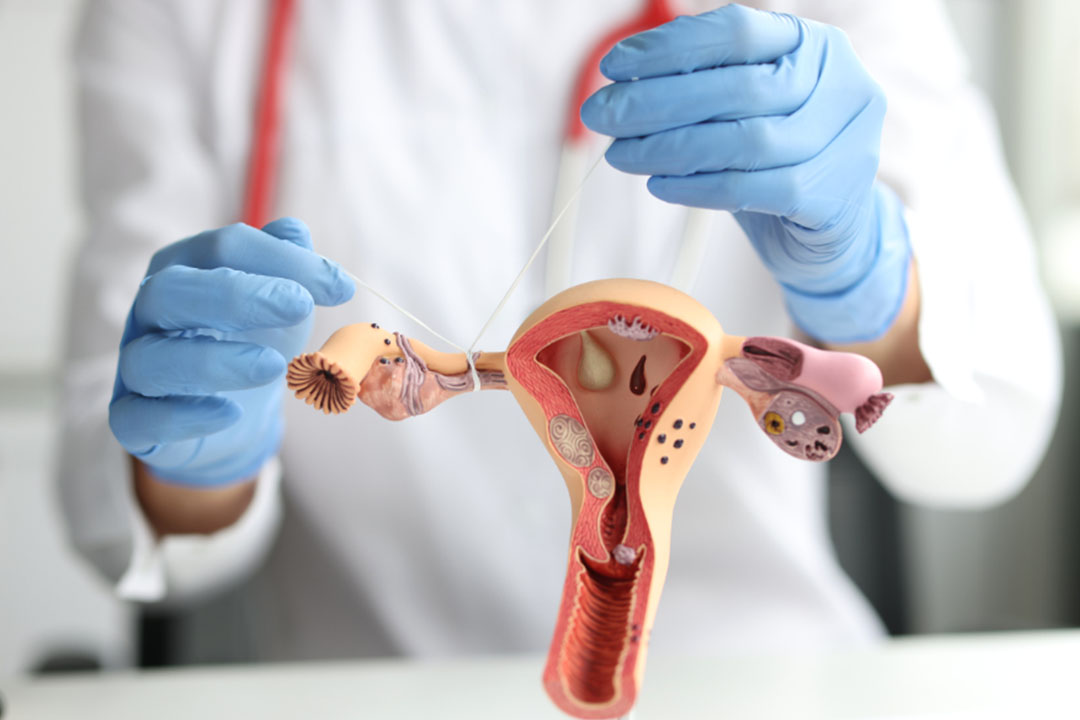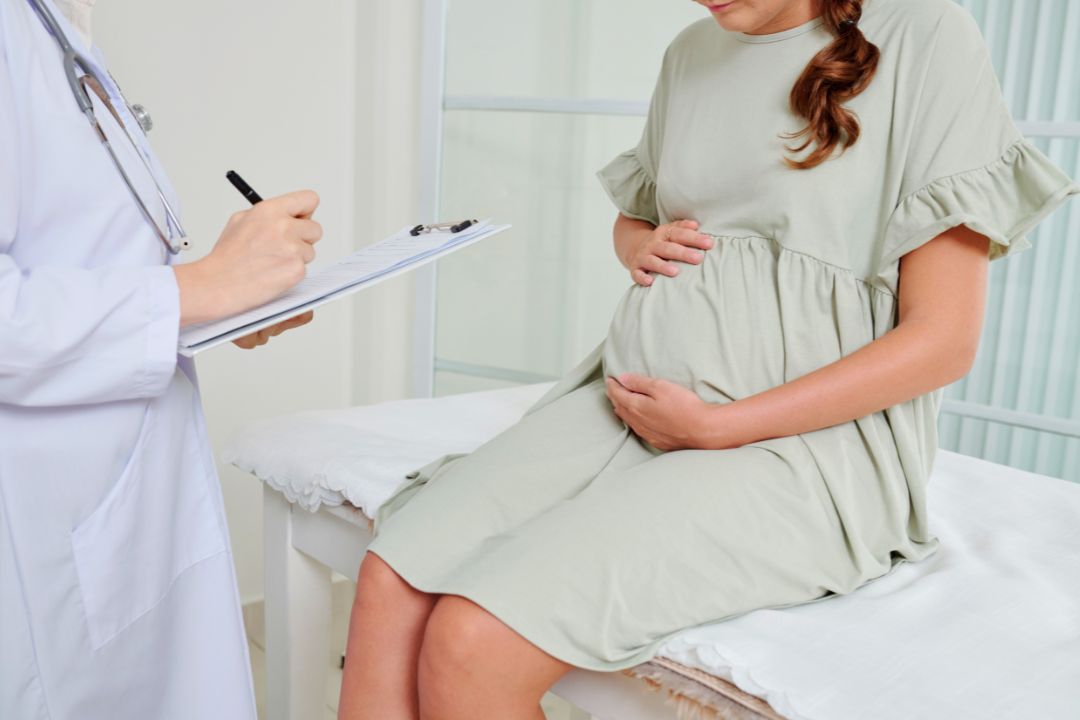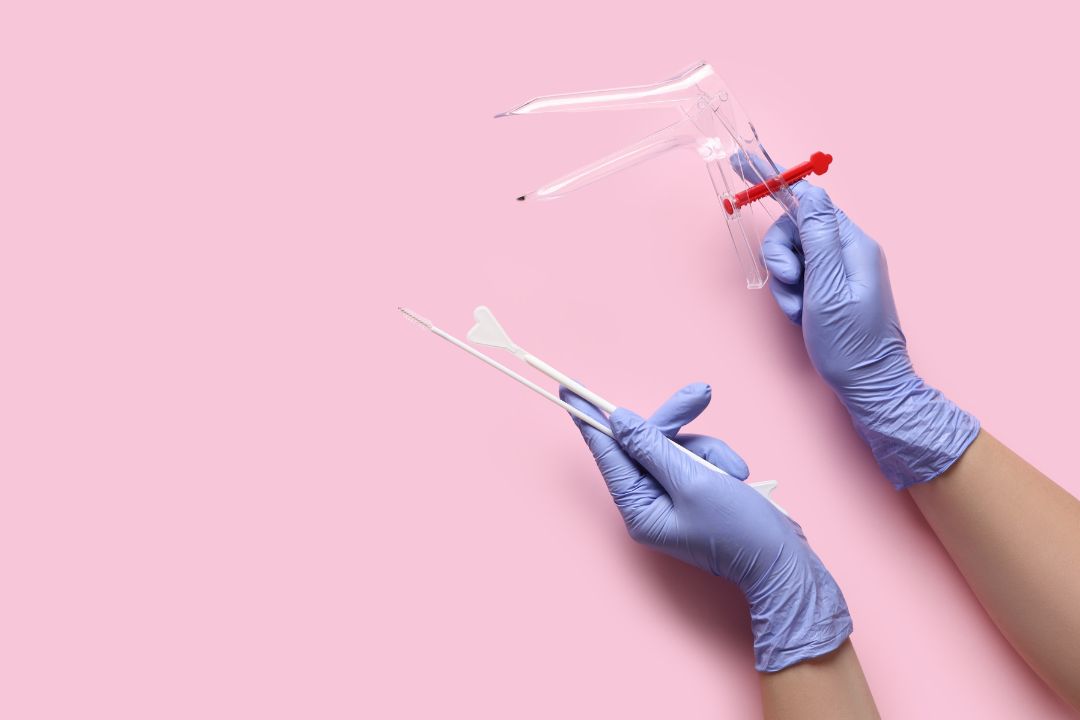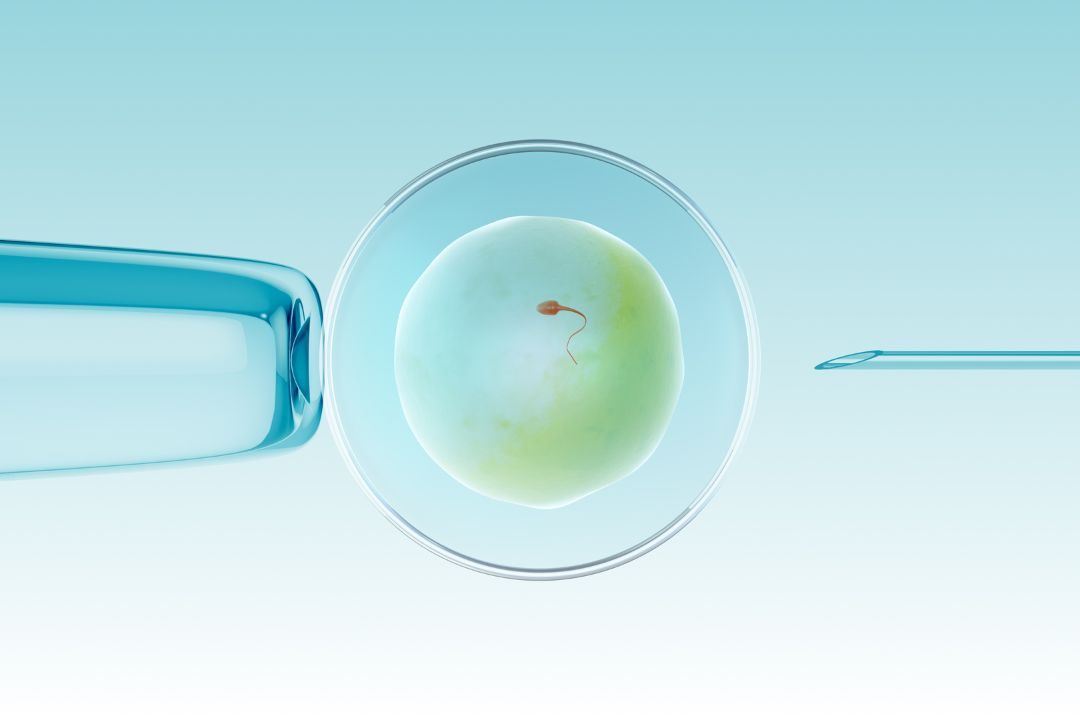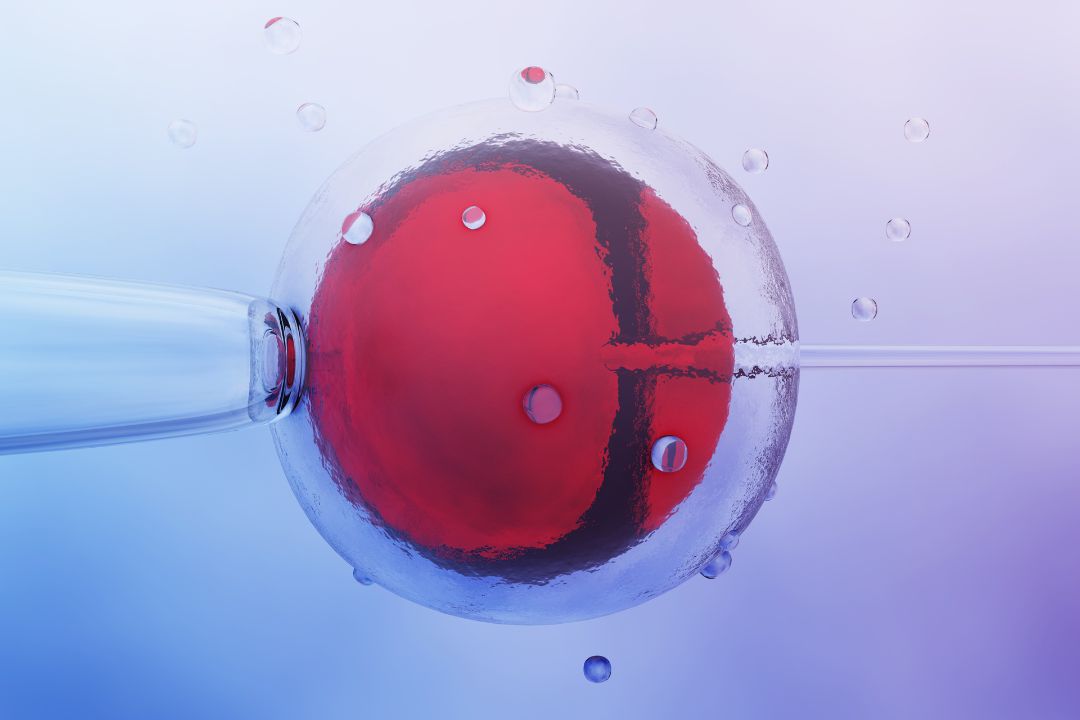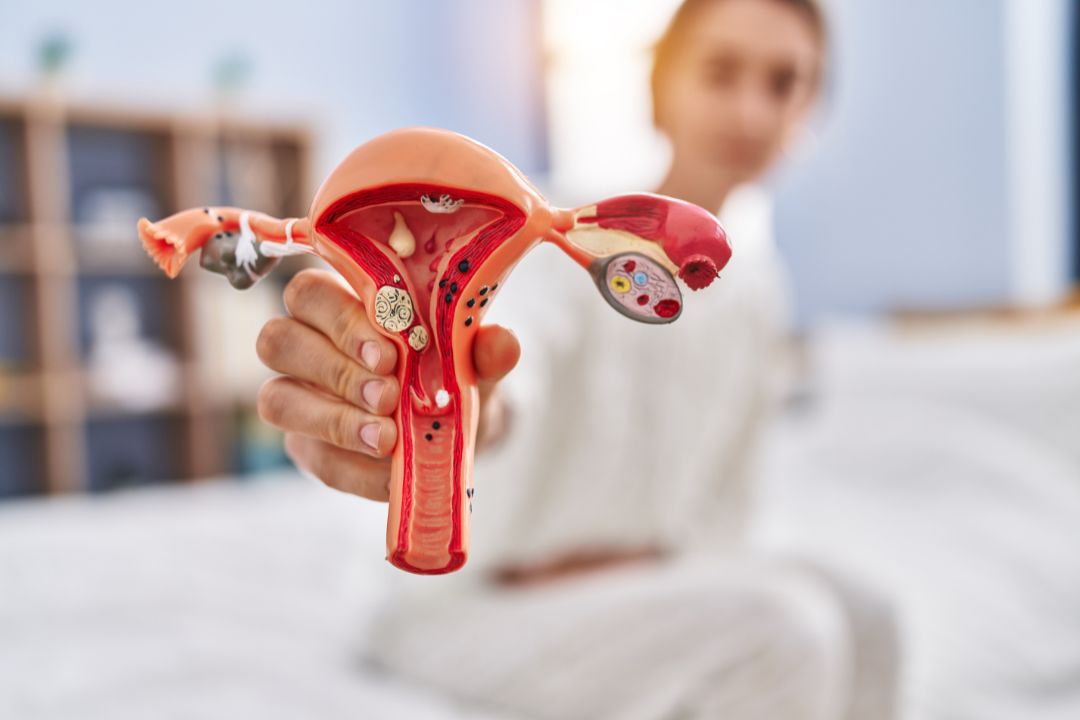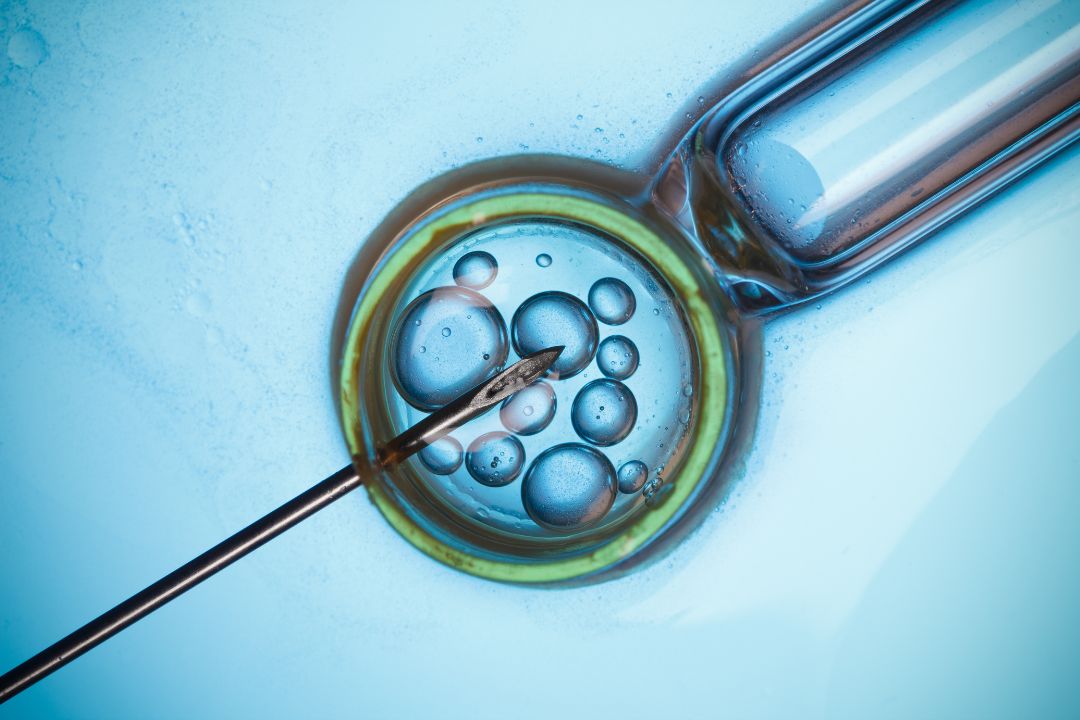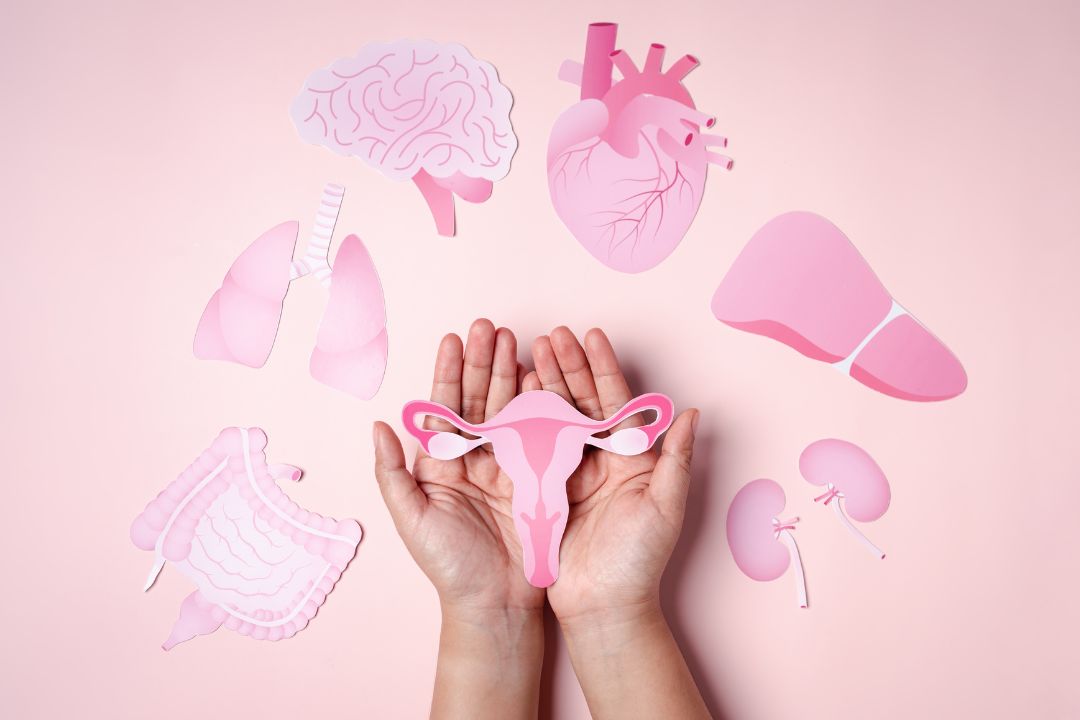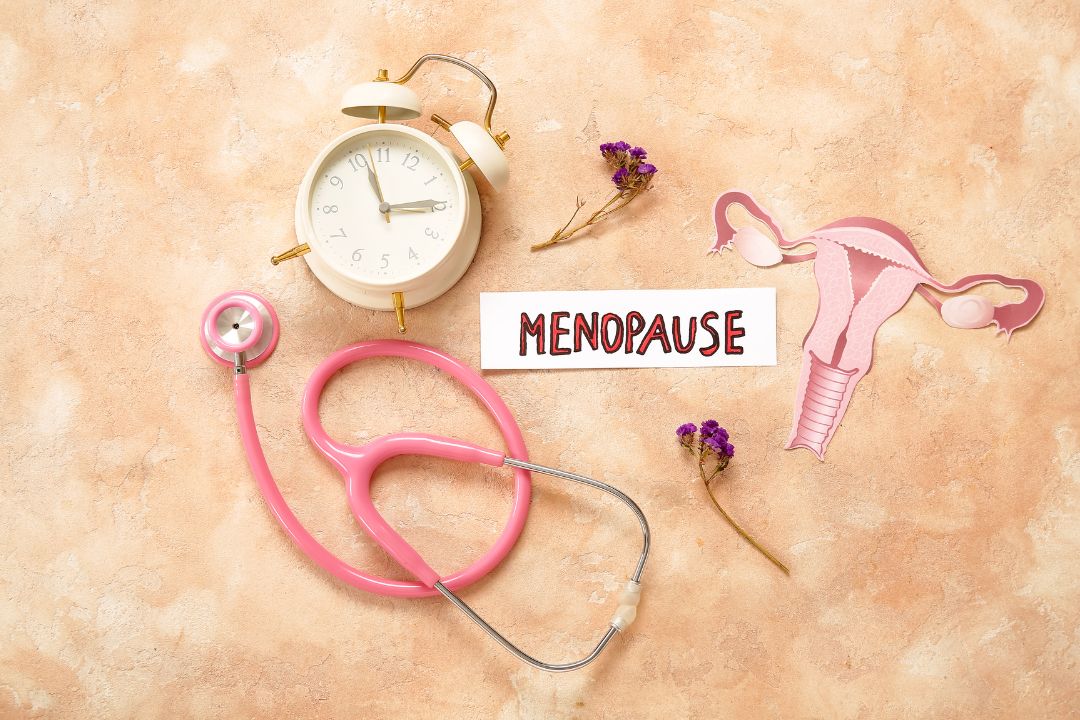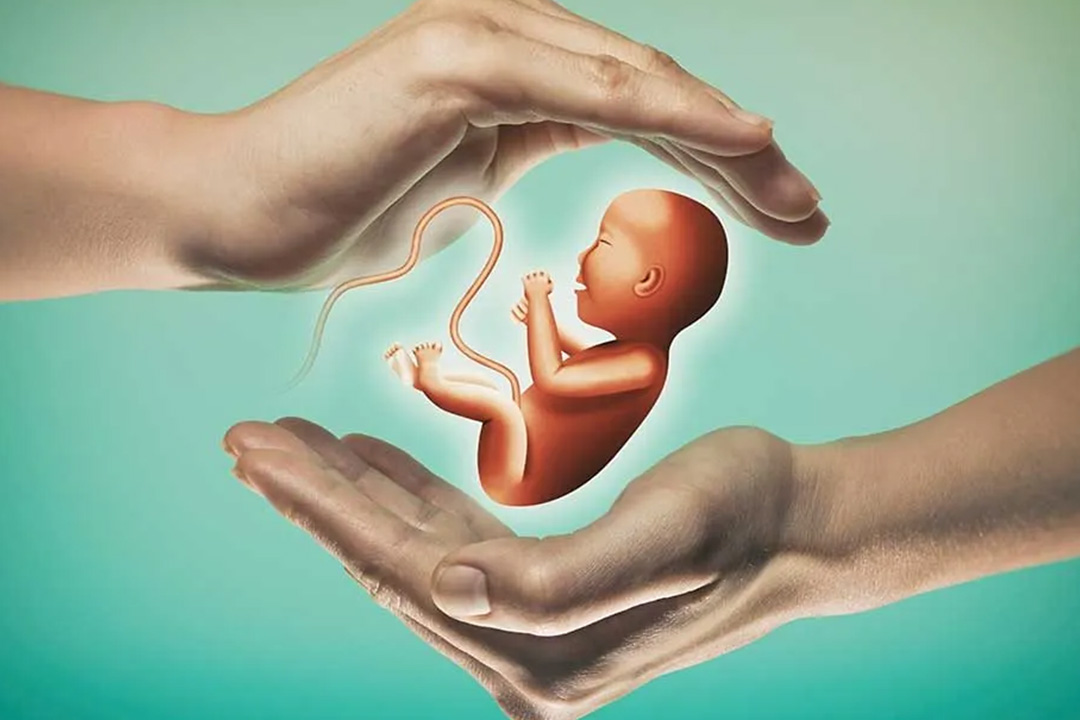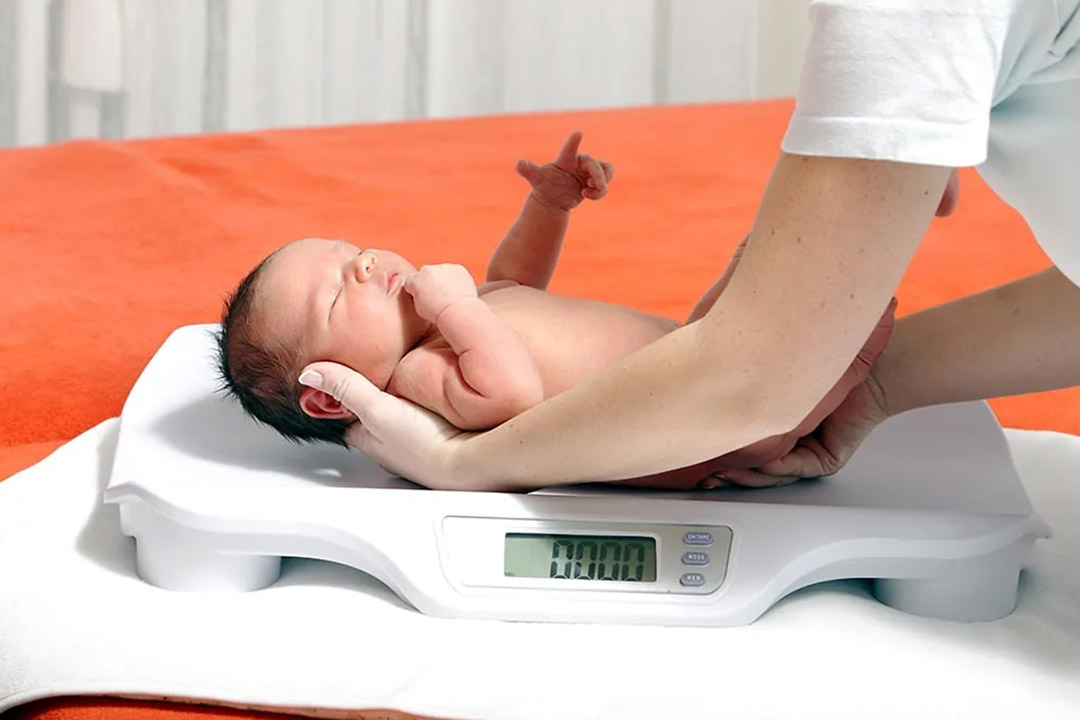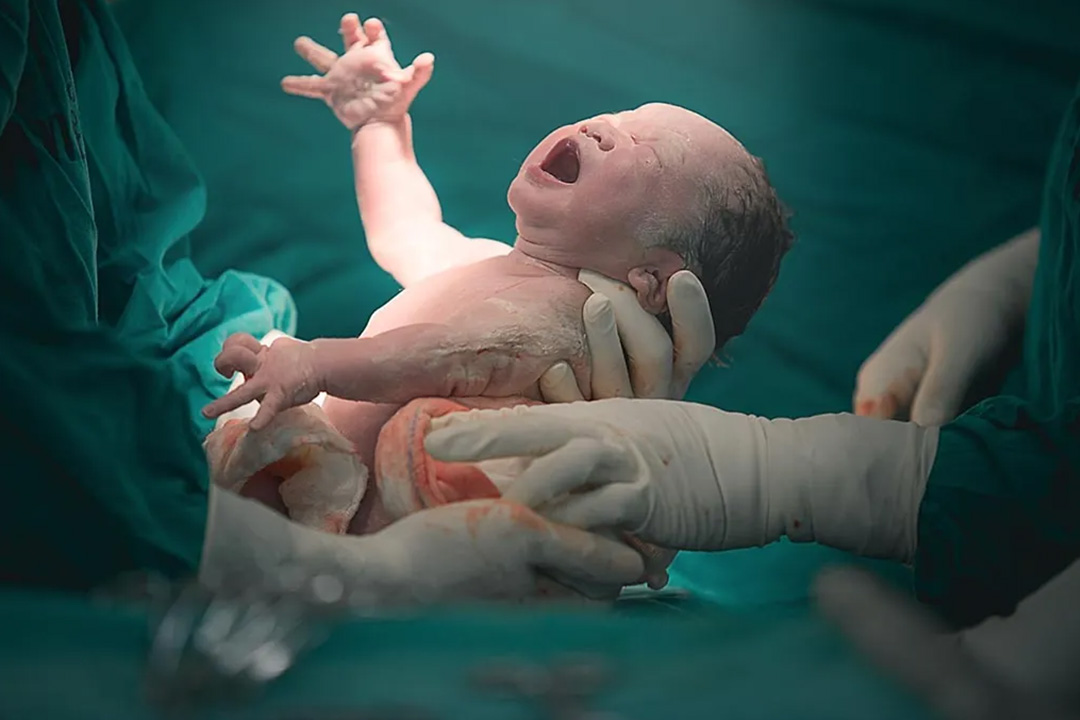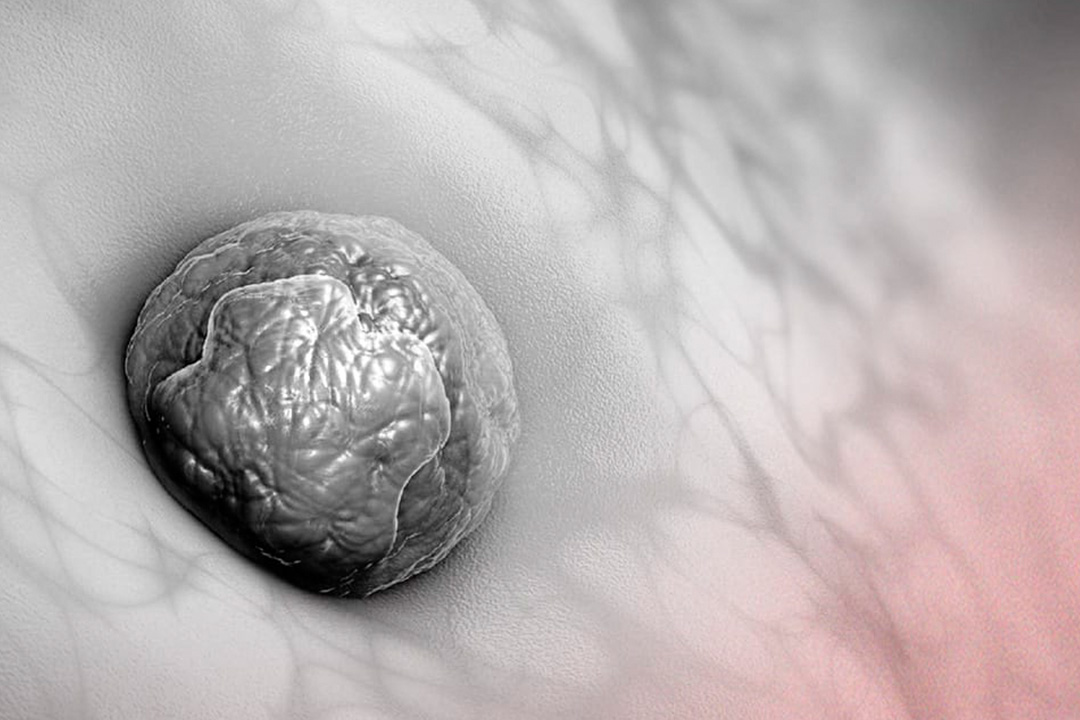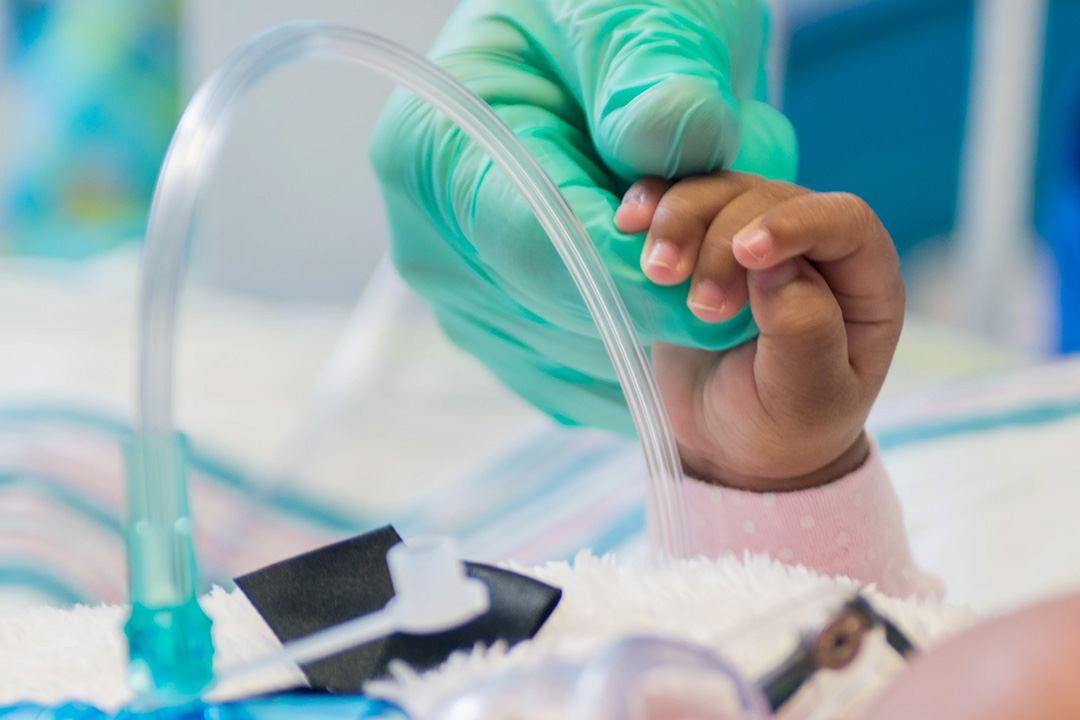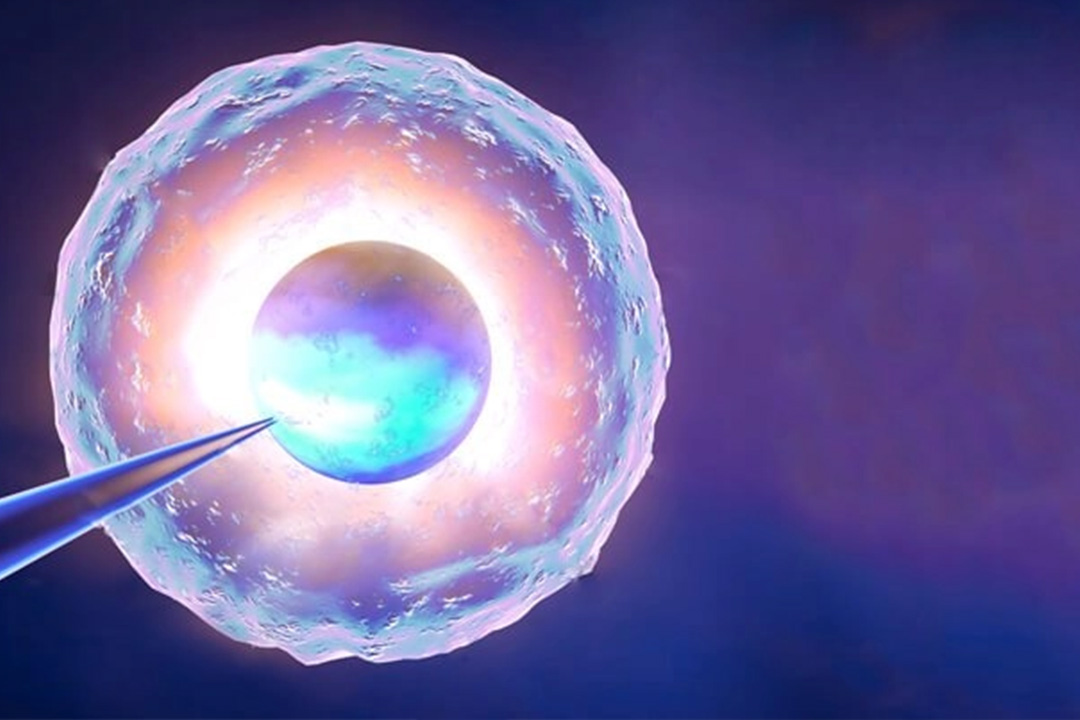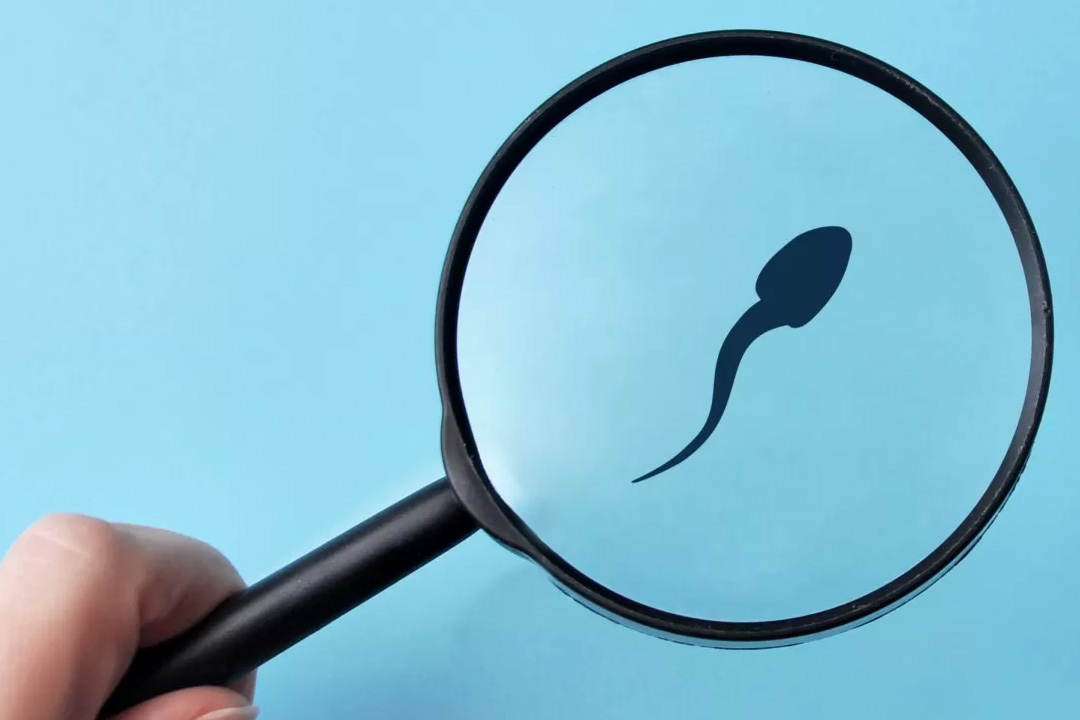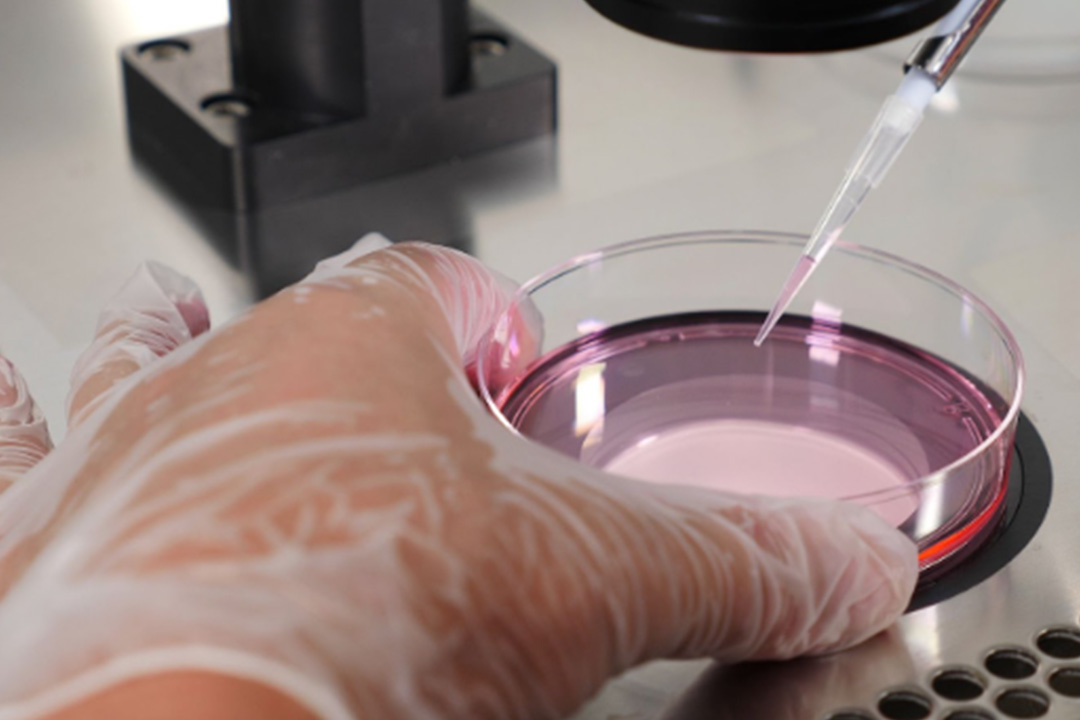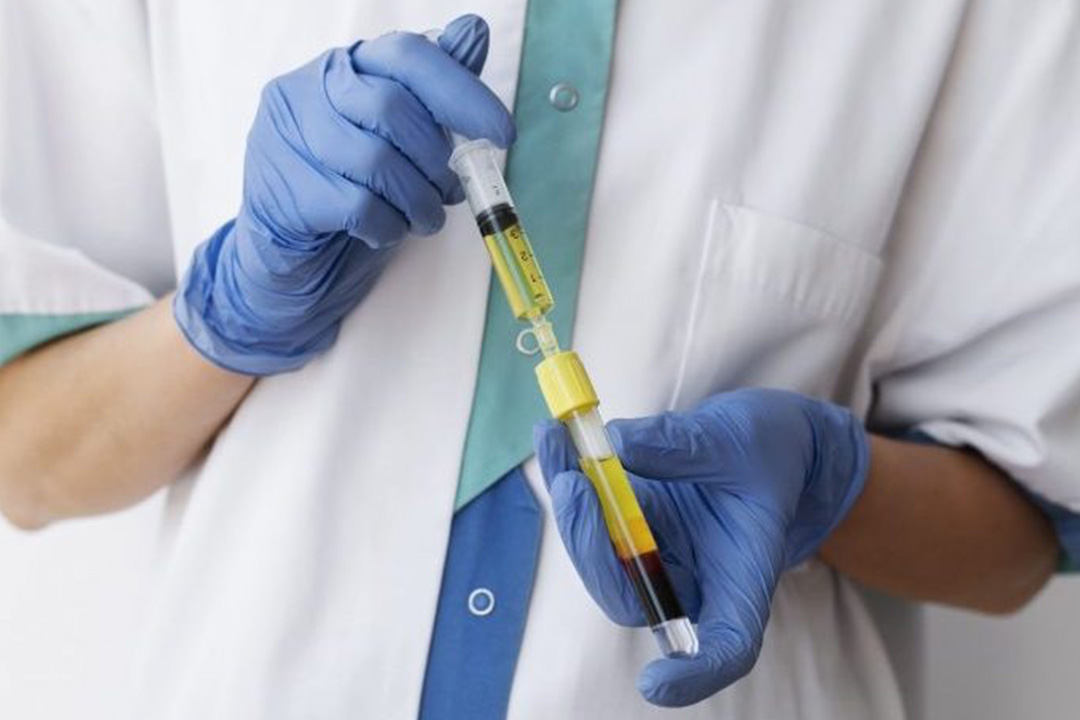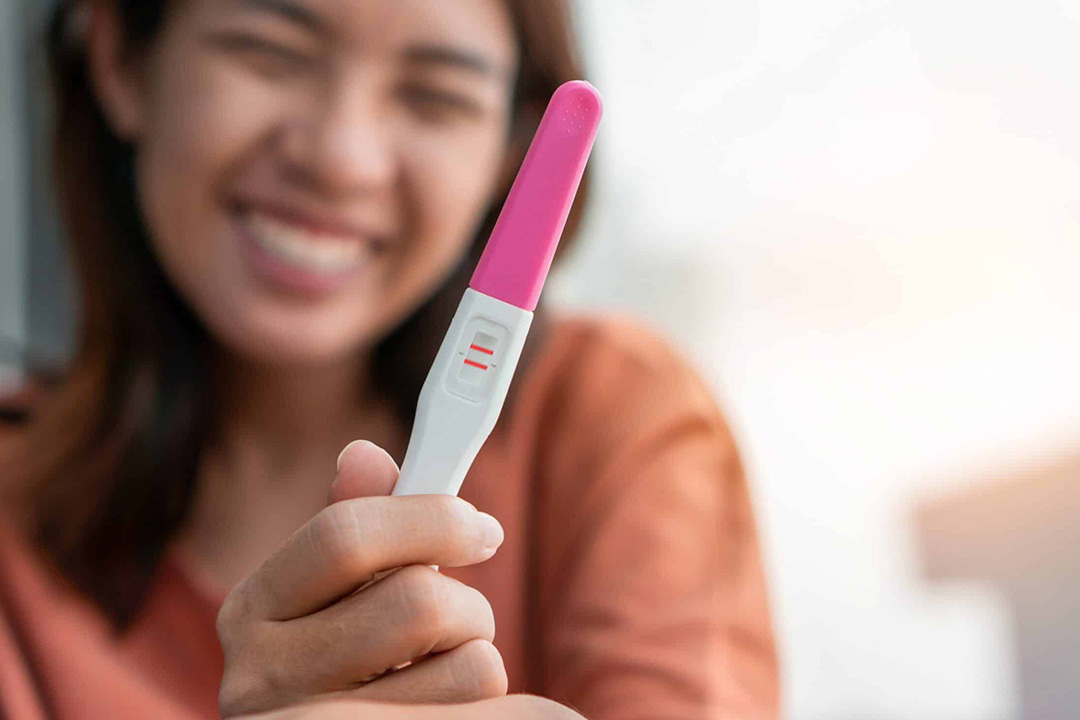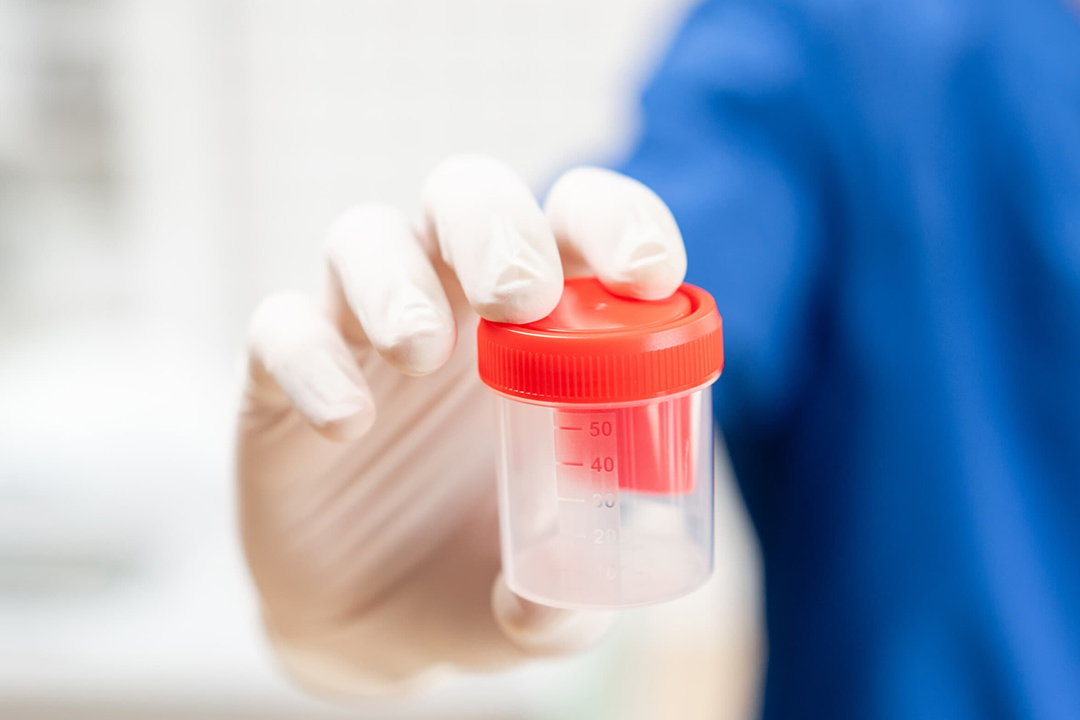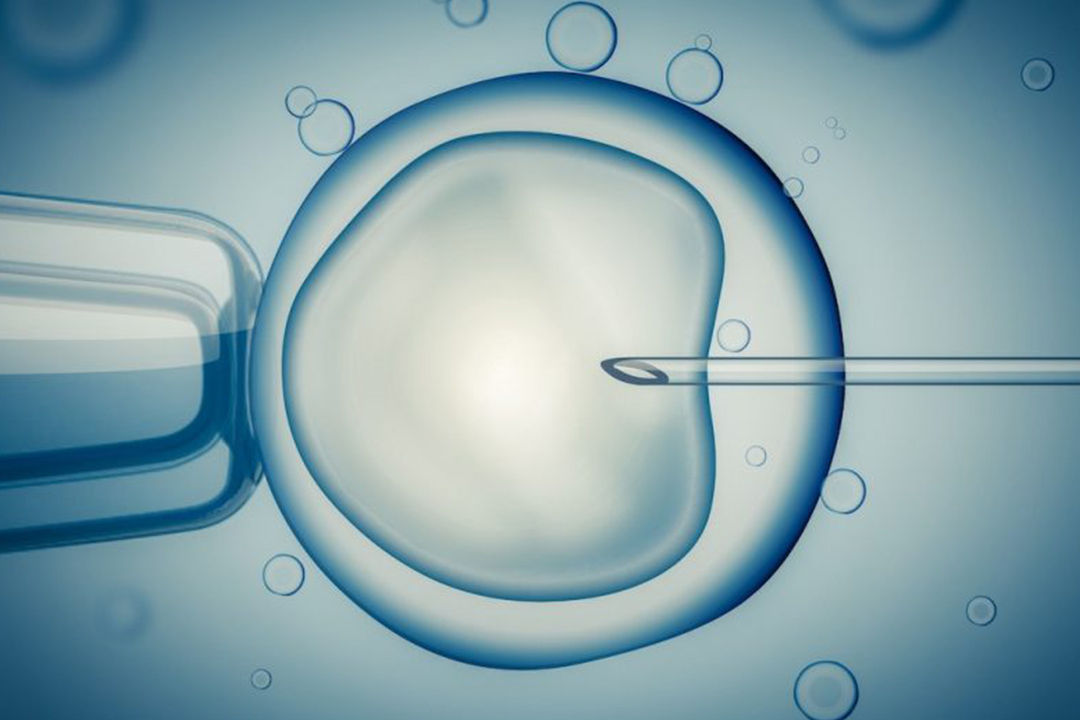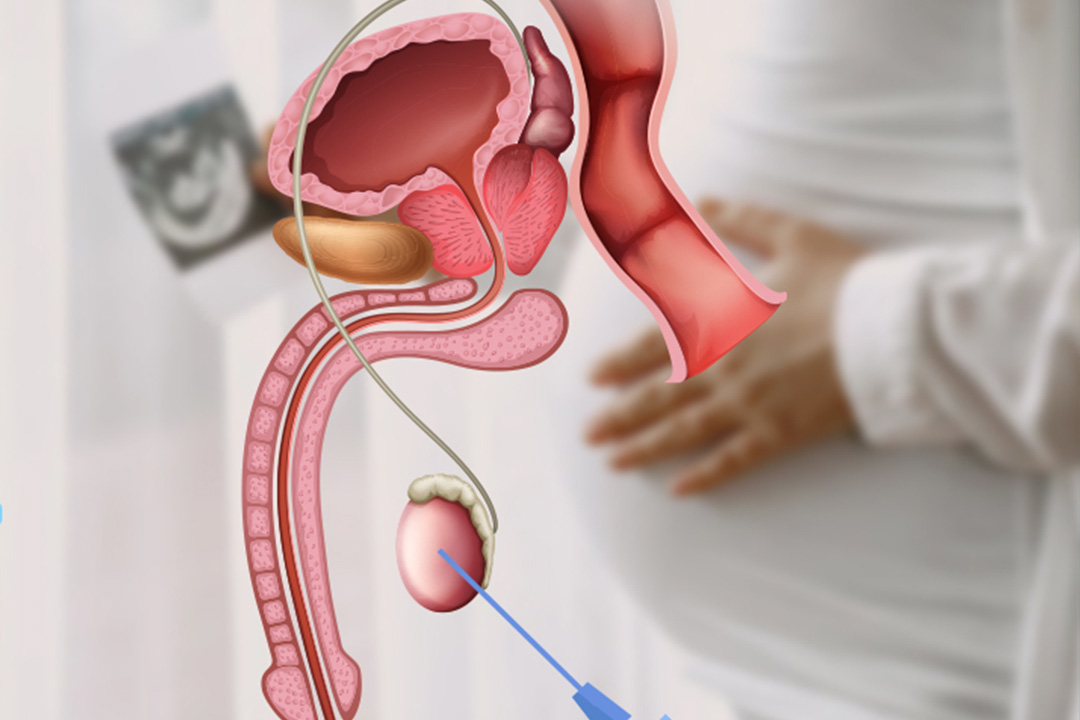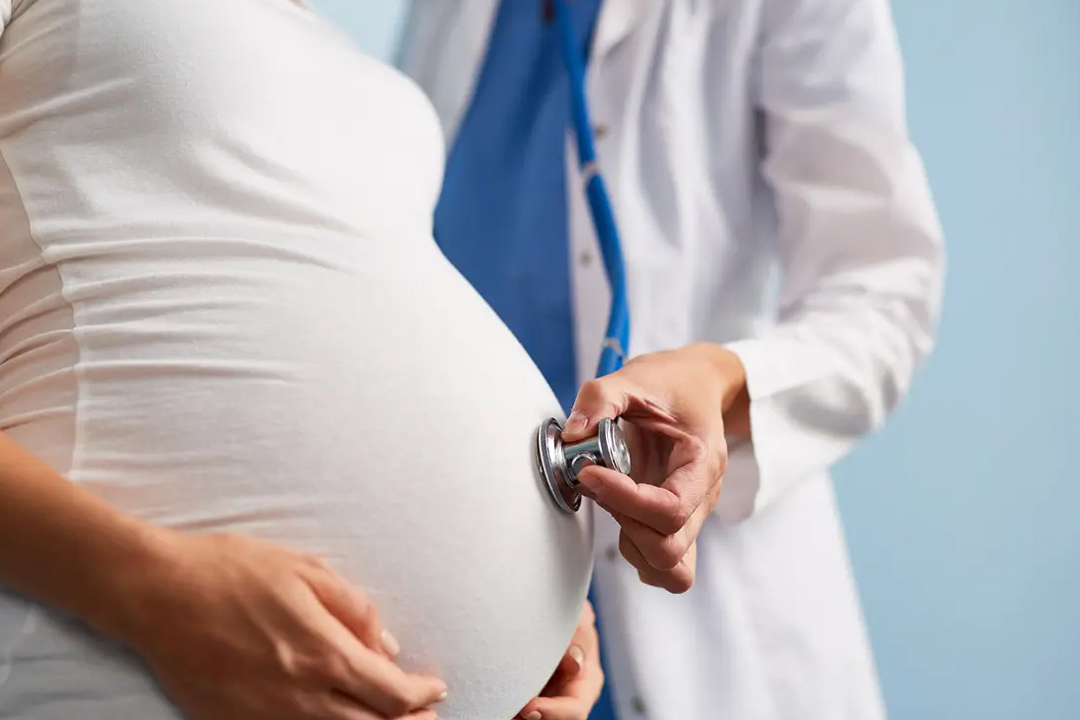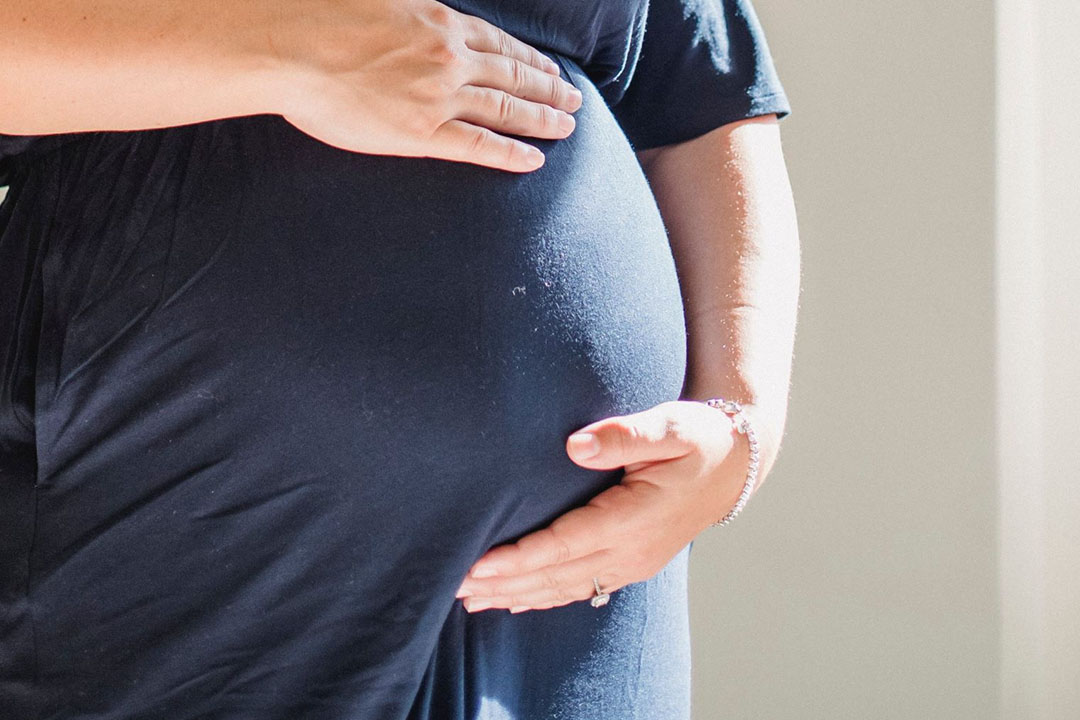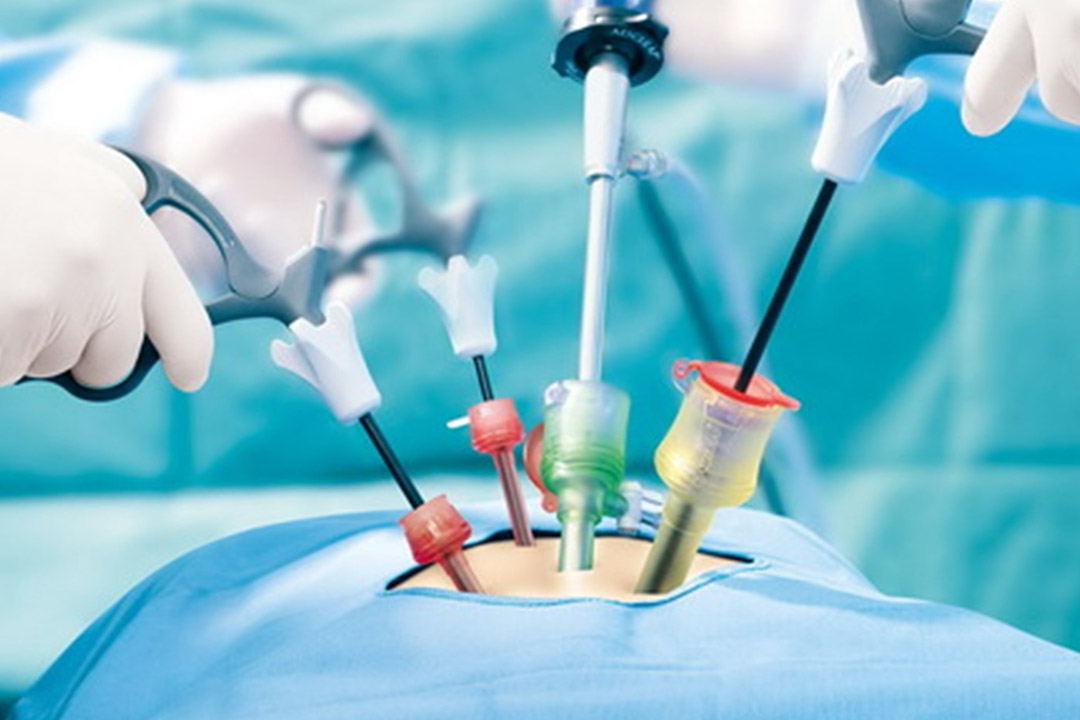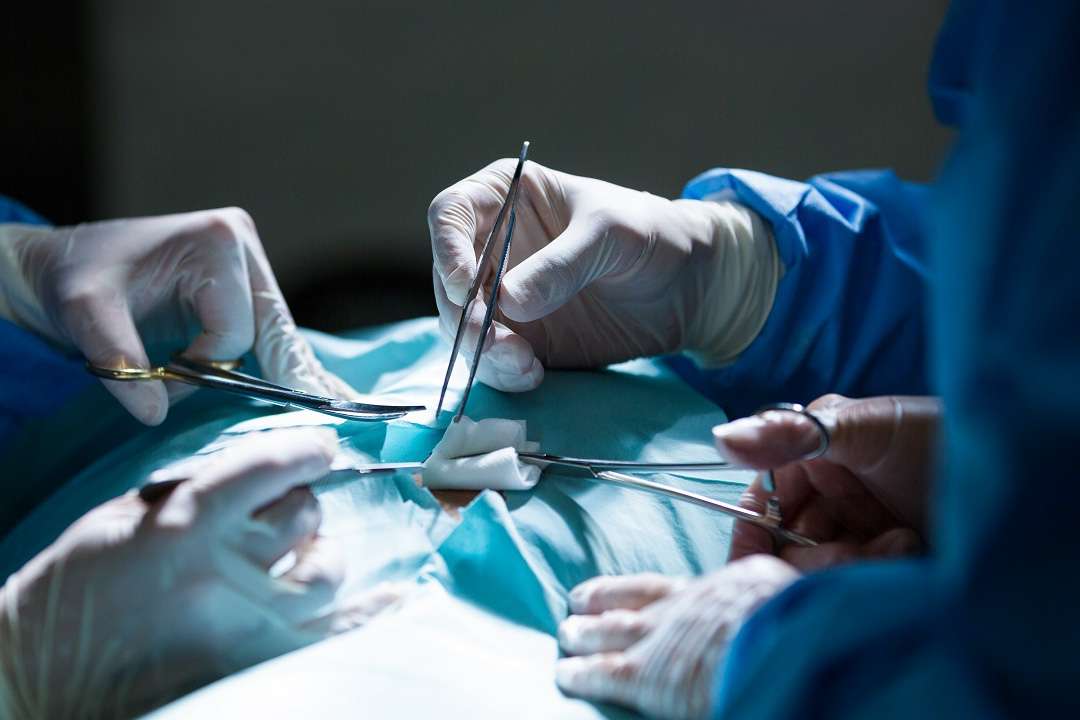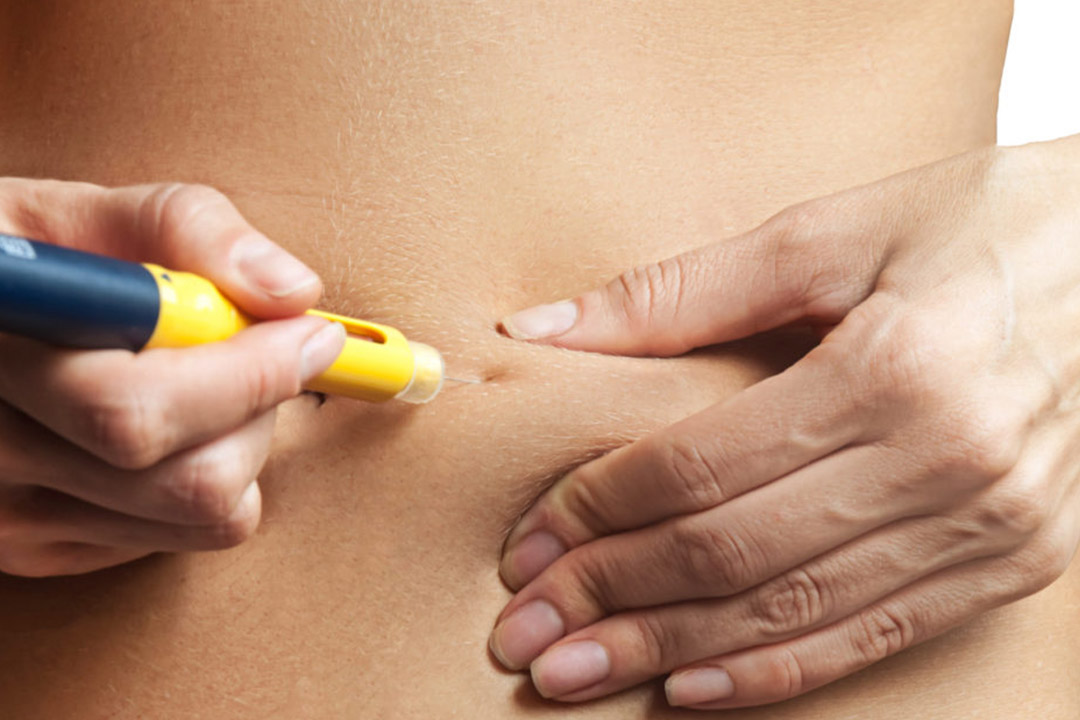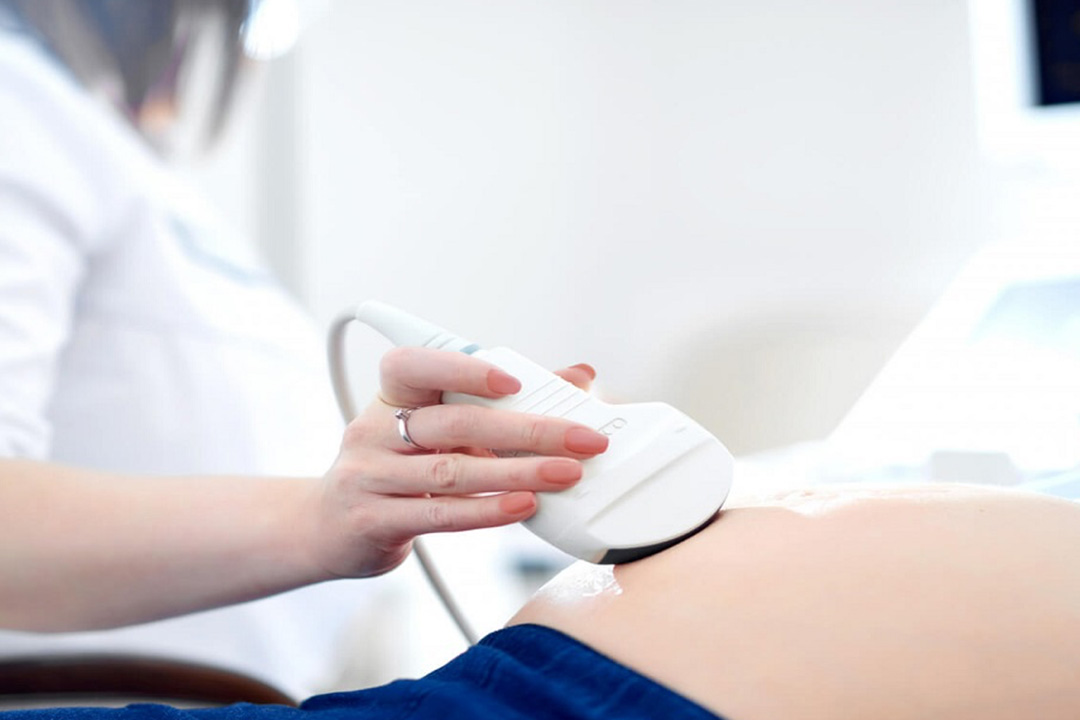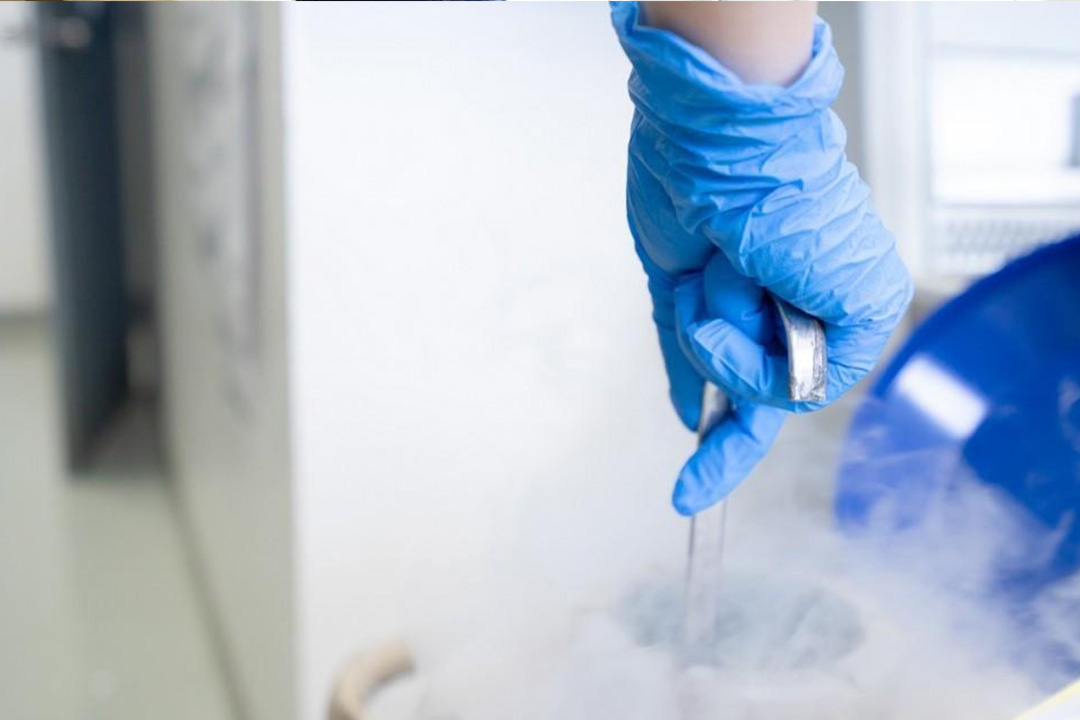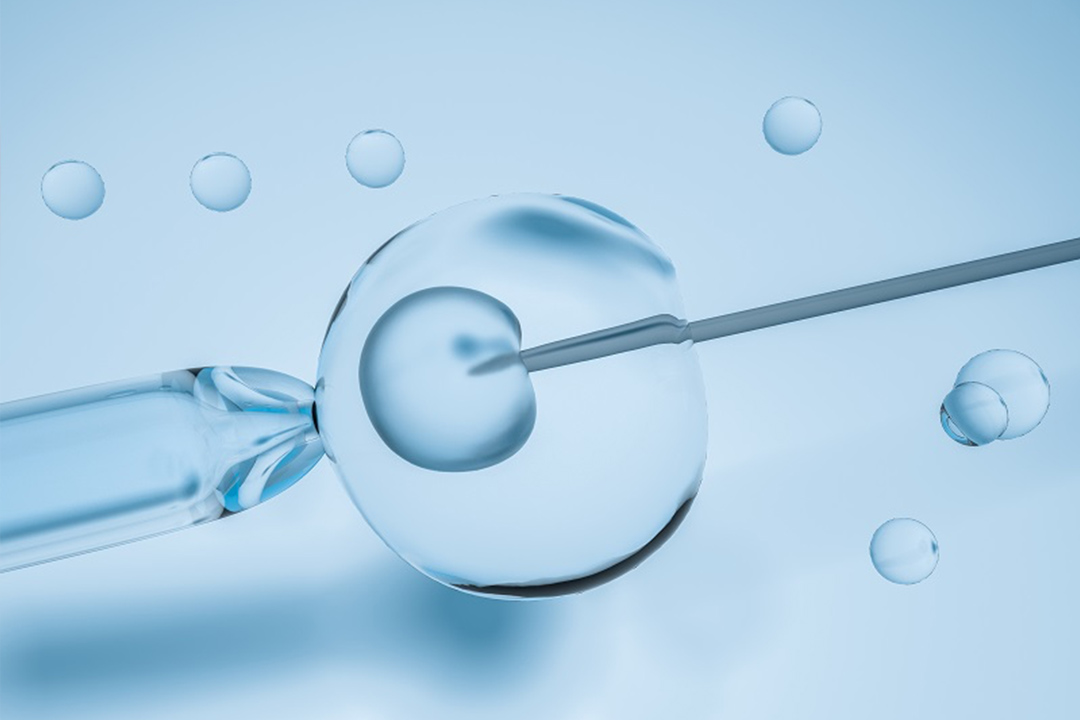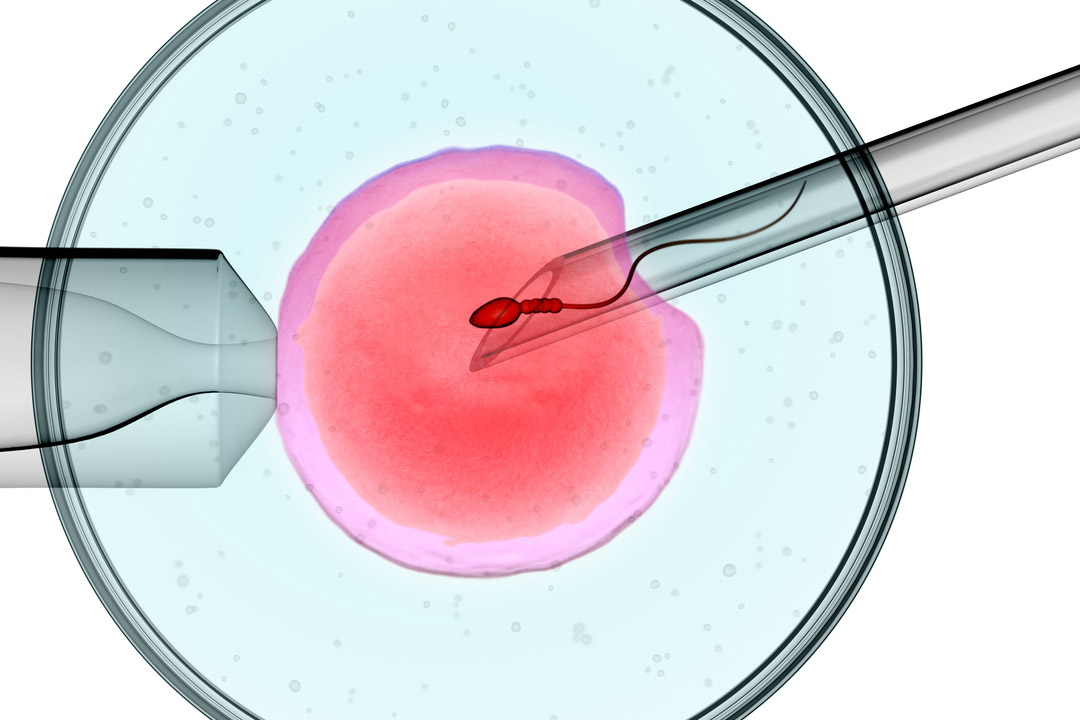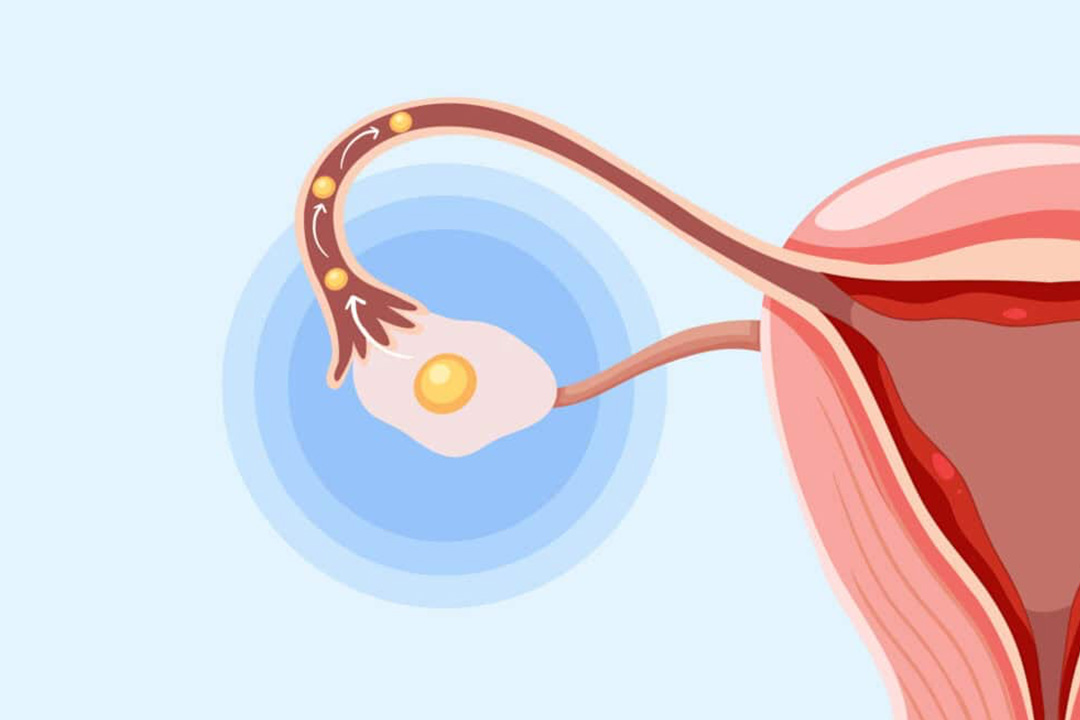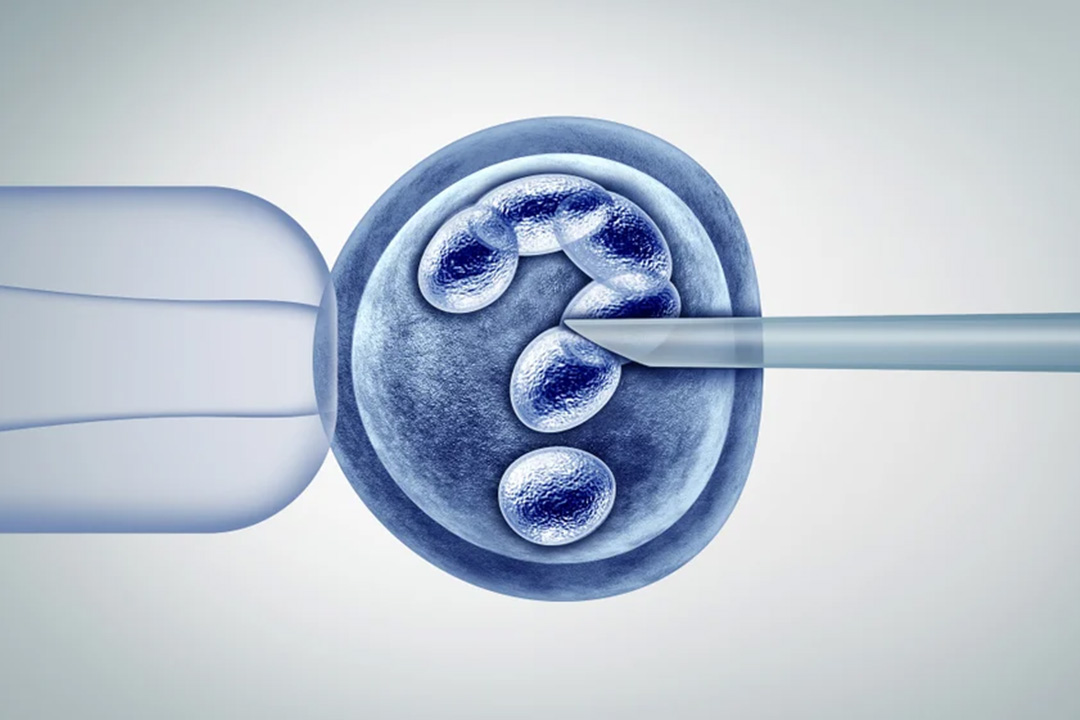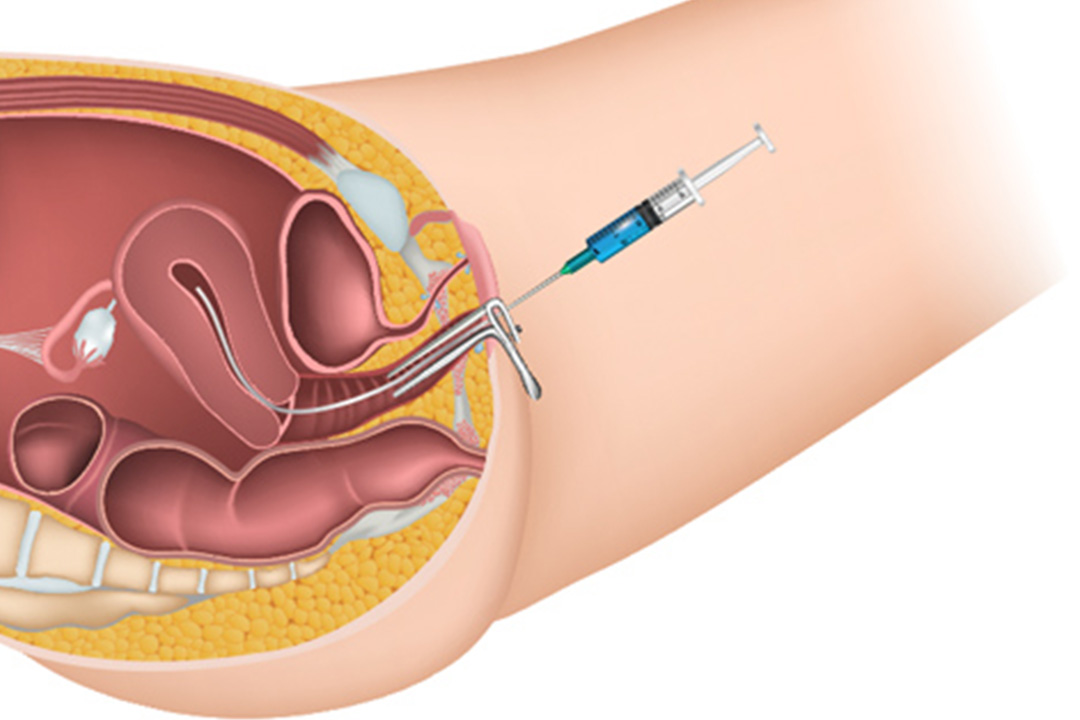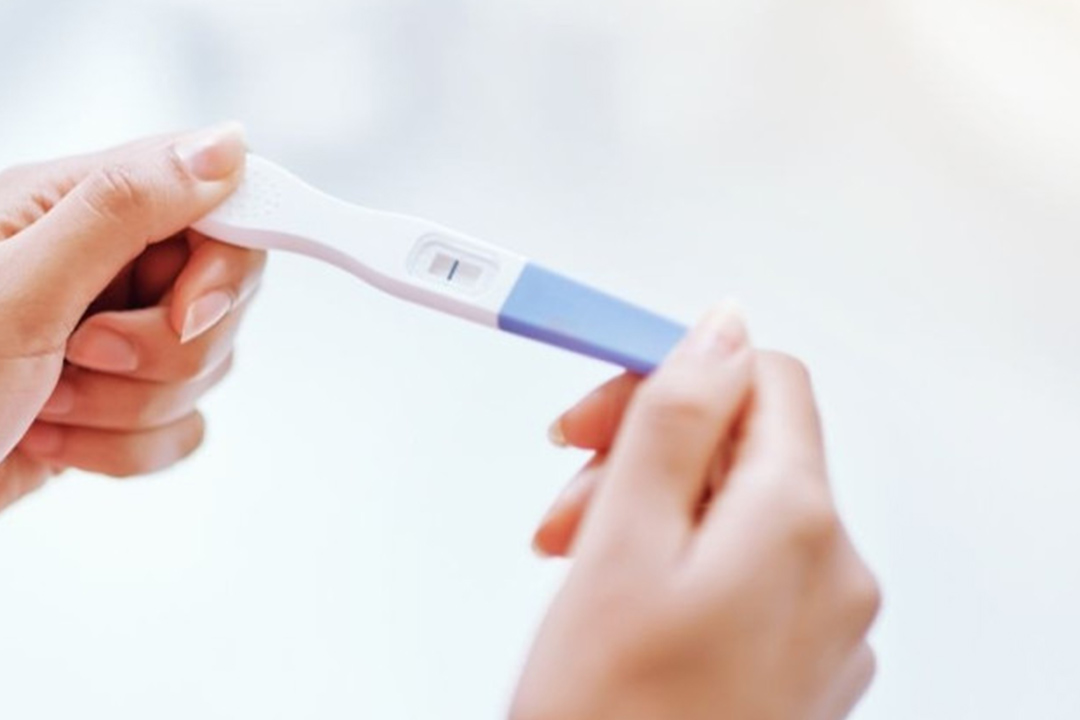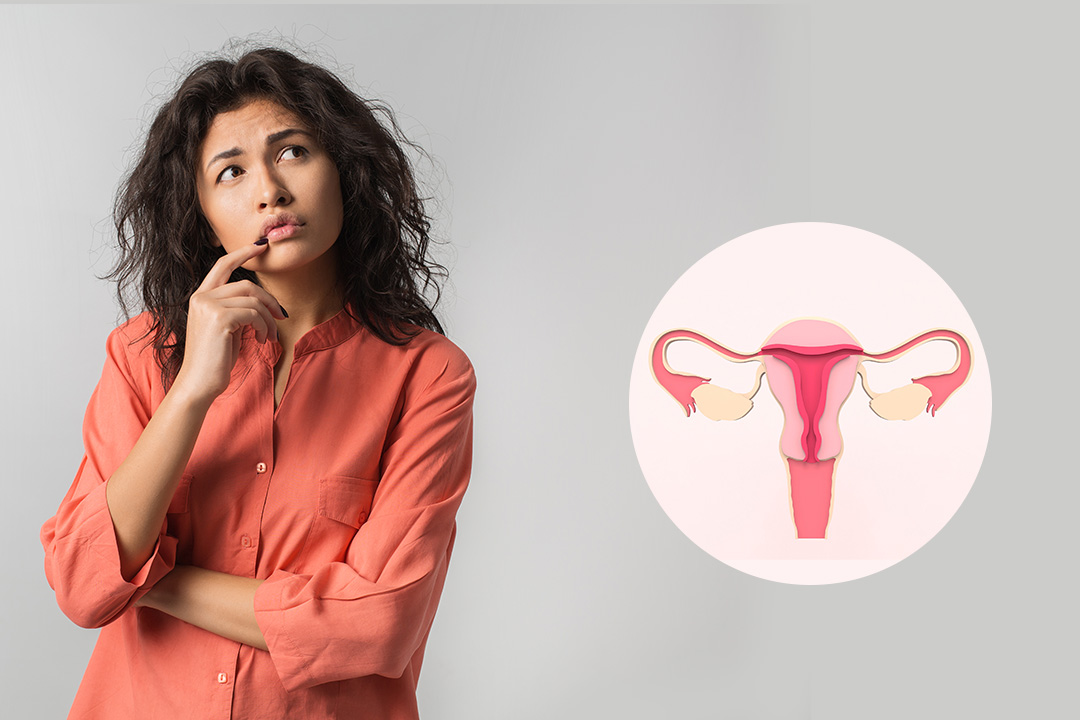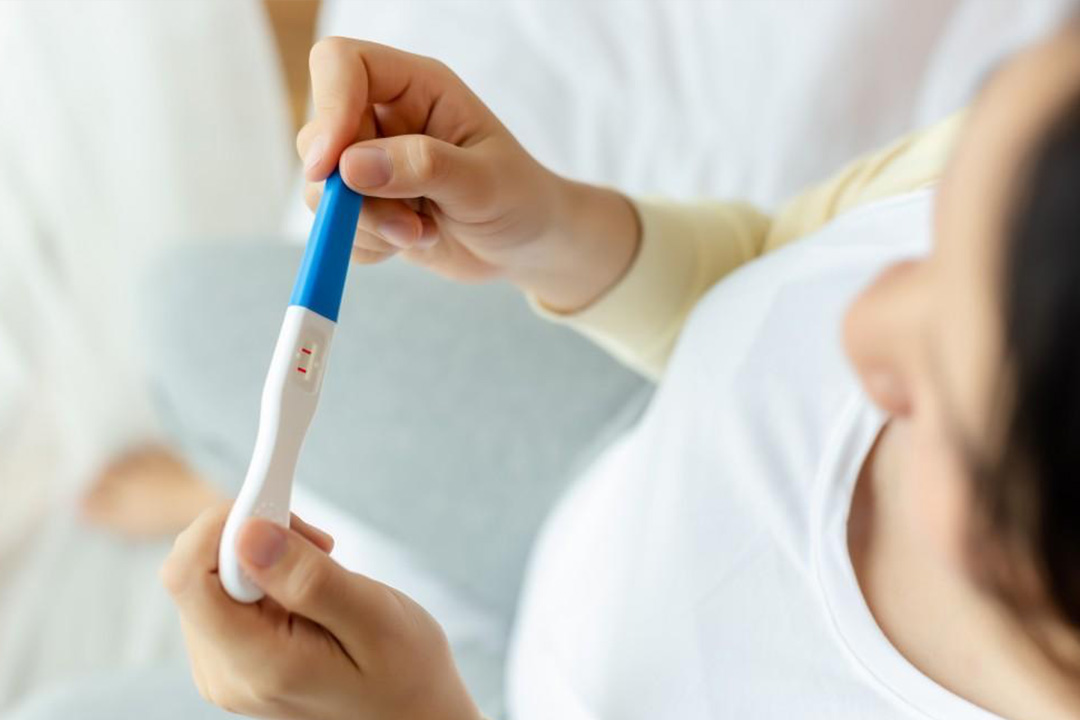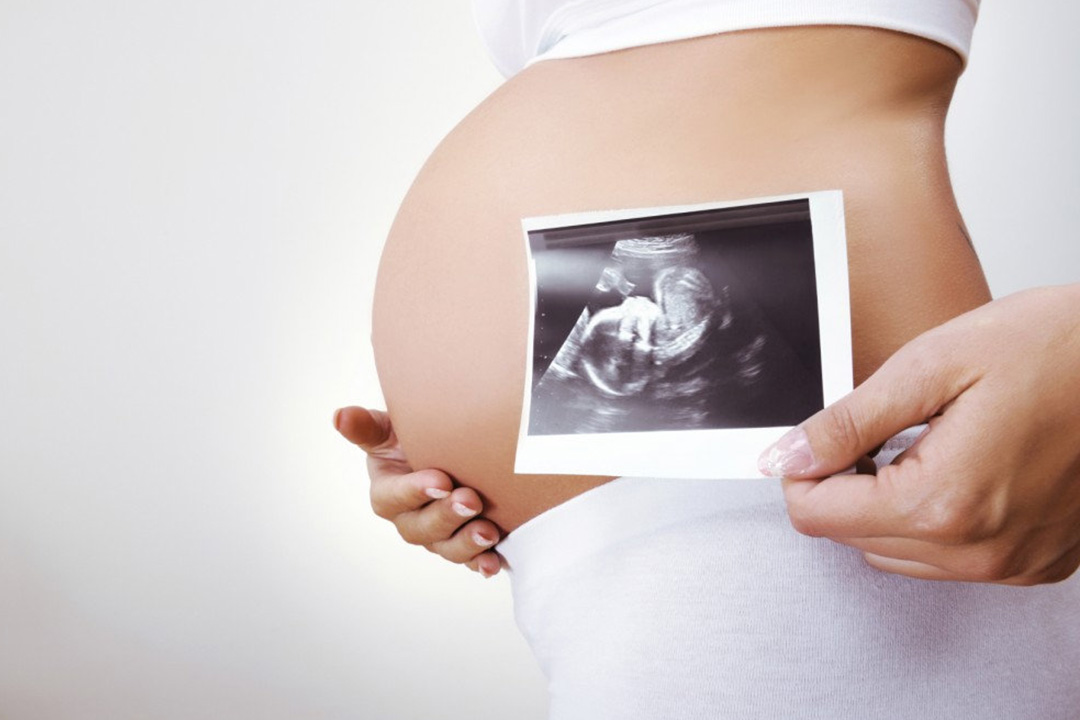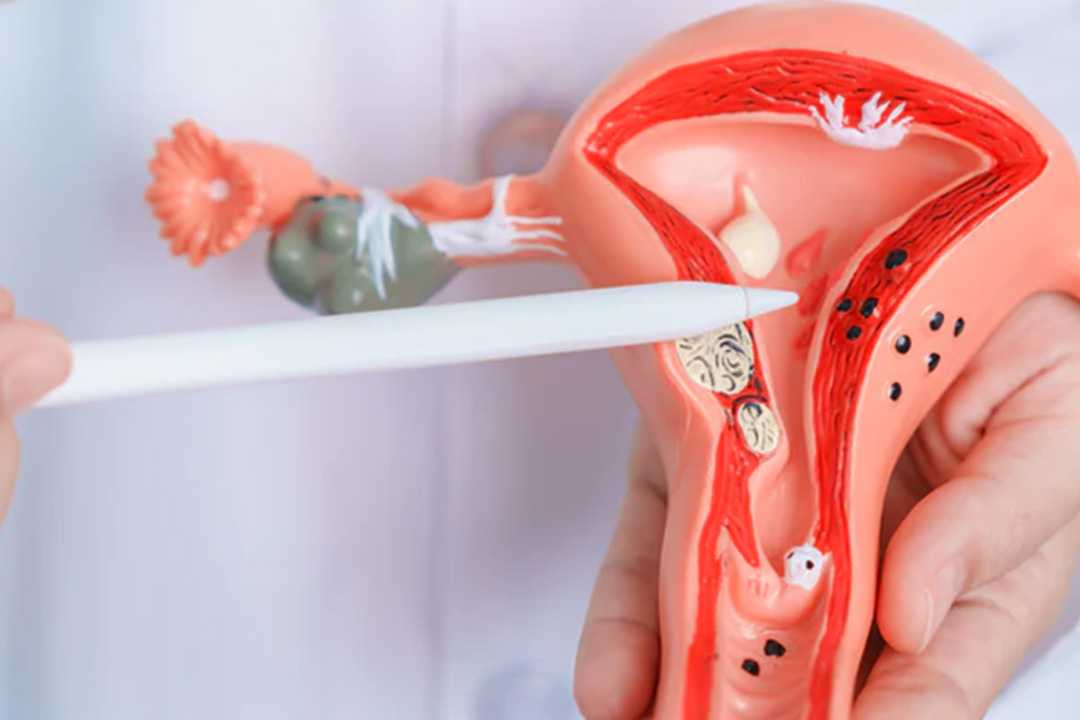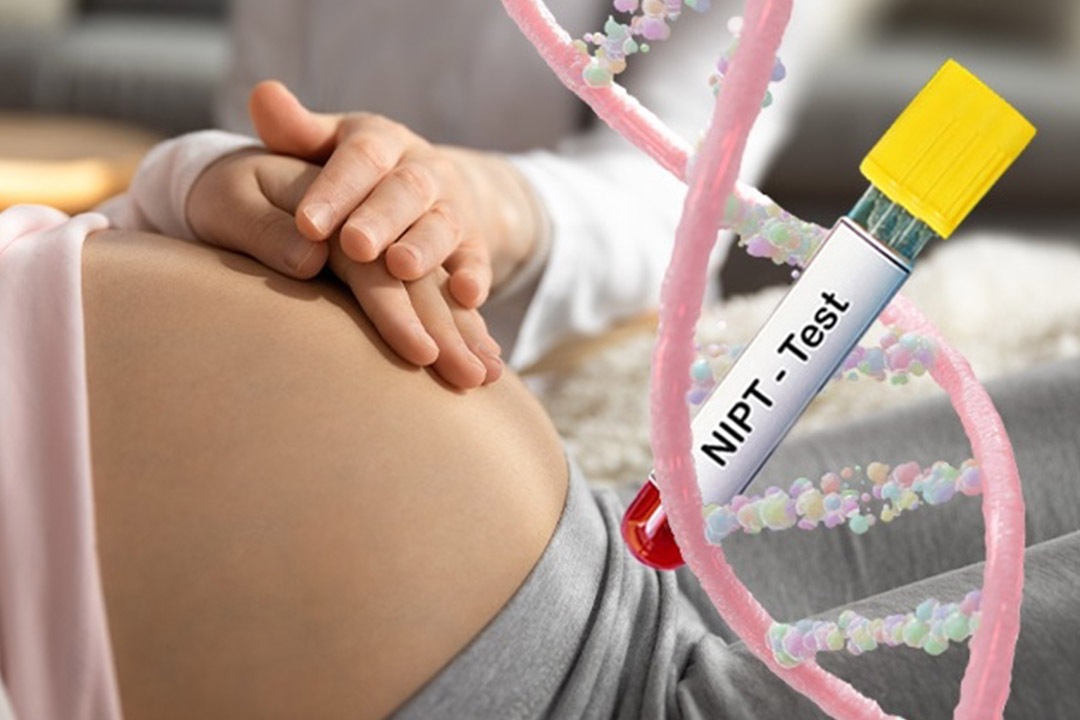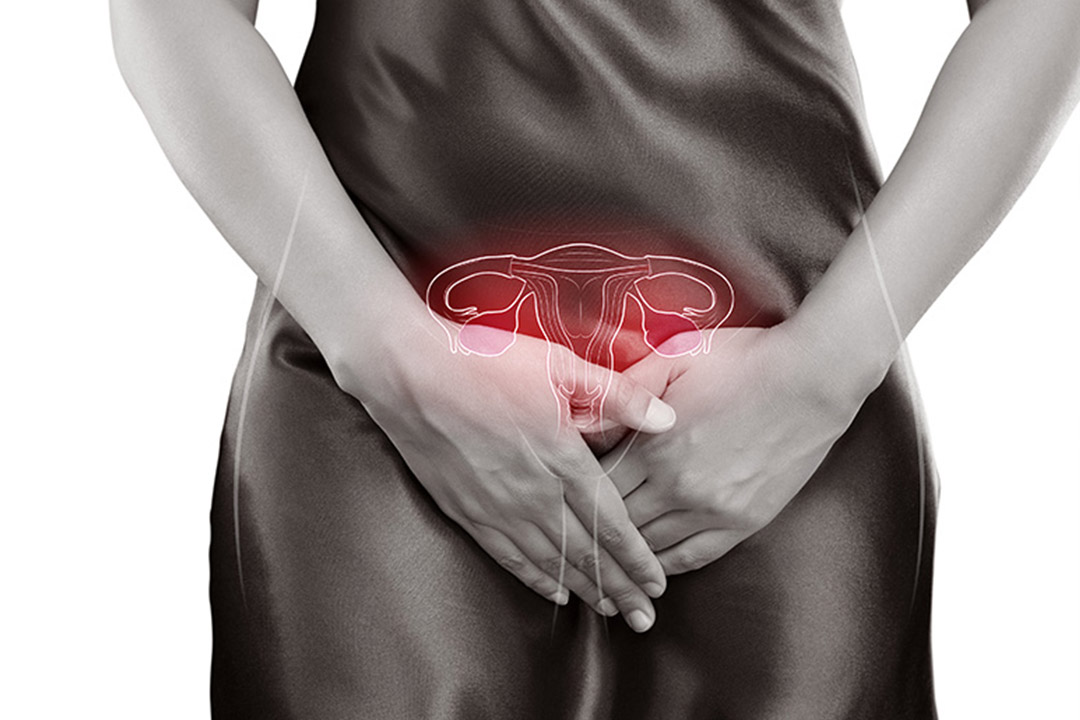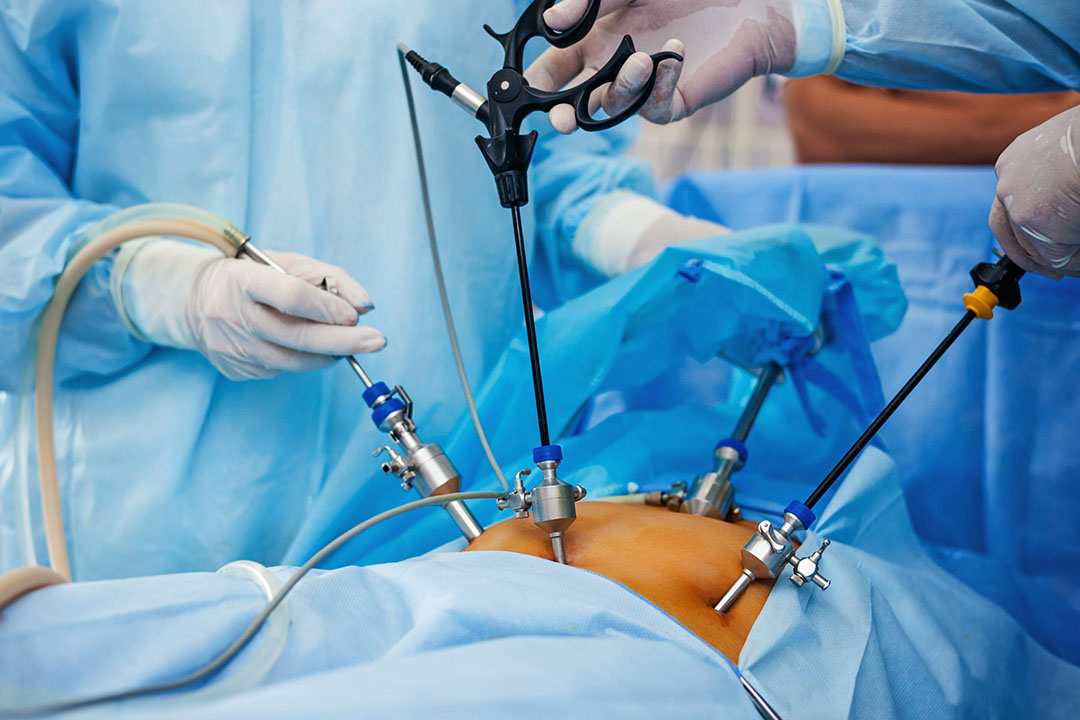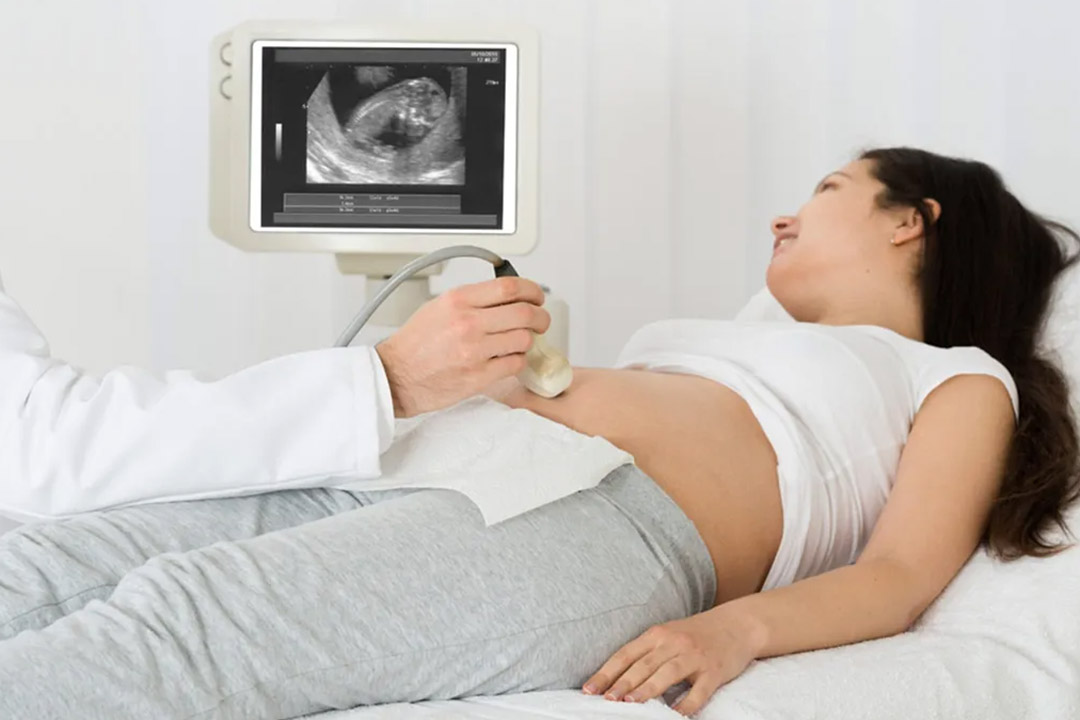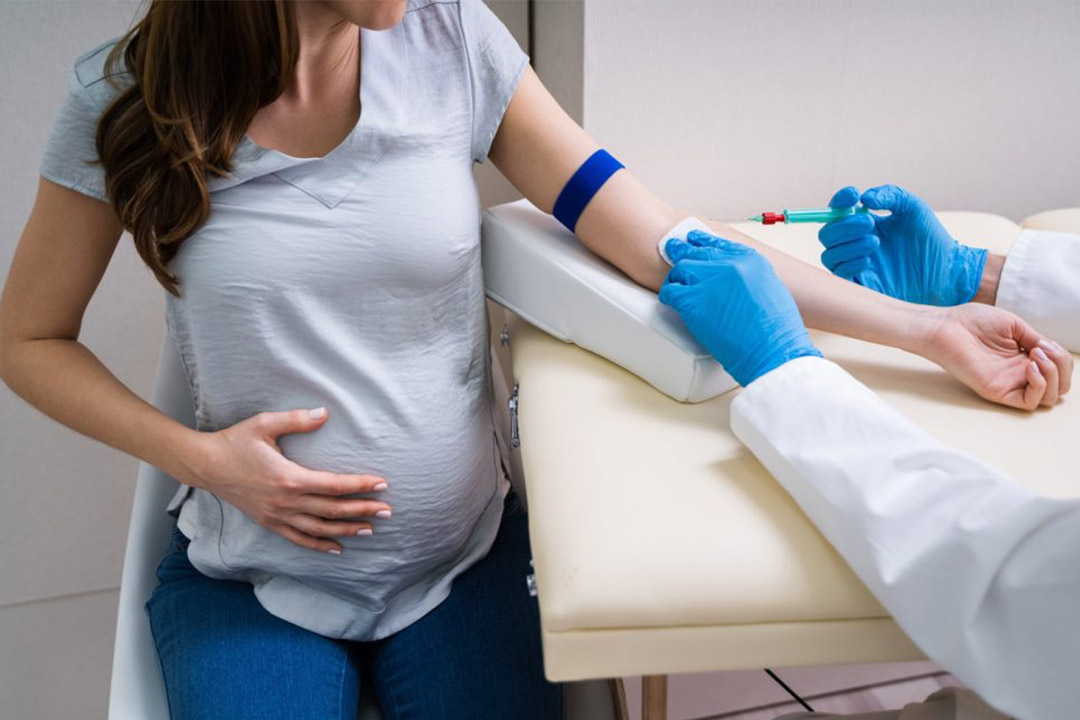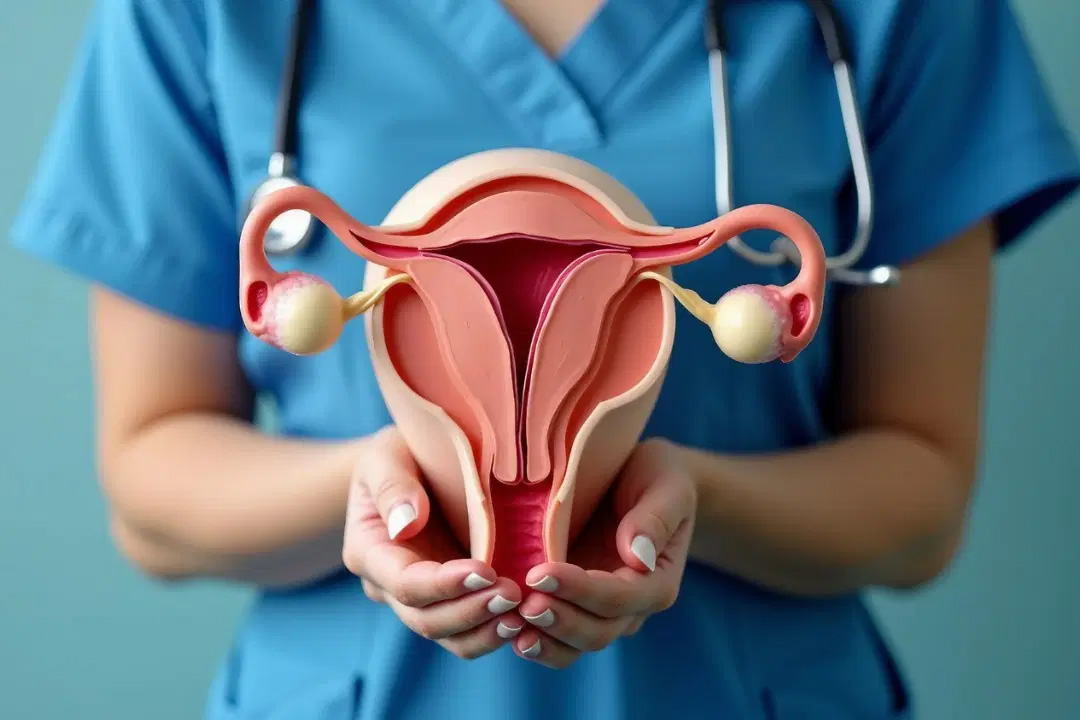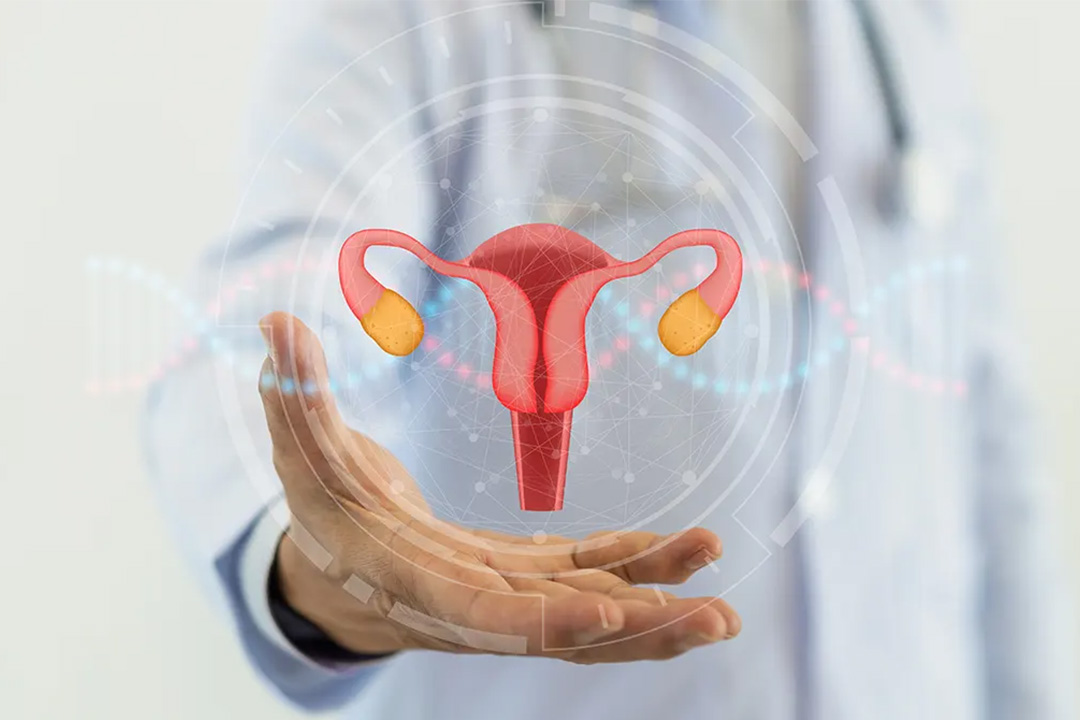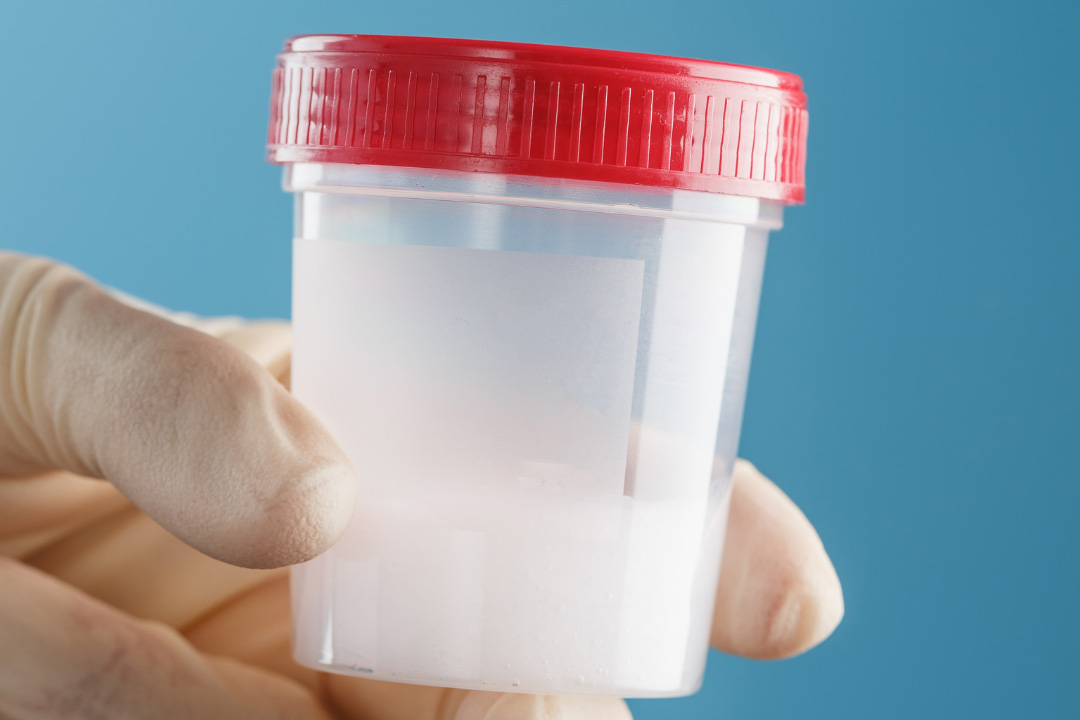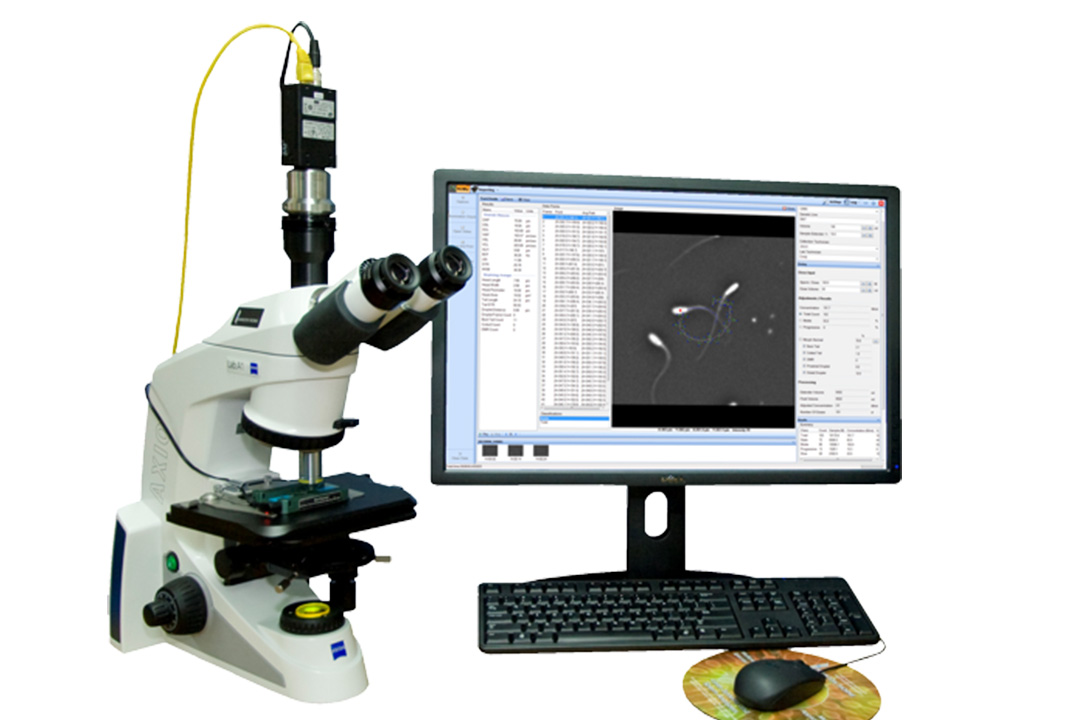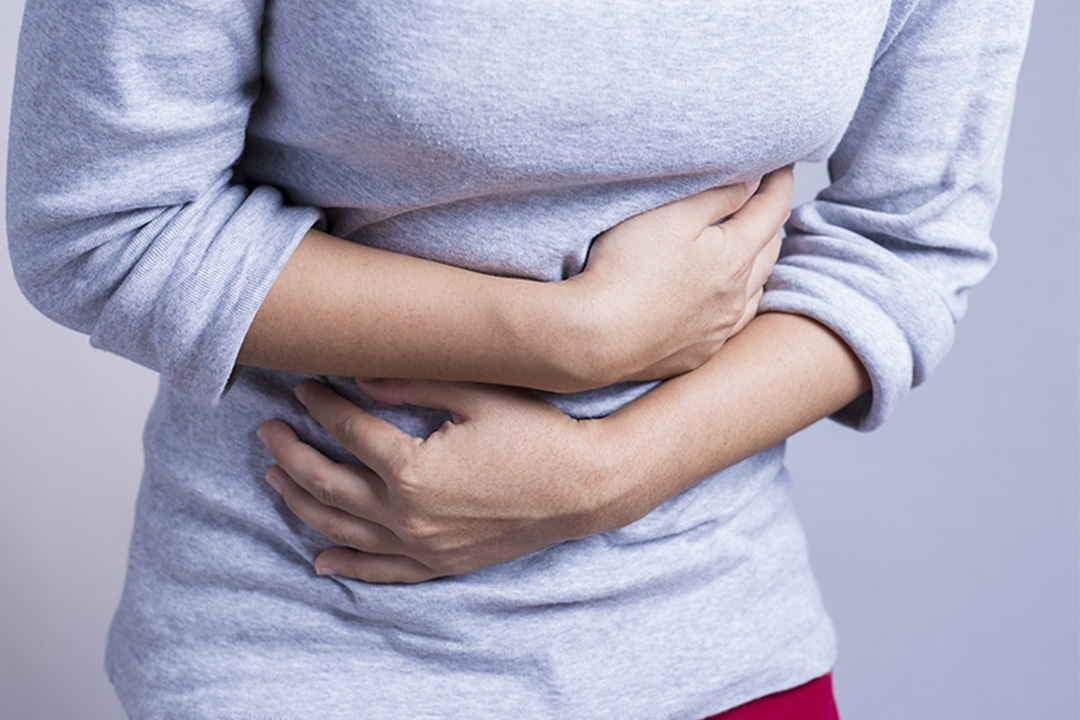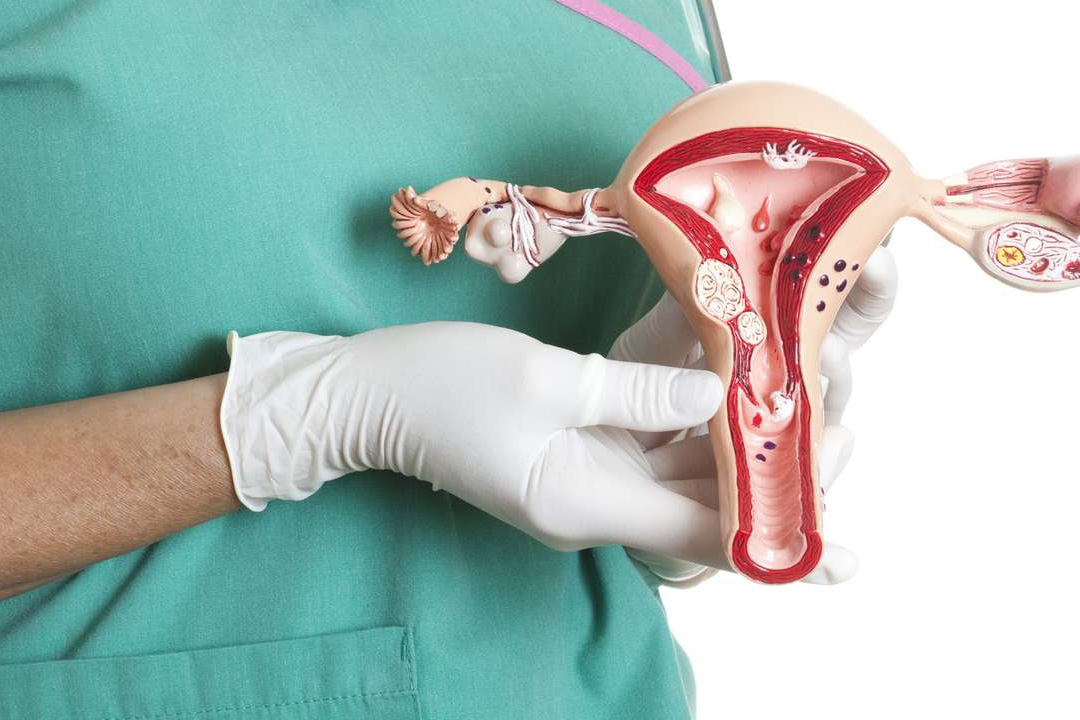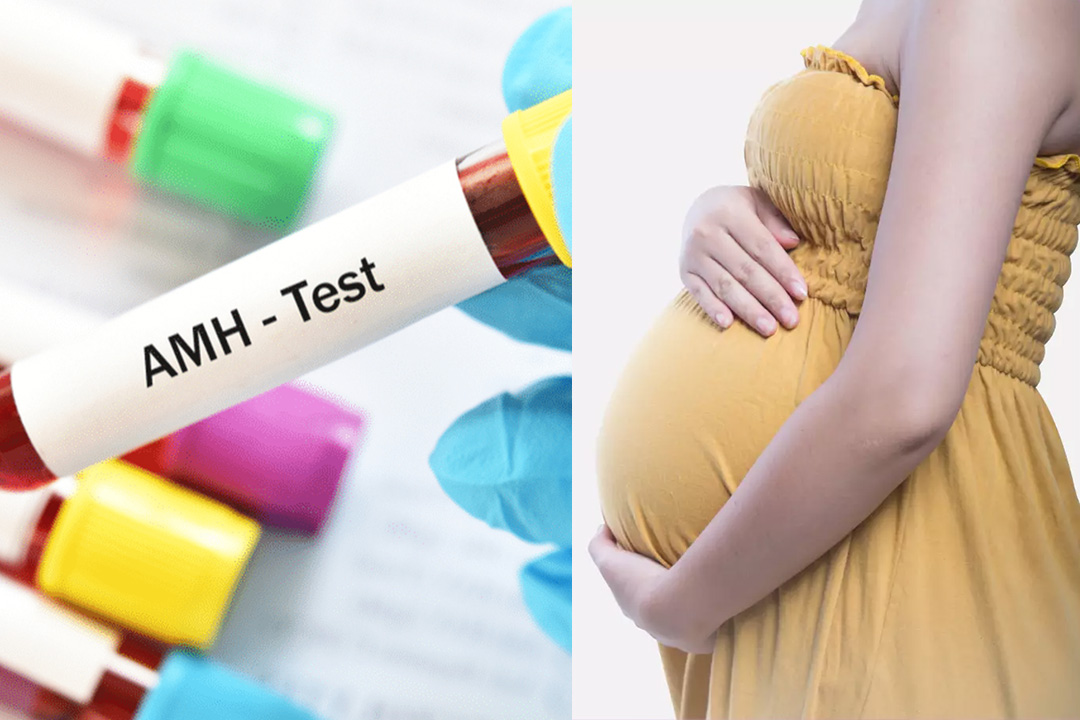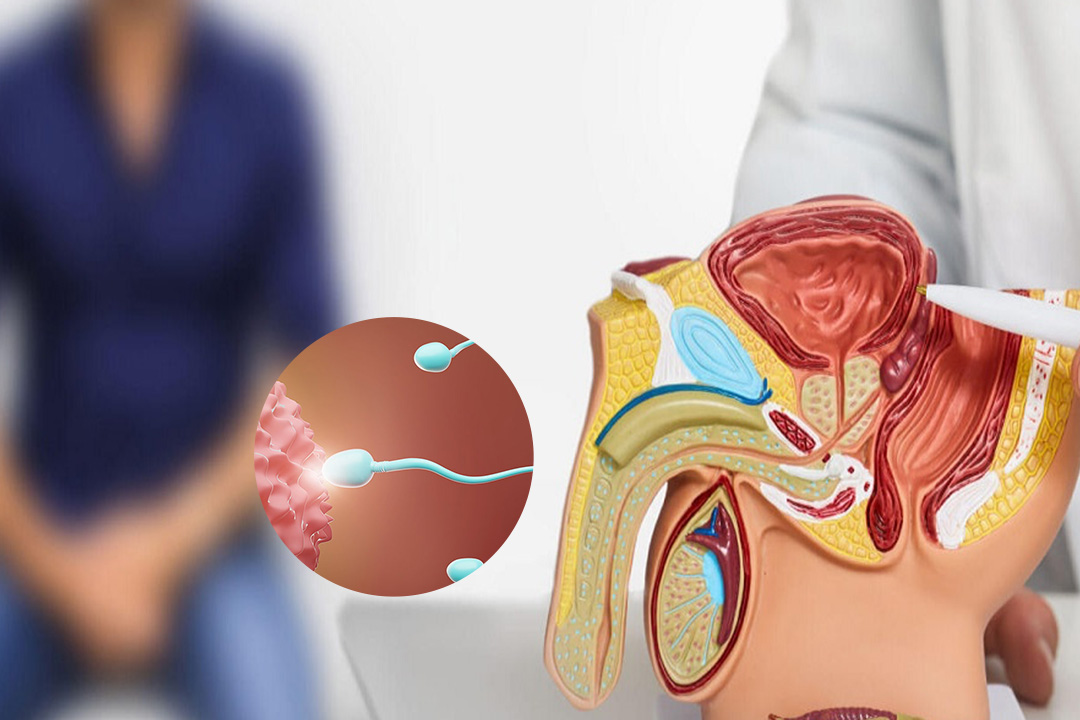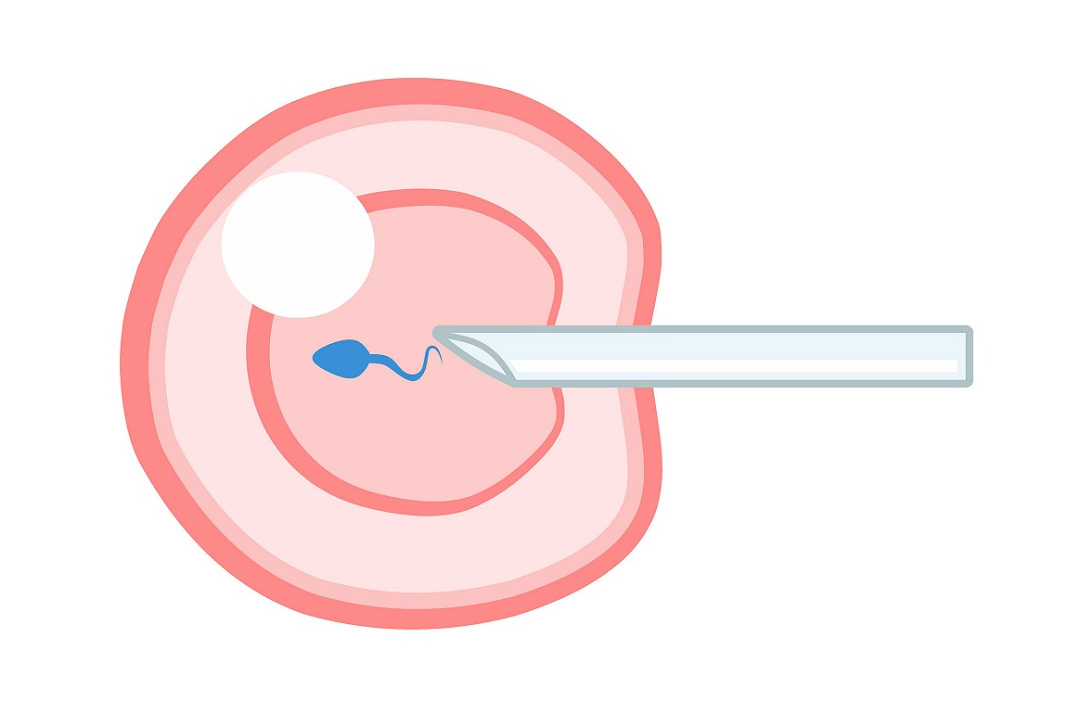IVF for Women Over 40: Everything You Need to Know
Starting or growing your family in your forties is no longer rare, it’s a realistic choice thousands of women make every year. But it is not easy due to factors like egg supply, hormone levels, and uterine conditions when all decline with age.
In-vitro fertilisation (IVF) steps in to bridge that gap, yet the road is difficult and lined with extra decisions like mild versus standard stimulation, own eggs versus donor eggs, genetic testing, lifestyle tweaks, budget planning, and emotional self-care.
This article will aim to explain all the important aspects so you can talk to your doctor or partner with facts, realistic expectations, and a clear sense of what comes next.
Why Pregnancy Becomes Difficult after 40?
The older you get, the more your body changes with respect to the following:
- Egg quantity: You’re born with a fixed stock of oocytes. By puberty only about 300 000 remain, and by forty that figure is closer to 10 000. Fewer eggs mean fewer monthly chances.
- Egg quality: Decades of cell aging raise the risk of chromosomal errors. Older eggs are more likely to carry an extra or missing chromosome, which can prevent implantation or cause miscarriage.
- Hormonal Changes: A smaller crop of follicles produces less oestrogen and progesterone. Cycles turn irregular, ovulation may skip altogether, and the uterine lining can thin.
- Uterine changes: Blood flow declines slightly with age, immune signals shift, and the inner surface may be less receptive even when a healthy embryo is available.
Which Tests are Useful and Important?
AMH, antral-follicle count, and baseline FSH together give an accurate picture.
- AMH (Anti-Müllerian Hormone): Secreted by early follicles and measured at any point in the cycle. Lower values signal diminished reserve.
- Antral-follicle count (AFC): A vaginal ultrasound on day 2 or 3 tallies small resting follicles in each ovary. Counts under five per ovary suggest lower response to stimulation.
- Baseline FSH and estradiol: Blood drawn on day 2 or 3; high FSH and high estradiol mean the pituitary is working overtime to activate ovaries.
A single result never tells the whole story, but together they inform drug dosages, protocol choice, and whether donor eggs should be considered as an option.
What Makes IVF Different for Women in their Forties?
IVF includes months of natural chances into one carefully controlled cycle especially when each year success rates keep declining. The procedure includes:
- Ovarian stimulation yields multiple mature eggs rather than the usual single ovulation.
- Egg retrieval captures those eggs before ovulation can waste them.
- Laboratory fertilisation provides an ideal environment free of age-related uterine factors.
- Embryo culture and optional genetic testing let clinicians choose the healthiest embryo.
- Synchronized transfer places that embryo into a hormonally primed uterus at the exact window of receptivity.
What Success Rates can you realistically expect in women over 40?
Plan on roughly 20 % live-birth per cycle at 40, about 10 % at 42, and under 5 % at 44. Running two or three back-to-back cycles can raise cumulative odds to 40–50 % at 40, but the curve falls sharply each year.
Remember, these are averages. Lab quality, sperm factors, and your overall health can nudge the figure up or down.
When do Donor Eggs become the Stronger Option?
Success rates jump to around 50 % per transfer at any maternal age when donor eggs are used.
Donor eggs come from healthy women typically in their twenties. Their chromosomal integrity and metabolic vigor make embryo formation and implantation far more likely.
If AMH is very low, previous cycles have failed, or you are over 43, most clinics recommend adding donor eggs to the conversation.
Which Stimulation Protocol gives the Best Balance of Egg number and Quality?
Different stimulation protocols work in different ways, they are as follows:
- Standard (high-dose) protocol: Targets 10–15 eggs but risks ovarian hyper-stimulation syndrome (OHSS) and may not improve live-birth rates when egg quality is the main barrier.
- Mild or “soft” protocol: Uses lower drug doses, aims for 4–8 eggs, and often produces embryos with fewer chromosomal errors.
- Mini-IVF / natural-cycle IVF: Relies on a tiny dose or none at all to capture the strongest naturally selected follicle; useful when reserve is extremely low or cost is a concern.
Personalised dosing based on AMH and AFC data keeps the cycle efficient and safe.
Can Advanced Lab Tech Increase IVF Success Rates?
Time-lapse imaging, assisted hatching, and pre-implantation genetic testing (PGT-A) each add a small but measurable edge.
- Time-lapse imaging: Embryos stay inside an incubator fitted with a camera; every cellular division is recorded, letting embryologists pick the most robust without disturbing growth.
- Assisted hatching: A laser thins the outer shell (zona pellucida) of the embryo, useful when the shell is thicker and common in older eggs so implantation can happen more easily.
- PGT-A (chromosomal screening): A few cells from a day-5 embryo are analysed so only chromosomally normal embryos are transferred, reducing miscarriage and time to pregnancy.
None of these tools guarantee success, but stacking small advantages can move the needle, especially when every embryo counts.
How Can You Boost Egg and Embryo Quality Before Treatment?
Start lifestyle upgrades at least three months prior, because an egg’s final maturation period lasts roughly 90 days.
- Nutrition: Colourful produce, omega-3-rich fish twice a week, whole grains, and nuts provide antioxidants and healthy fats vital for cell membranes.
- Supplements (doctor-approved): CoQ10 (ubiquinol form), DHEA in low doses, vitamin D, and a prenatal multivitamin.
- Exercise: Moderate activity weekly enhances insulin sensitivity and pelvic blood flow.
- Stress management: Meditation, yoga, or even a ten-minute breathing routine can lower cortisol, which otherwise interferes with ovulation and implantation.
- Environmental detox: Quit smoking, reserve alcohol for special occasions, swap plastic water bottles for stainless steel, and use toxin-free cleaning products.
What health risks come with pregnancy after IVF in your forties, and how are they managed?
Risks such as gestational diabetes, pre-eclampsia, pre-term birth, and caesarean delivery do increase but proactive screening and single-embryo transfer keep them well within manageable ranges.
- Before pregnancy
Glucose tolerance, thyroid panel, blood-pressure check, and sometimes cardiac evaluation. - During pregnancy
Early anatomy scan, additional glucose screening, and blood-pressure monitoring. Low-dose aspirin may be prescribed to lower pre-eclampsia risk. - Delivery planning
Many obstetricians suggest elective caesarean if fibroids, placenta issues, or prior surgeries pose extra danger, but vaginal birth remains possible for many women.
Cost of IVF after 40?
The cost of IVF after 40 in India can range from ₹1.5 to ₹5 lakhs or more per cycle, depending on various factors.
This includes the basic IVF procedure, medications, diagnostic tests, and additional treatments.
Women over 40 may need additional procedures like donor eggs or genetic testing, which can increase the overall cost. Factors Influencing IVF Cost:
- Clinic Location: IVF costs can vary between metro and non-metro cities, with metro cities generally having higher costs.
- Clinic Reputation and Technology: Clinics with advanced technology and high success rates may charge more.
- Required Procedures: Basic IVF, ICSI, donor eggs, genetic testing, and other add-on procedures will all contribute to the final cost.
- Number of Cycles: The chances of needing multiple IVF cycles increase with age, impacting the total cost.
Money-saving tips
- Ask about multicycle or refund packages.
- Check employer insurance or wellness benefits.
- Compare local versus metro clinics; lab quality must still be high.
- Use generic medications when your doctor agrees.
- Plan non-medical costs (travel, hotel, childcare) ahead of time.
Frequently Asked Questions
I’m turning 40, should I go for IVF?
Not unless you have blocked tubes, very low AMH, or severe male-factor infertility. Most couples try timed intercourse or intra-uterine insemination first.
Is it safe to do IVF after 40?
IVF is the preferable treatment in patients above 40 years of age as it is far more successful, and time is important as ovarian reserve declines significantly with time.
How many IVF cycles will I need after 40?
Plan mentally and financially for two to three cycles; some succeed on the first, others need four or more.
Will IVF drugs make me gain permanent weight?
Most weight gain is water retention and fades within one or two cycles. Balanced eating and moderate exercise help.
Is there any way to choose twins?
Clinics strongly advise single-embryo transfer to reduce medical complications for both mother and babies.
Could I start now, freeze embryos, and carry them later?
Yes. Freezing embryos at 41 and transferring at 44 gives you the biological advantage of the younger eggs.
Does PGT-A guarantee a healthy baby?
It lowers chromosome-error risk but cannot screen every genetic condition. Prenatal care and ultrasounds remain essential.
Is donor egg IVF my only realistic option after 45?
It offers the highest success rate, yet some women still attempt own-egg cycles. The choice depends on medical advice, personal priorities, and budget.
Conclusion
After the age of forty, entering an IVF clinic may be like entering a game of numbers: follicle counts, hormone levels, percentages, and pricing lists.
Those figures are more promising than ever due to developments in donor-egg programs, mild stimulation, and embryo screening.
You may turn the chances into a journey you can manage day by day by adding planned lifestyle changes, a well-defined financial strategy, and strong emotional support.
About Us
AKsigen IVF is a premier center for advanced fertility treatments, with renowned fertility experts on our team. Specializing in IVF, ICSI, egg freezing, and other cutting-edge reproductive technologies, AKsigen IVF is committed to helping couples achieve their dream of parenthood. With personalized care and a patient-first approach, AKsigen IVF provides comprehensive fertility solutions under one roof.








